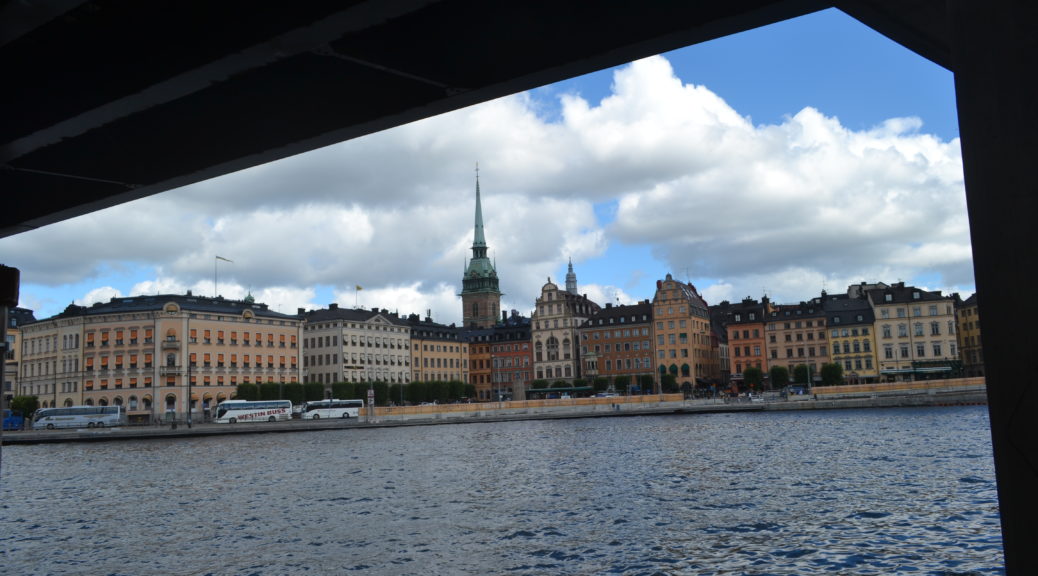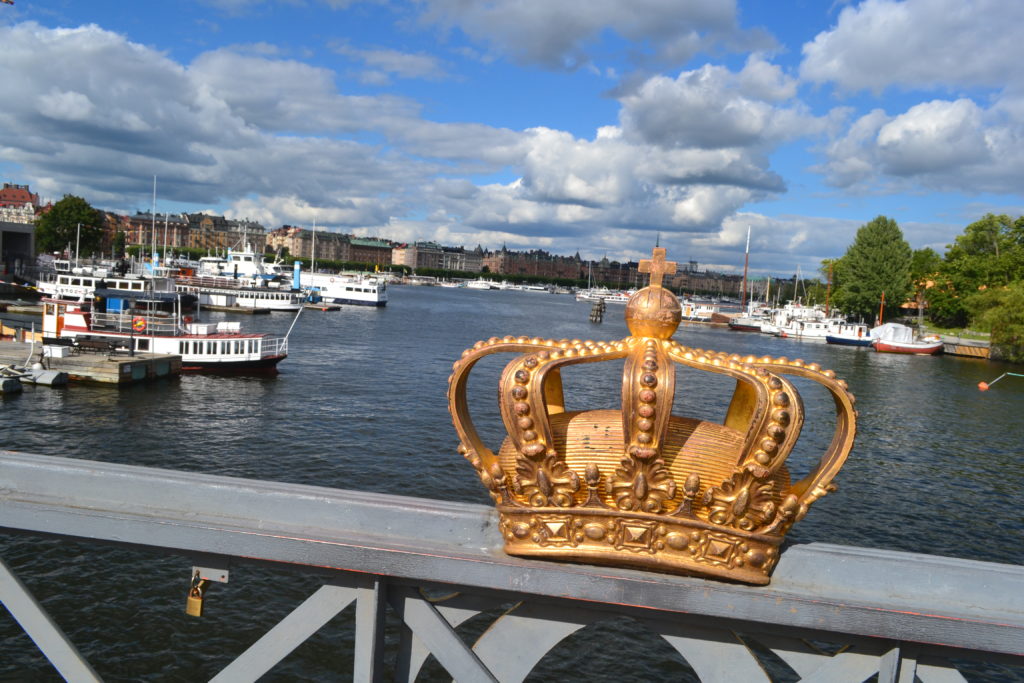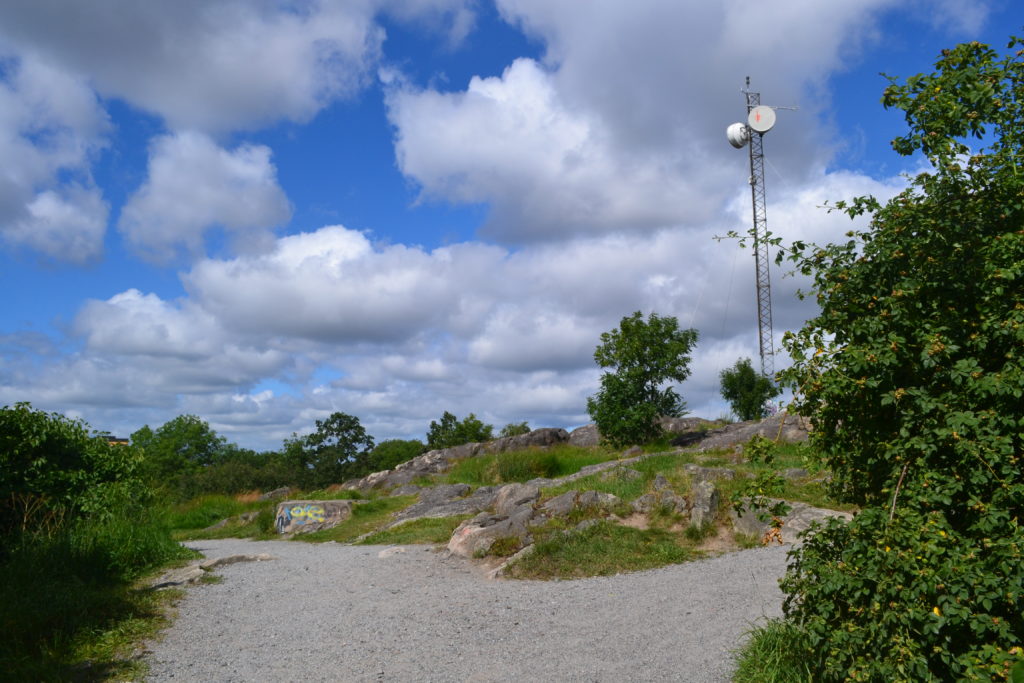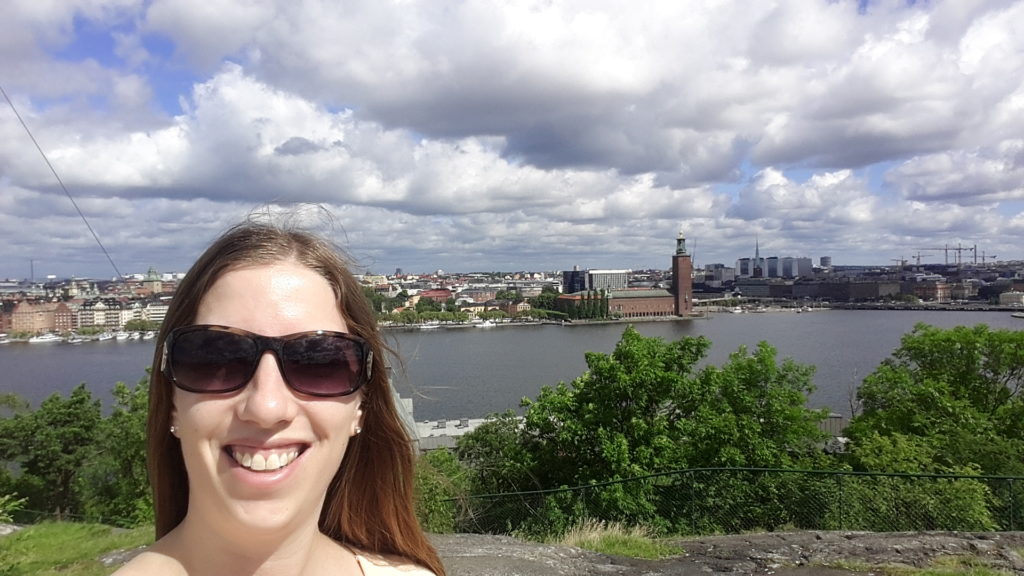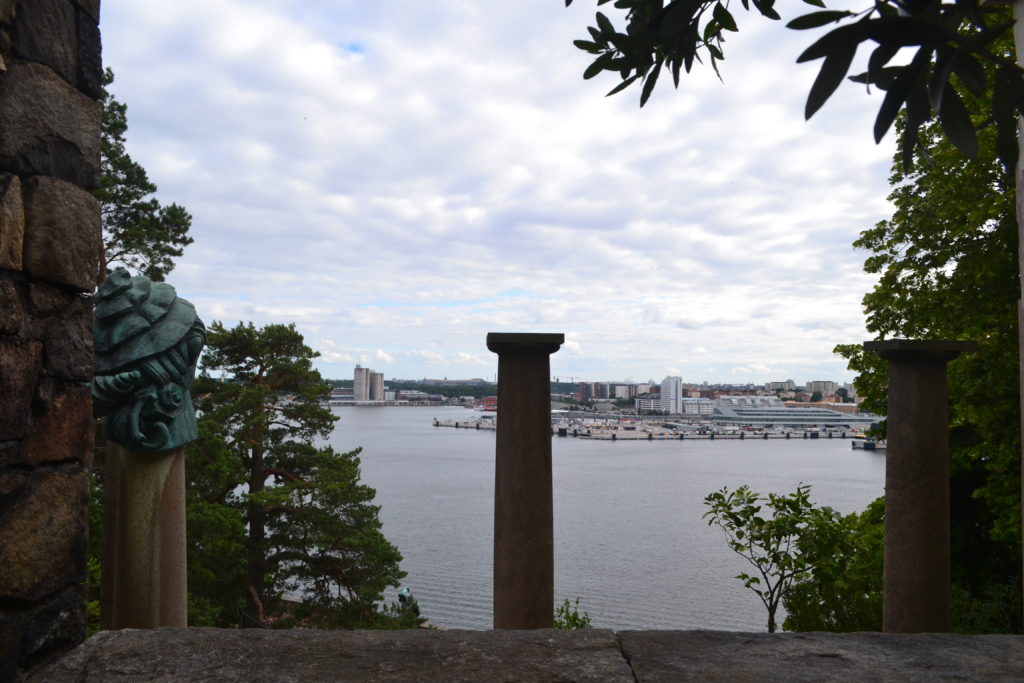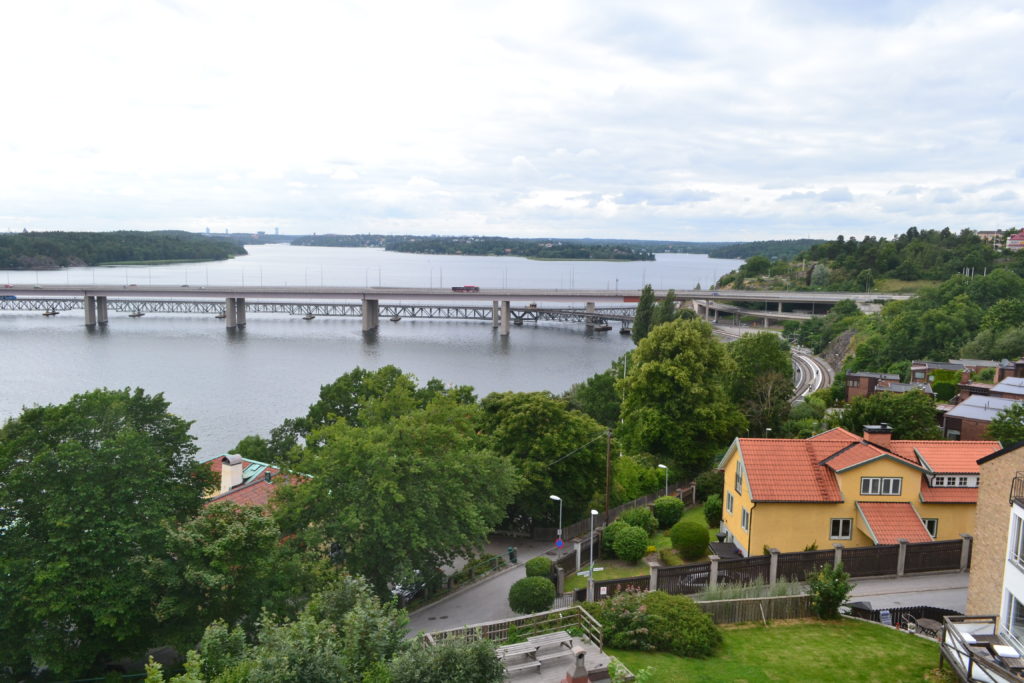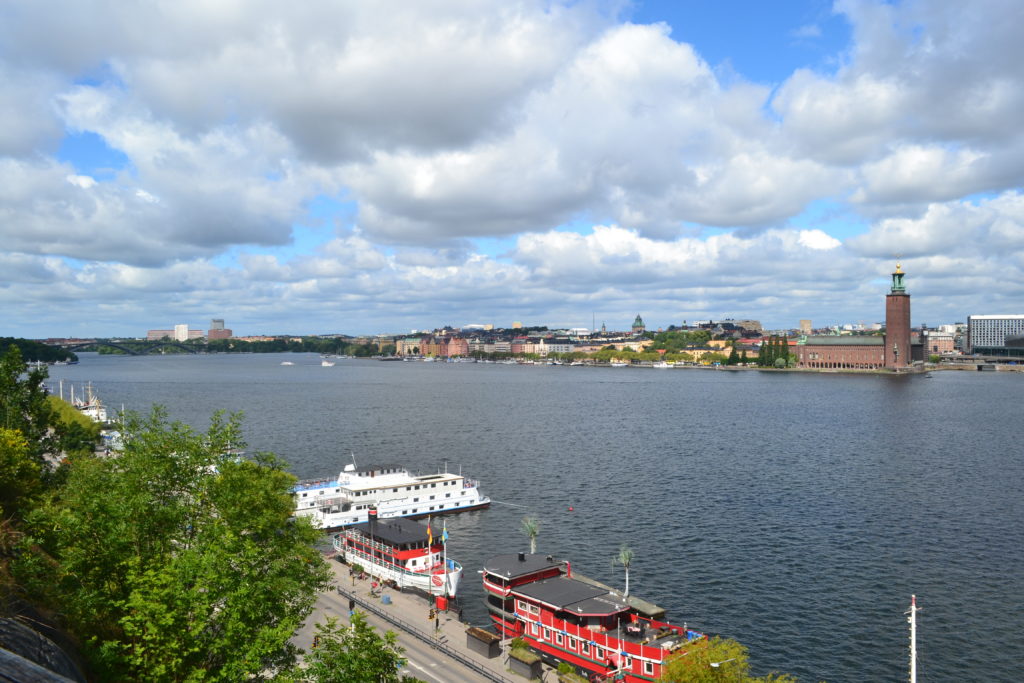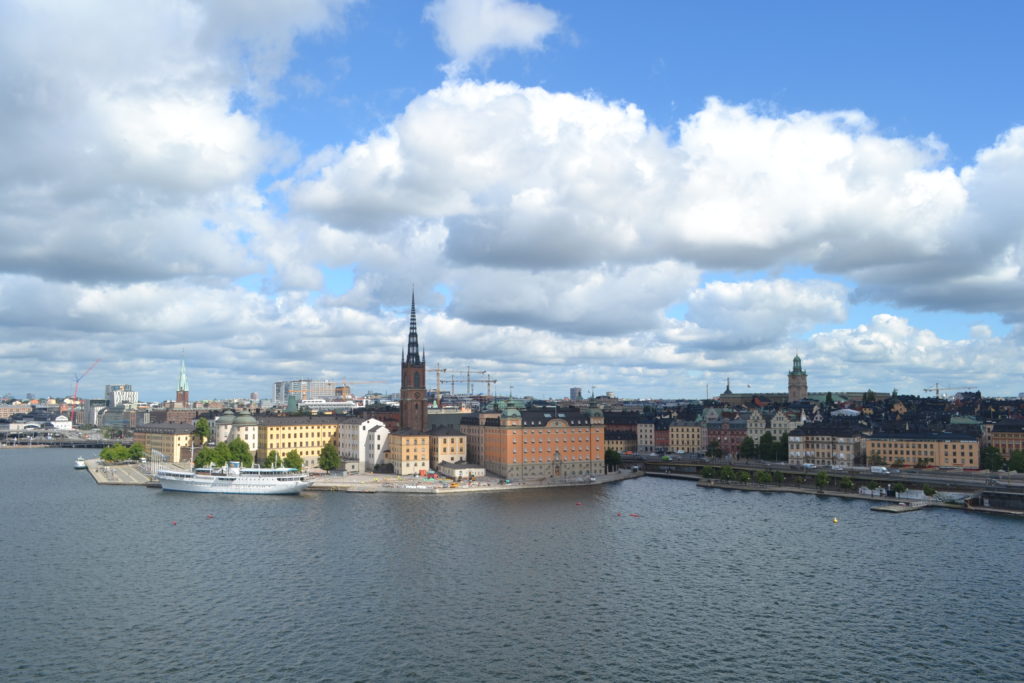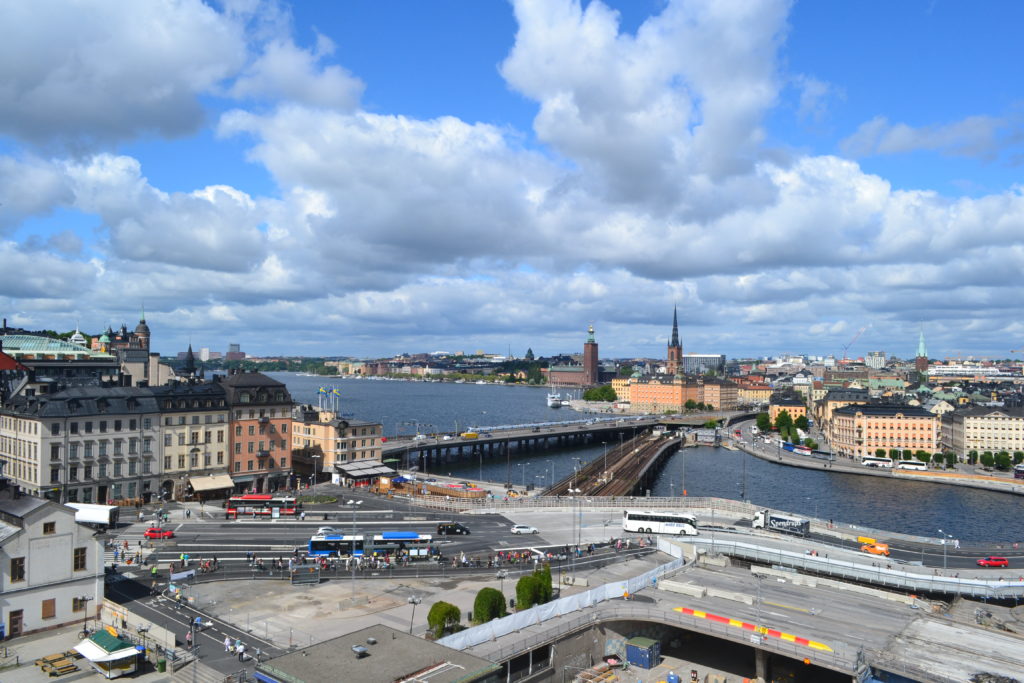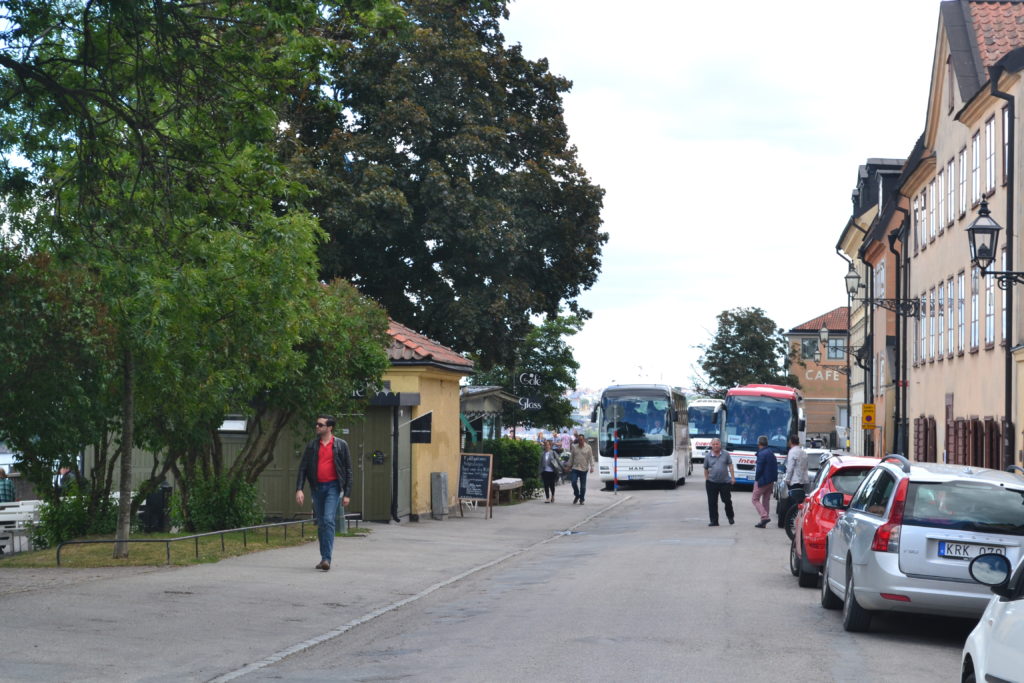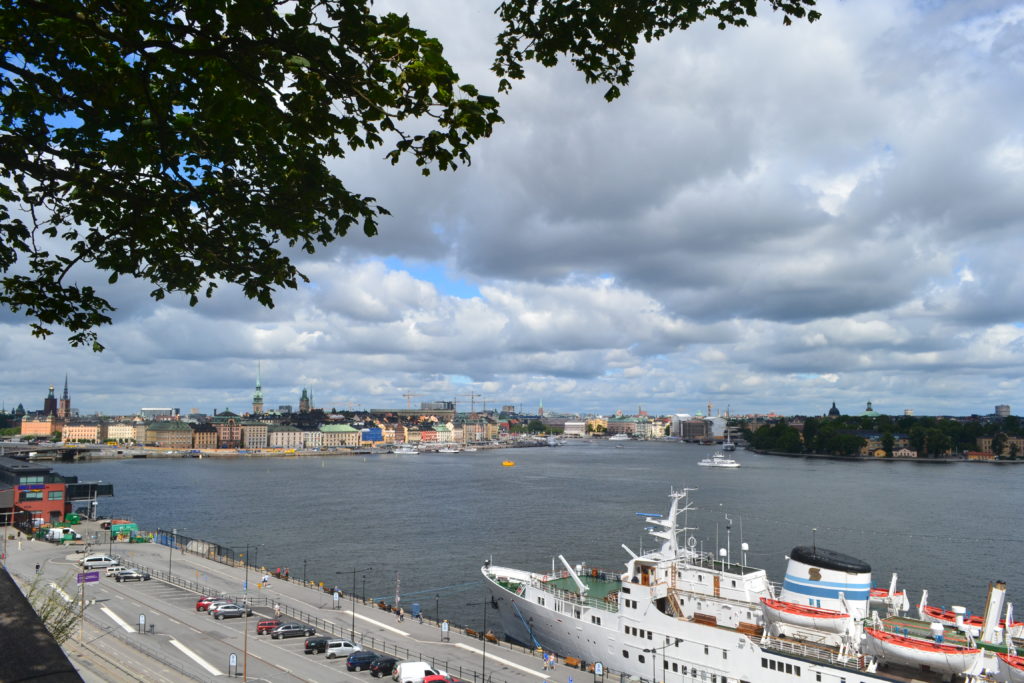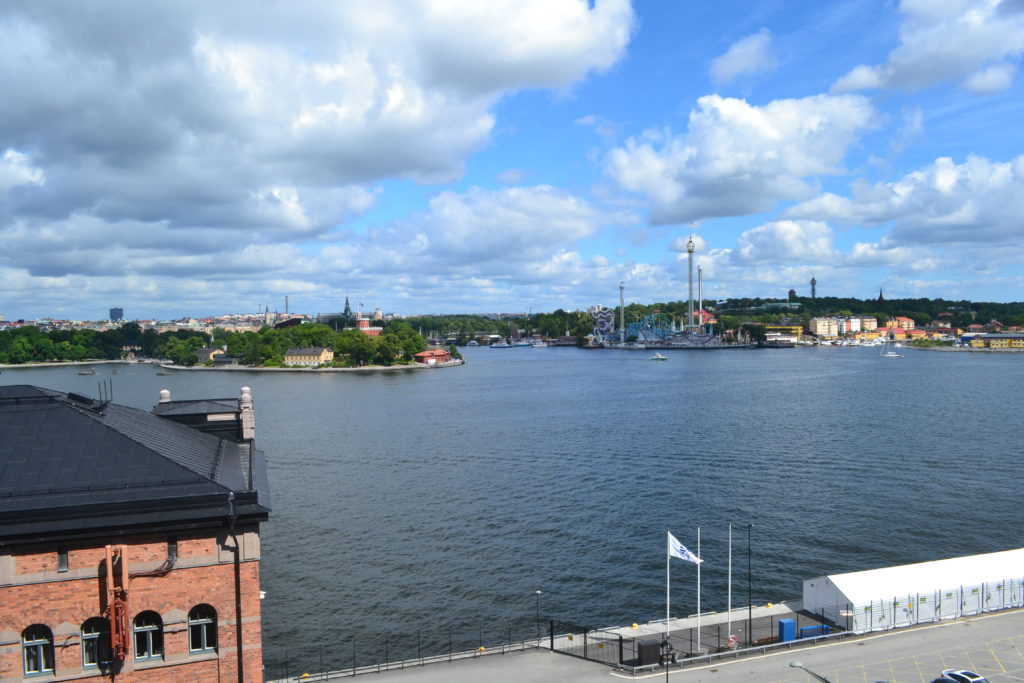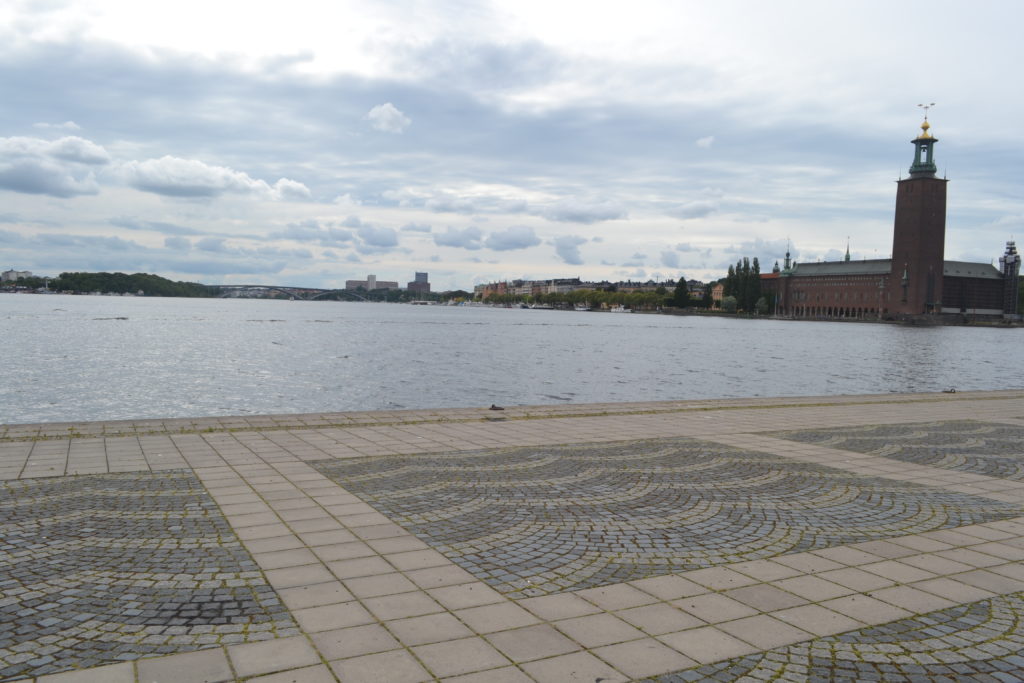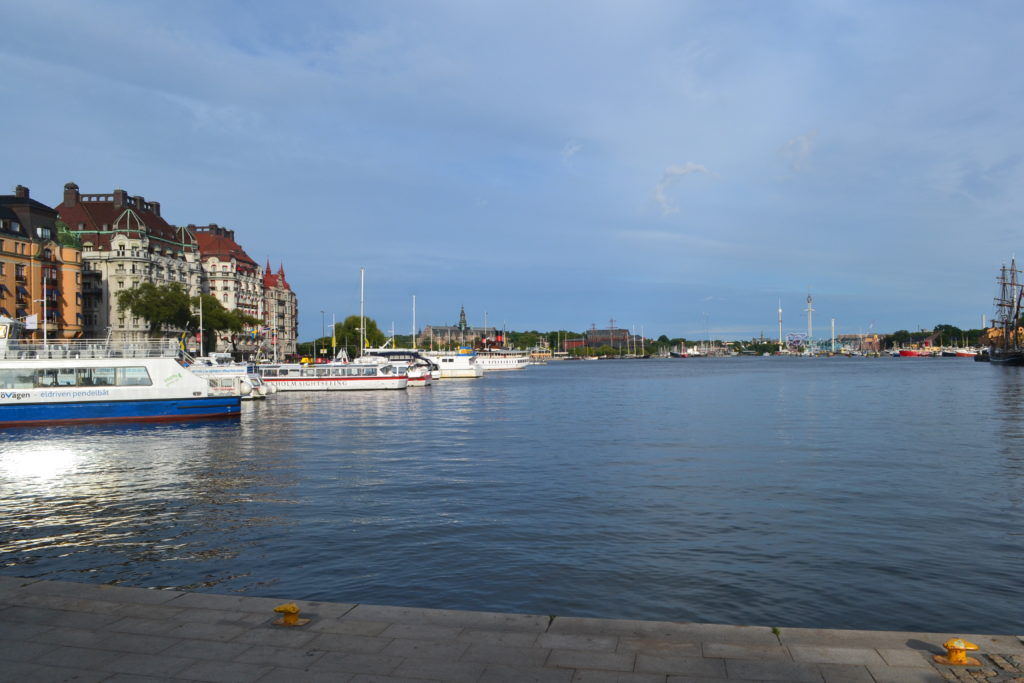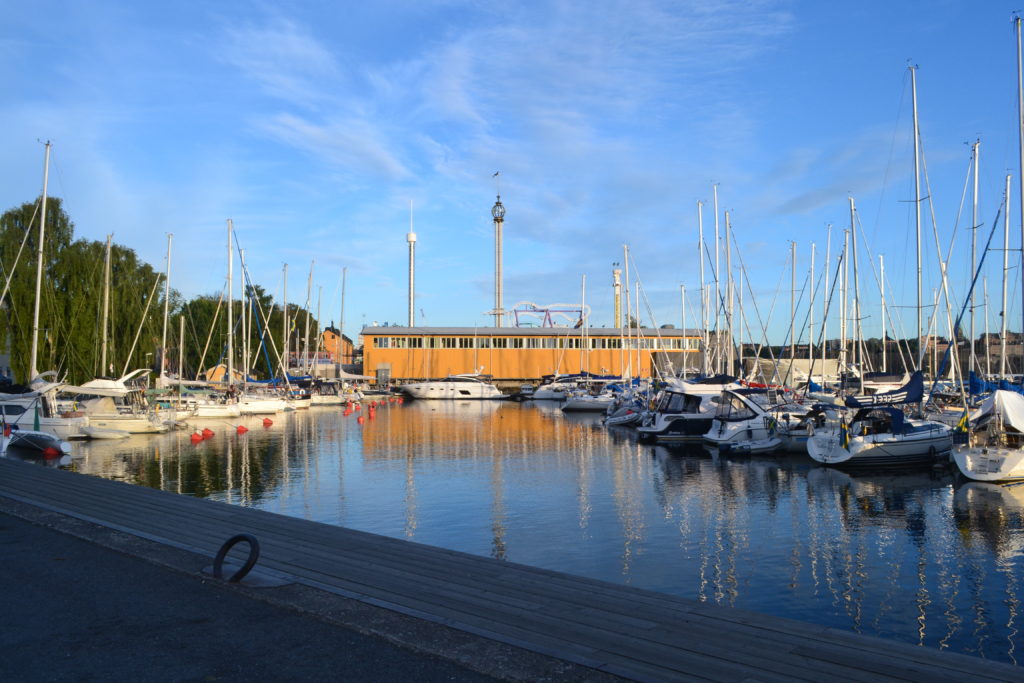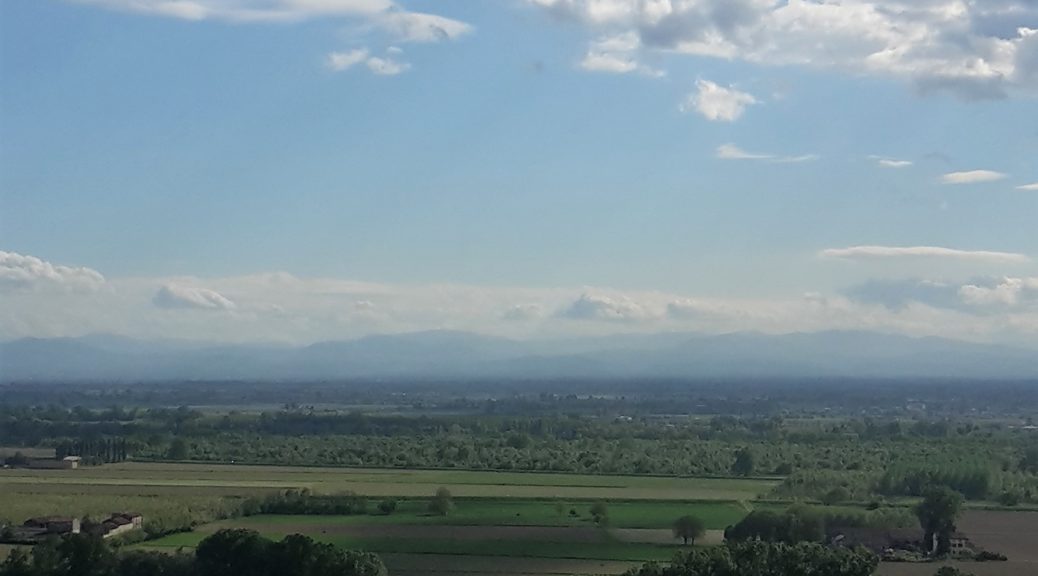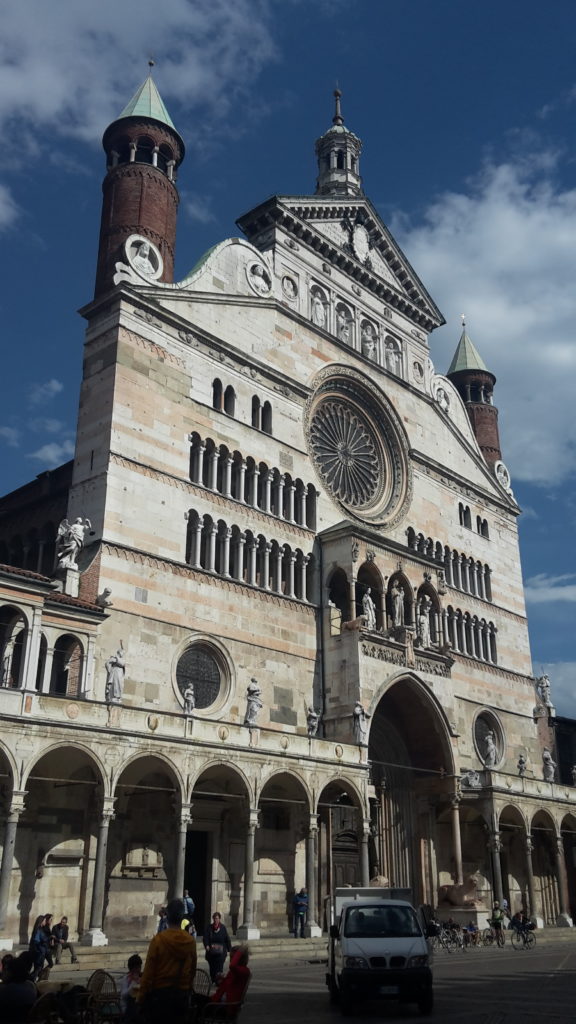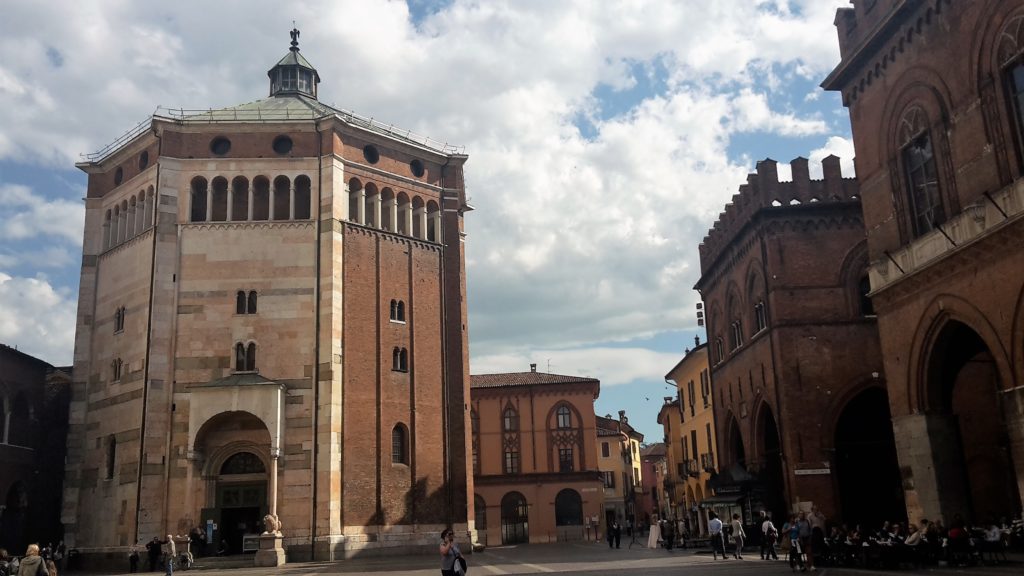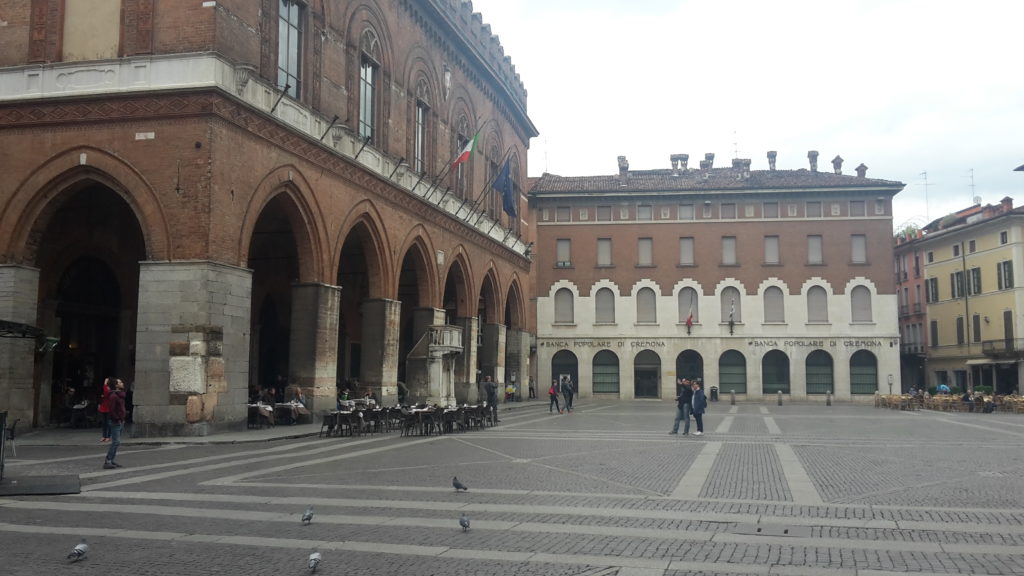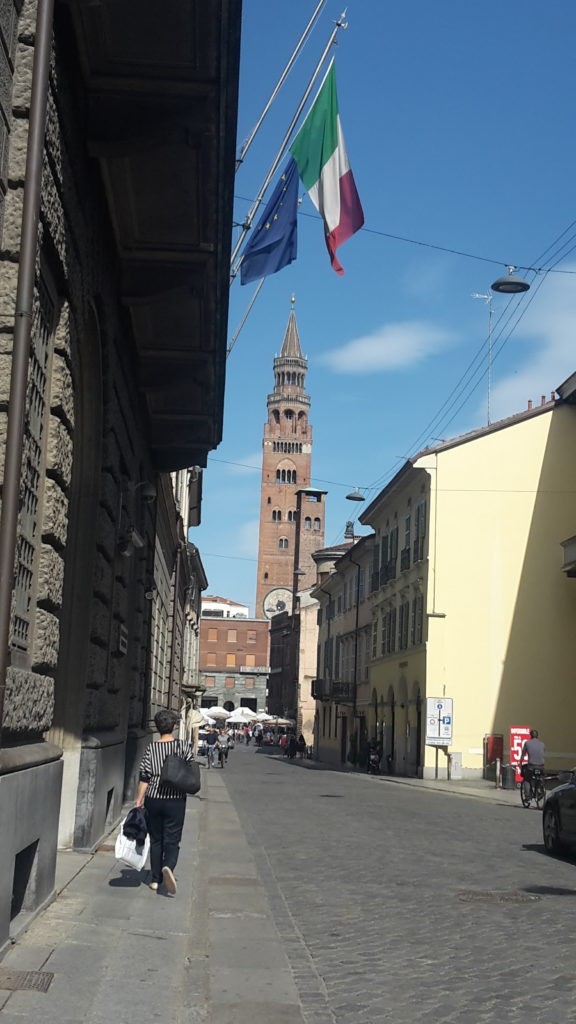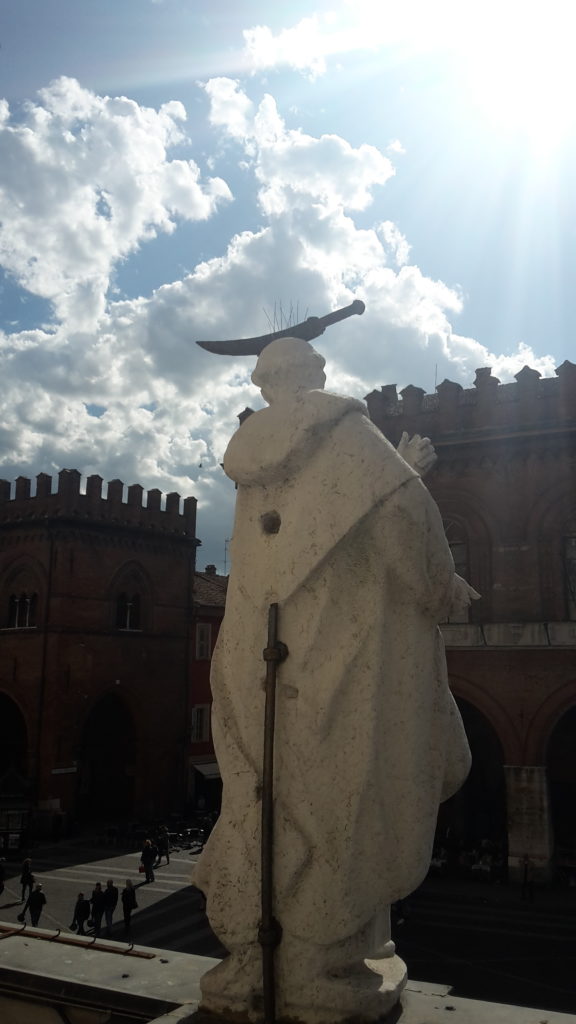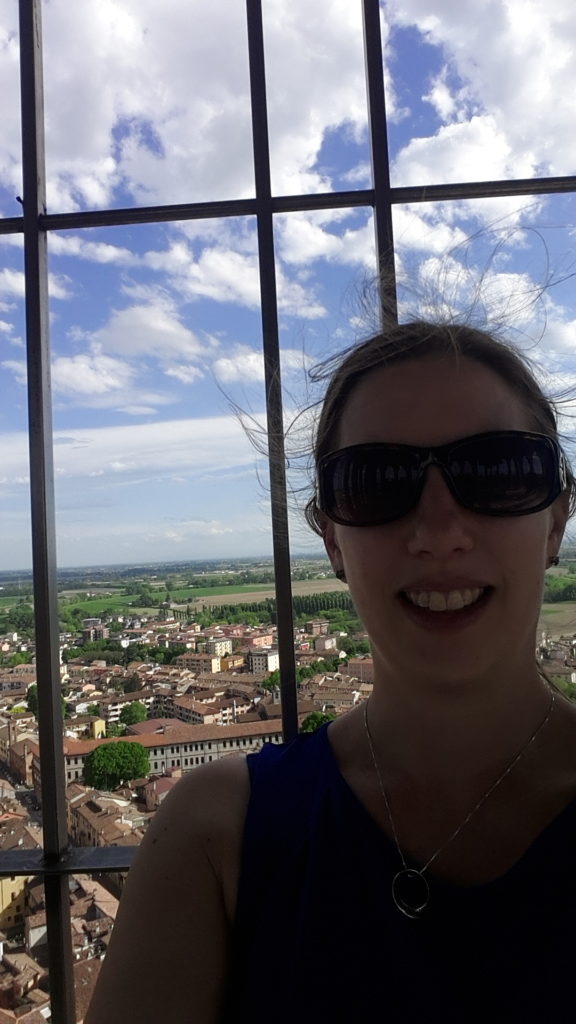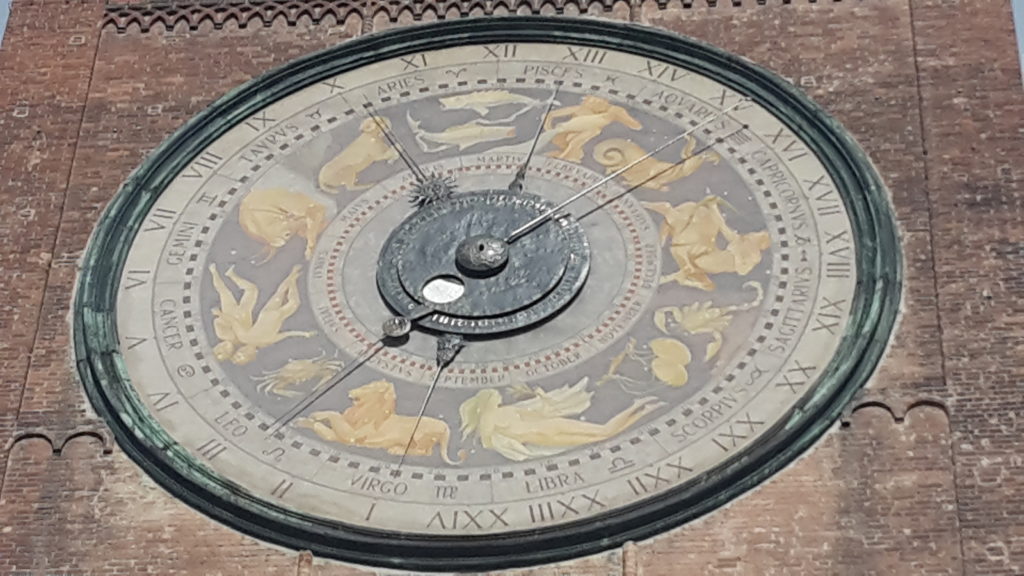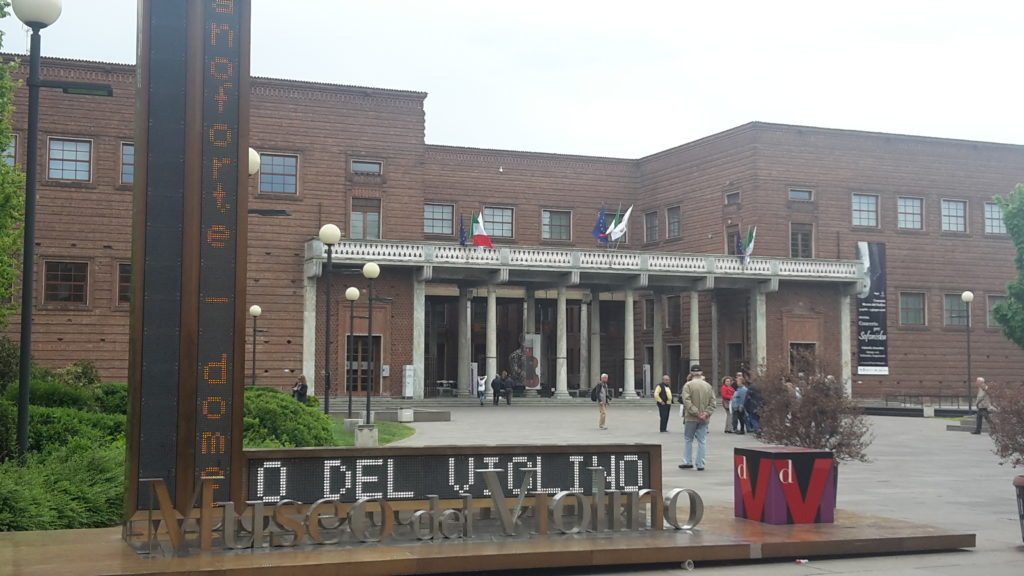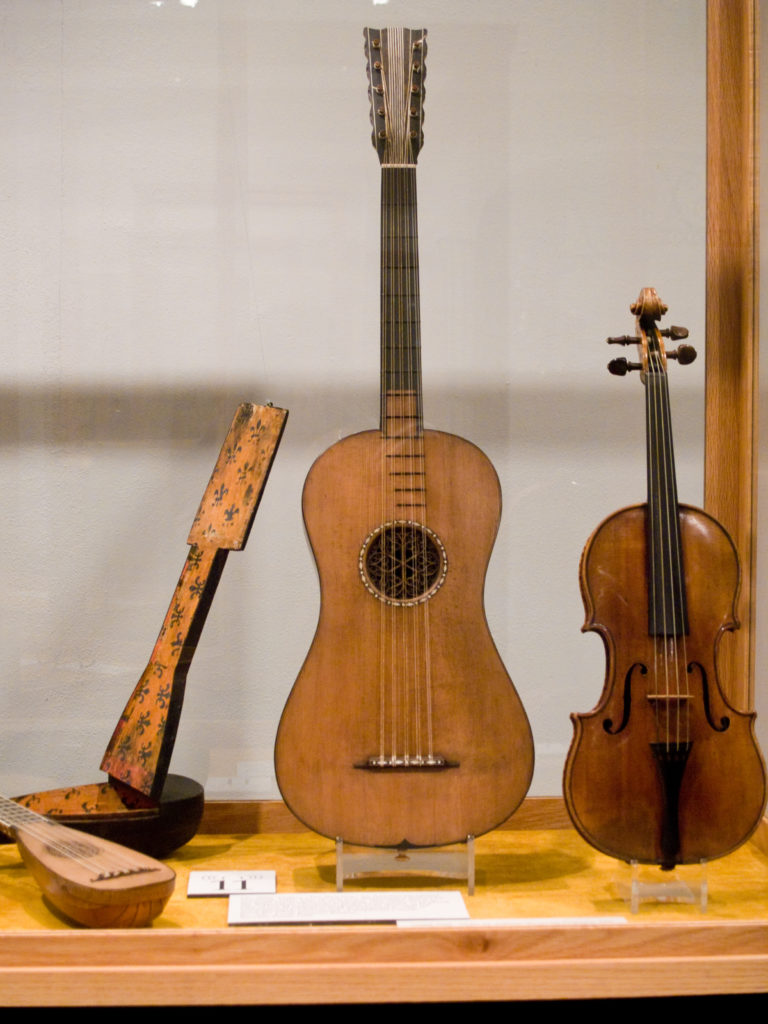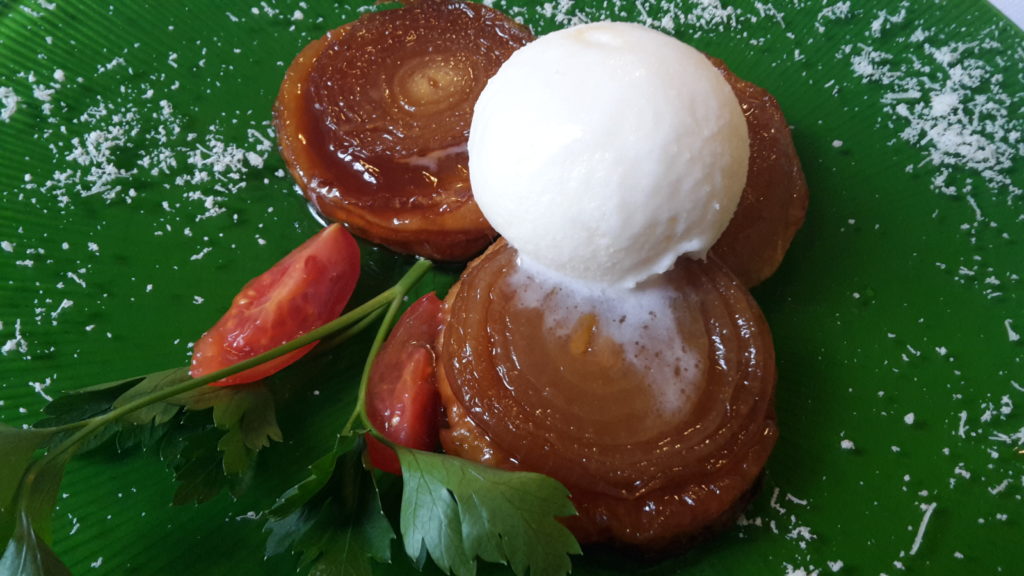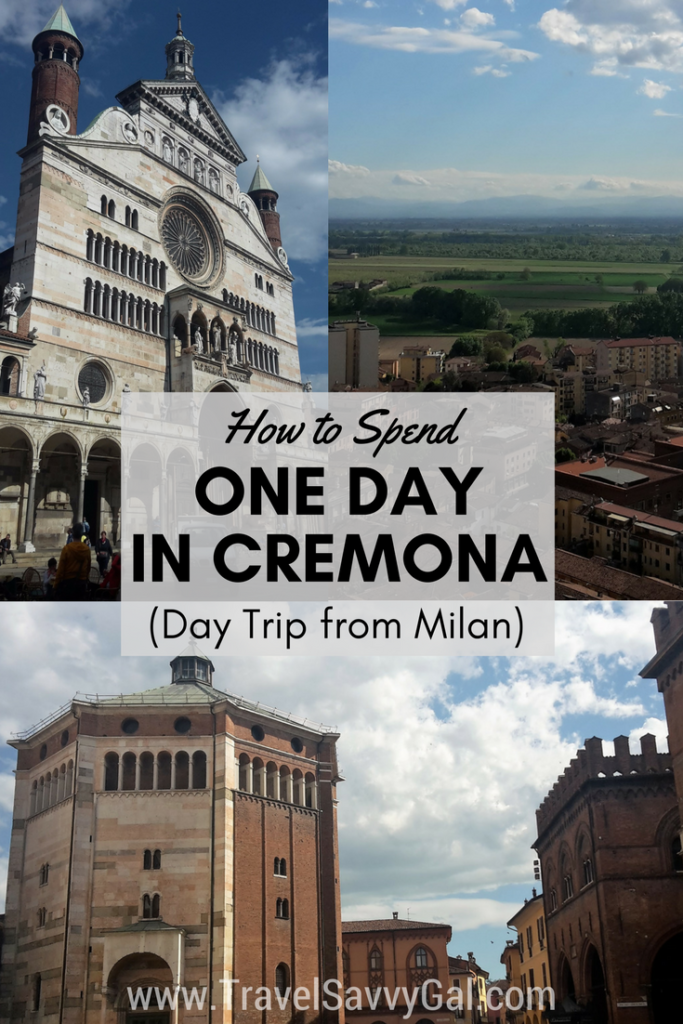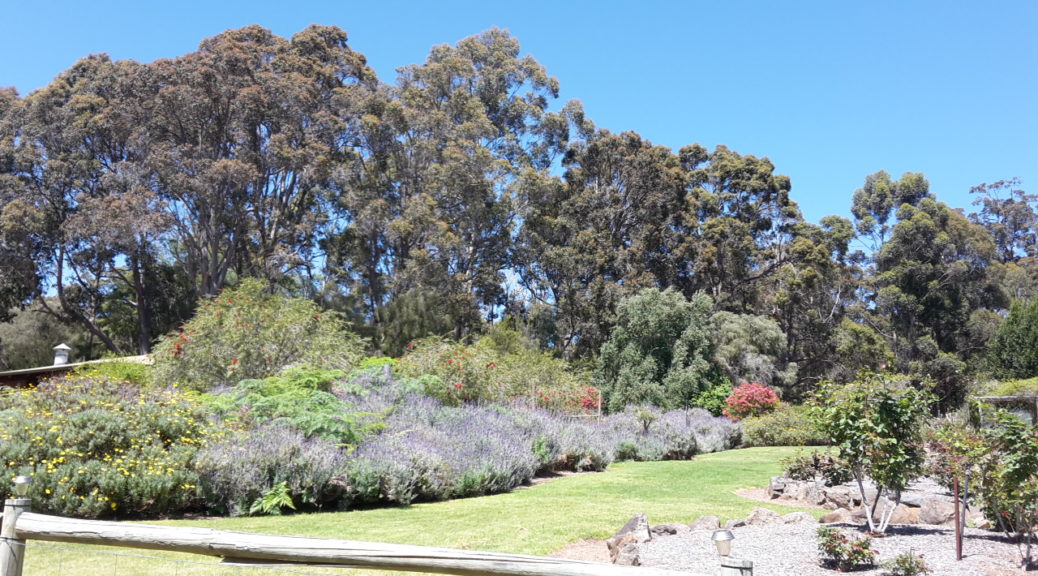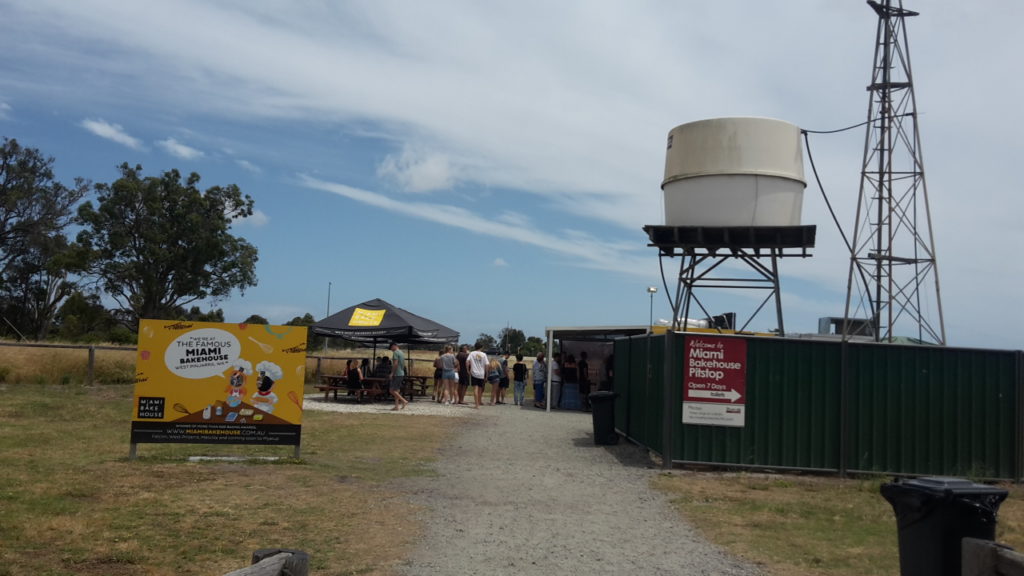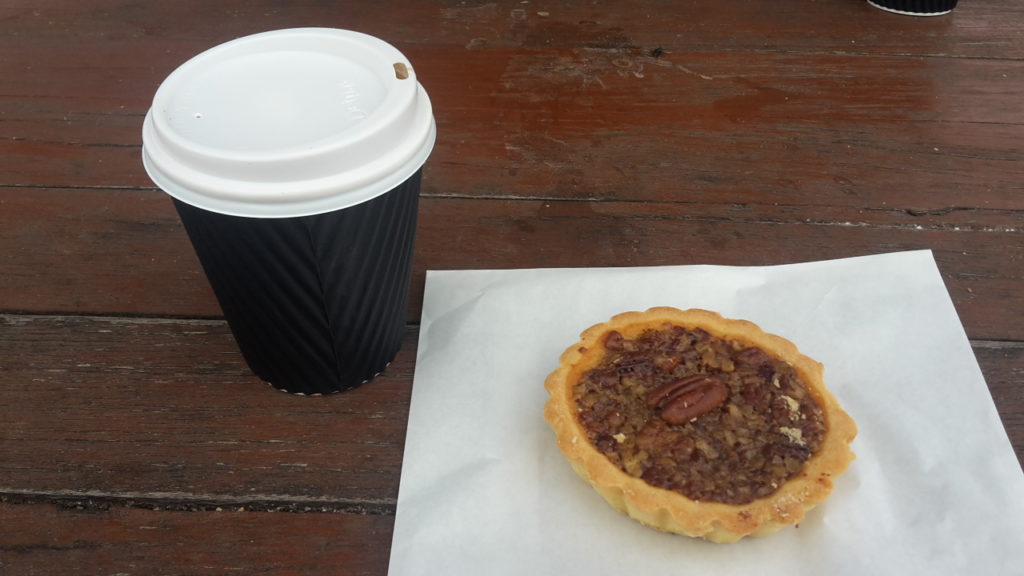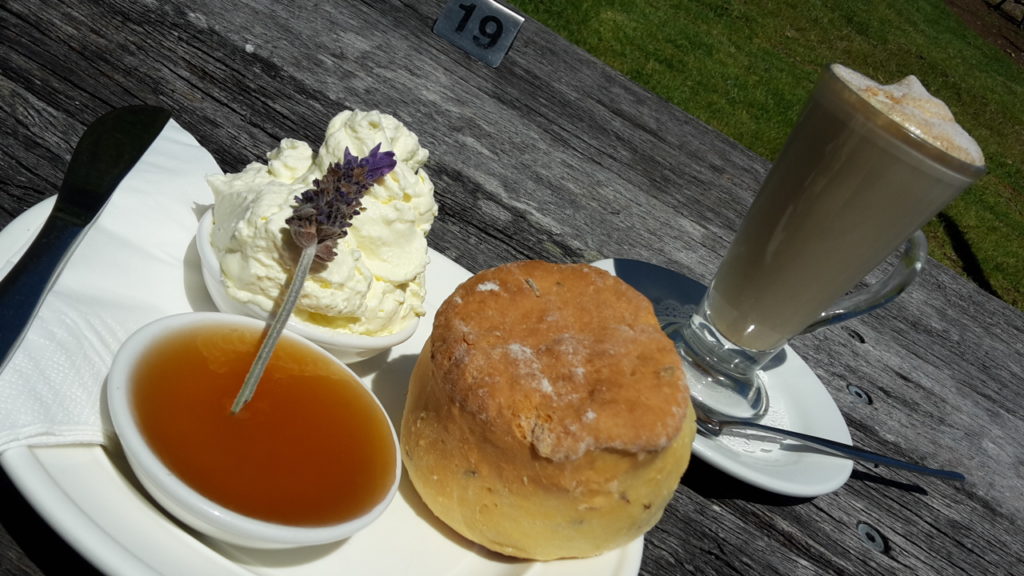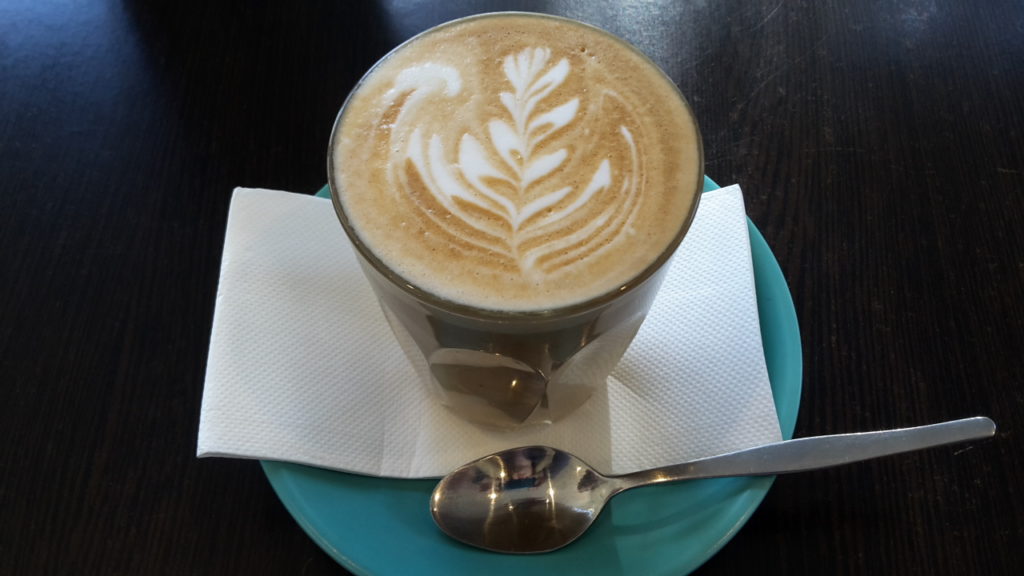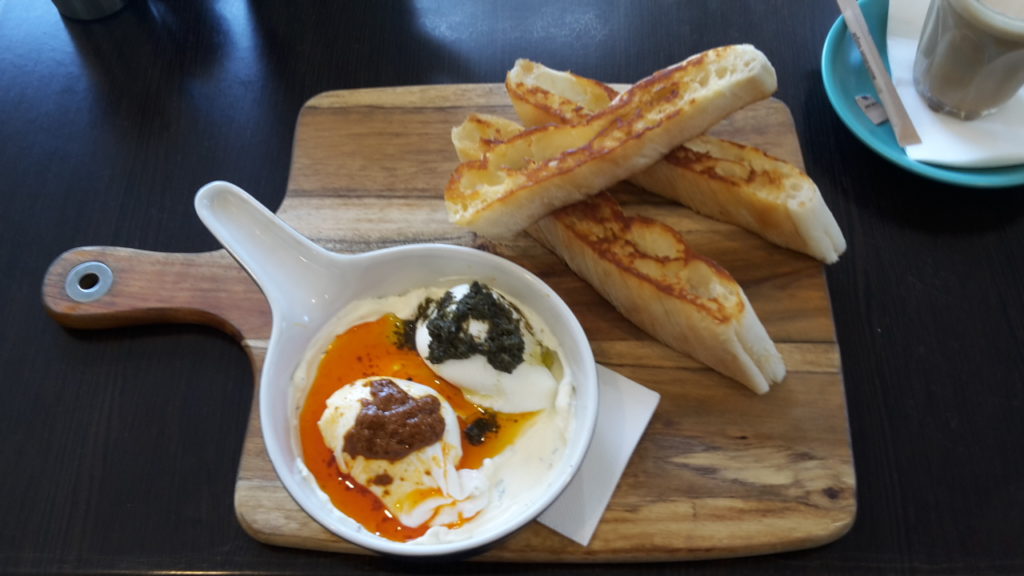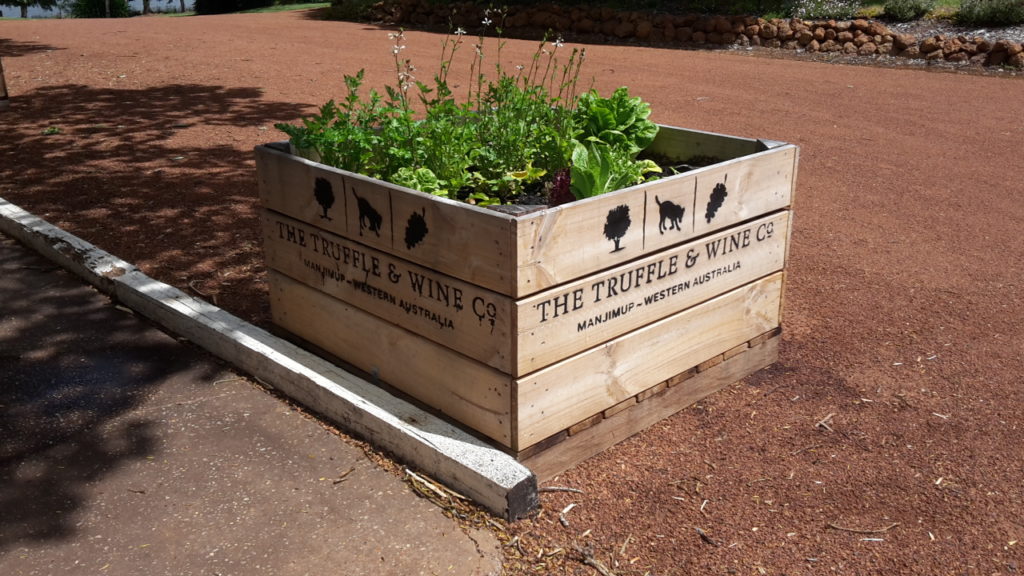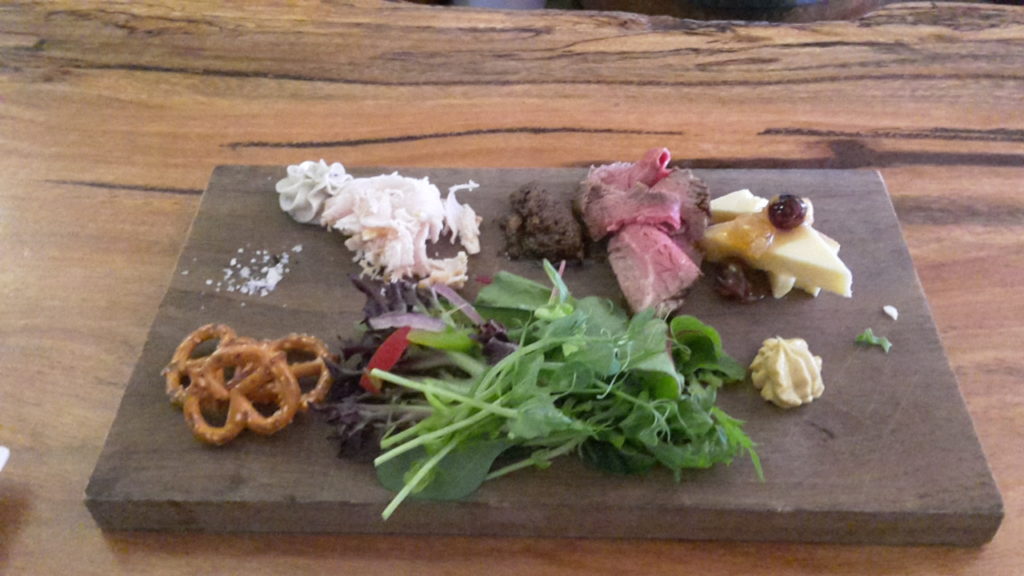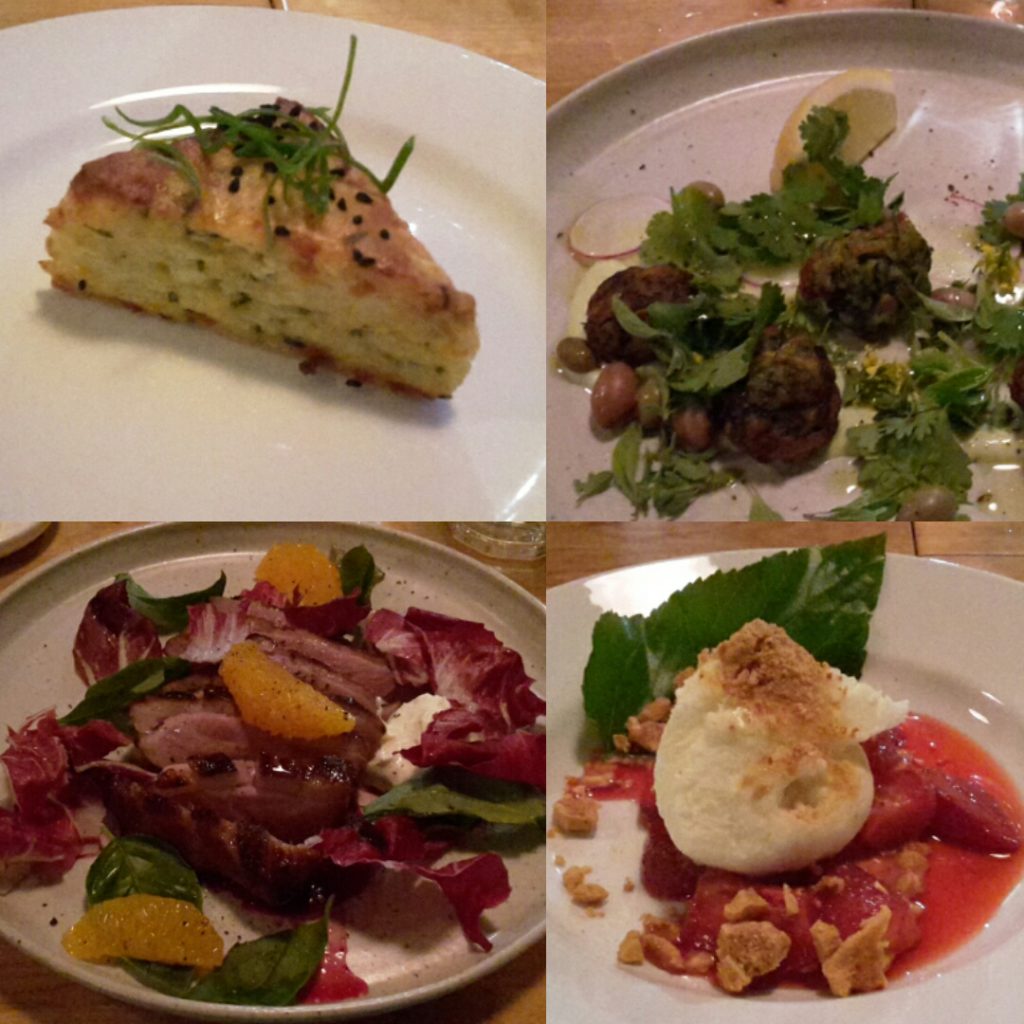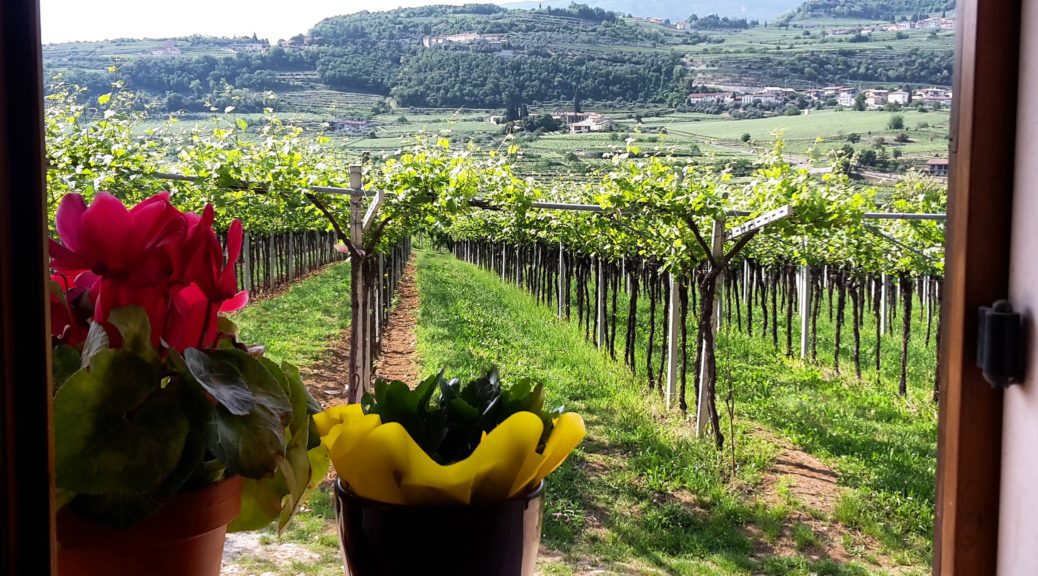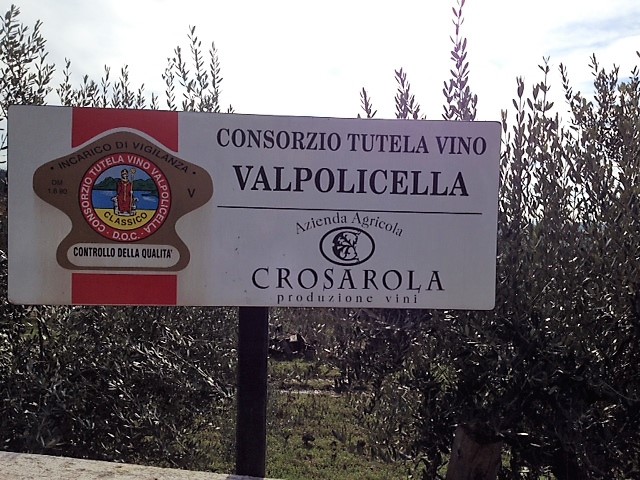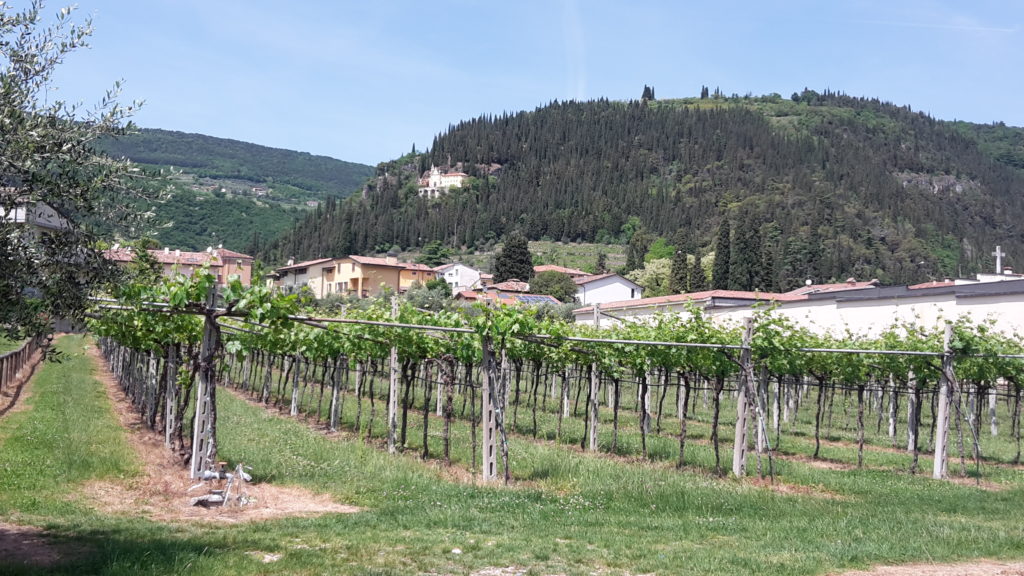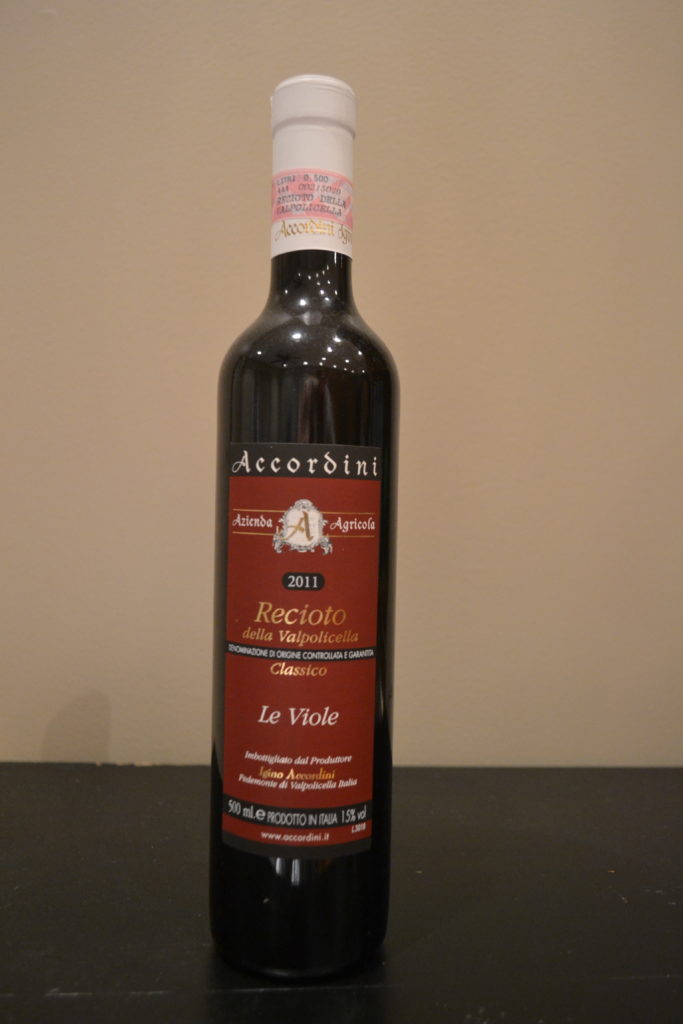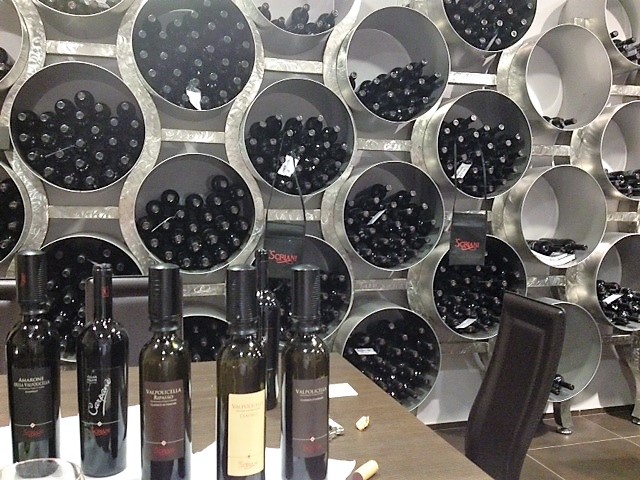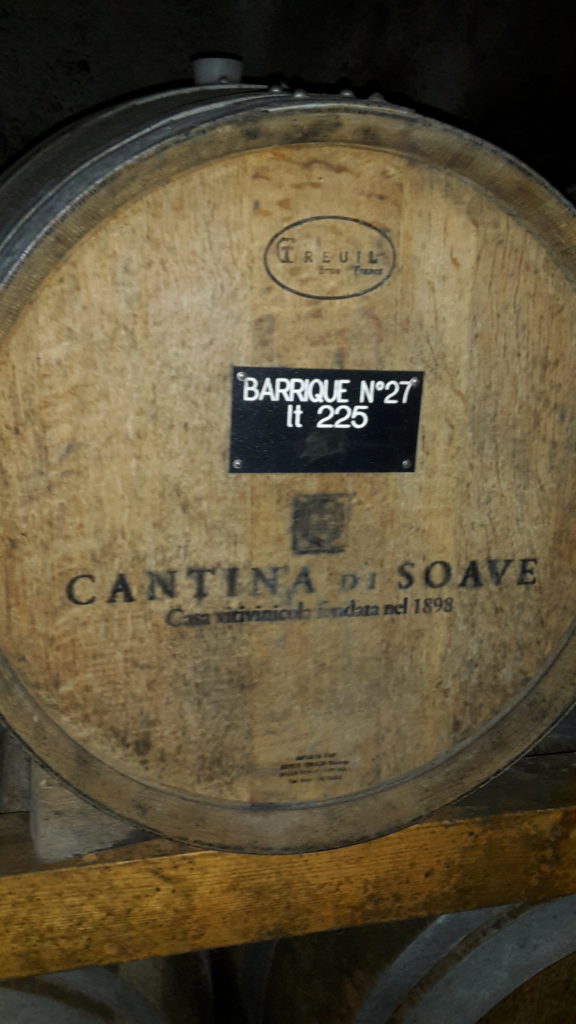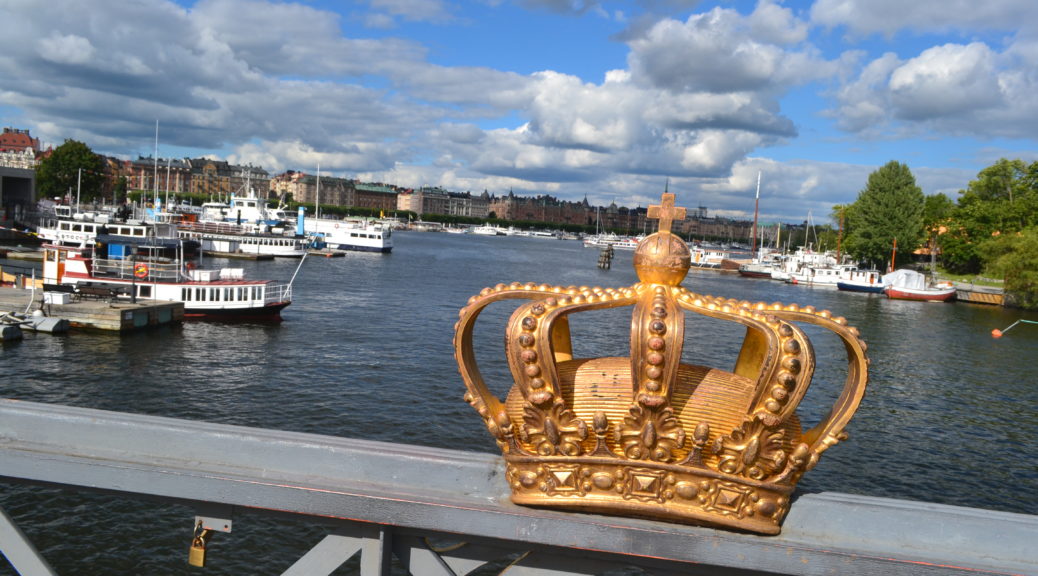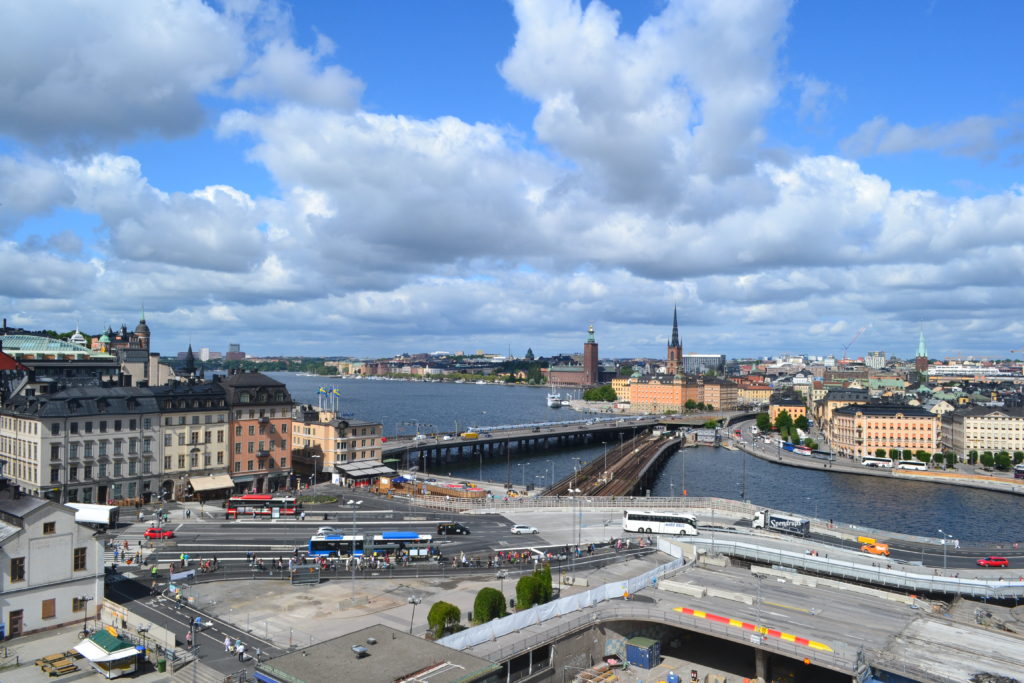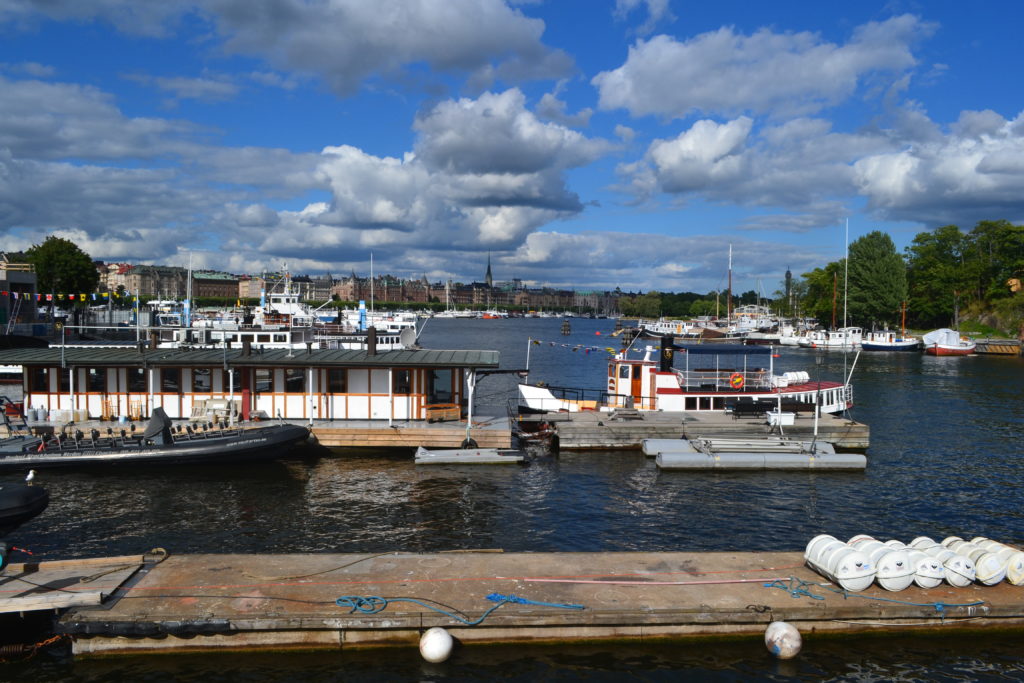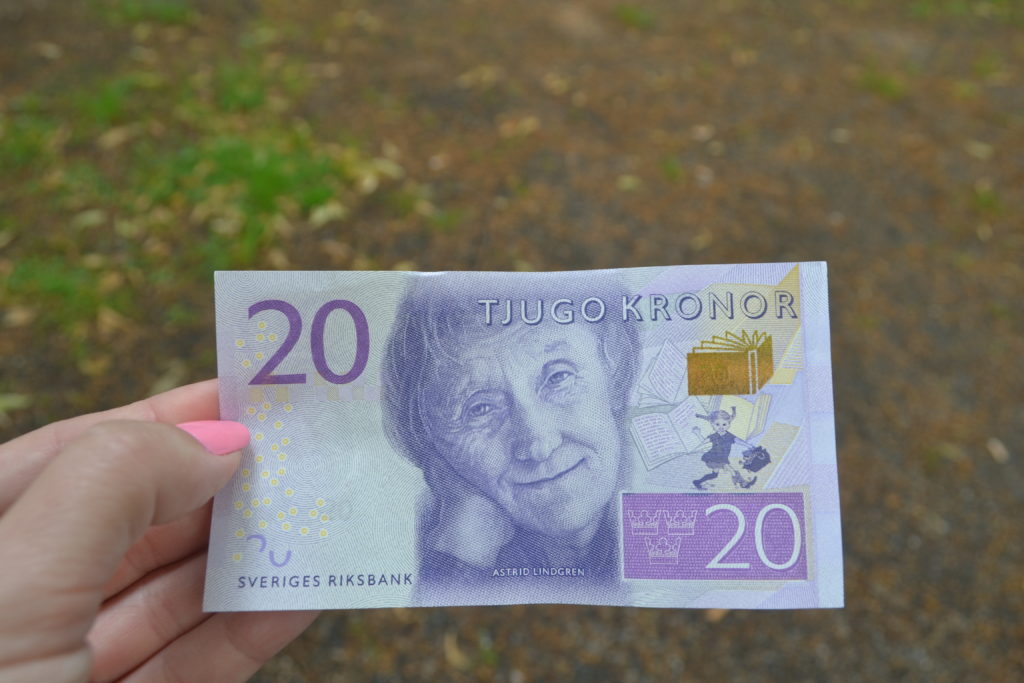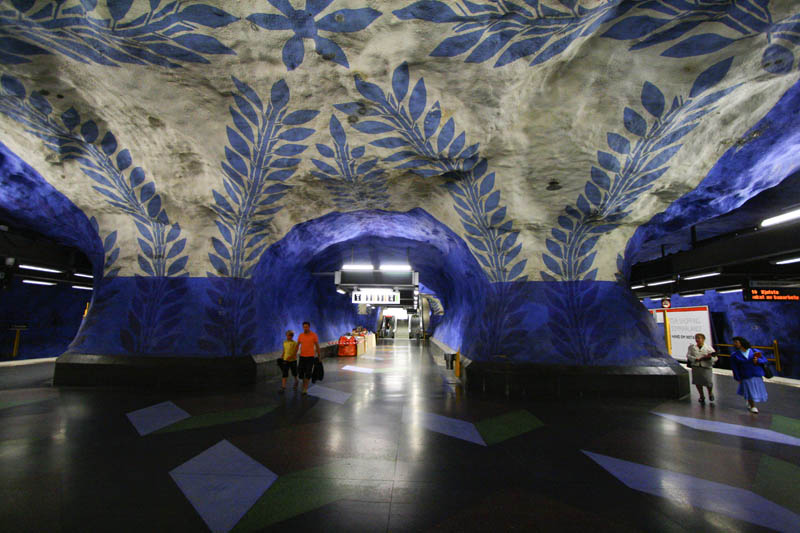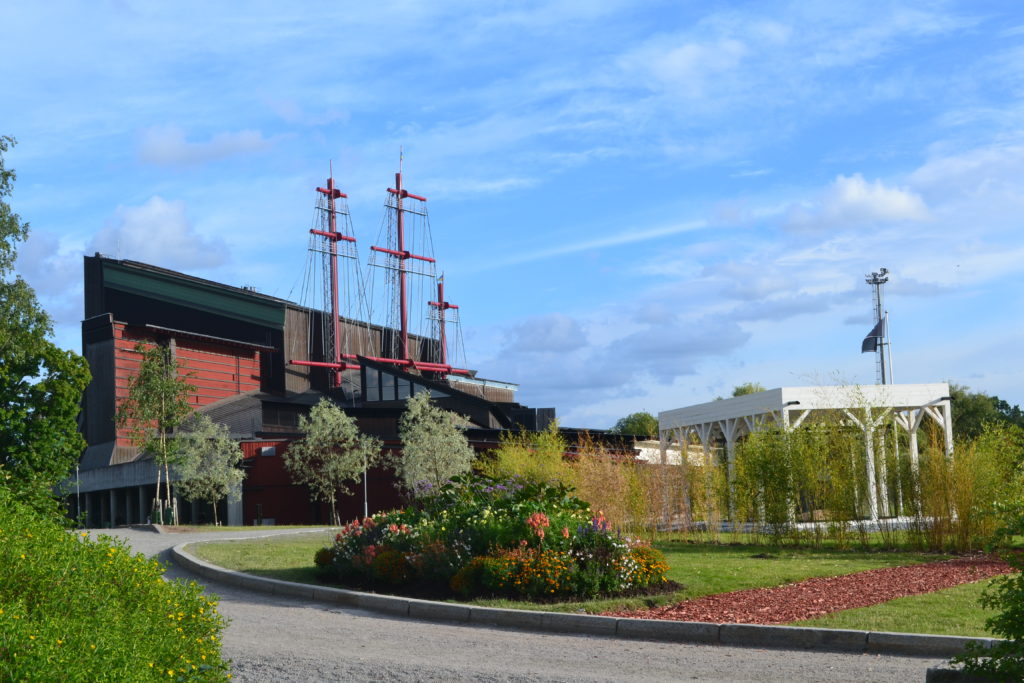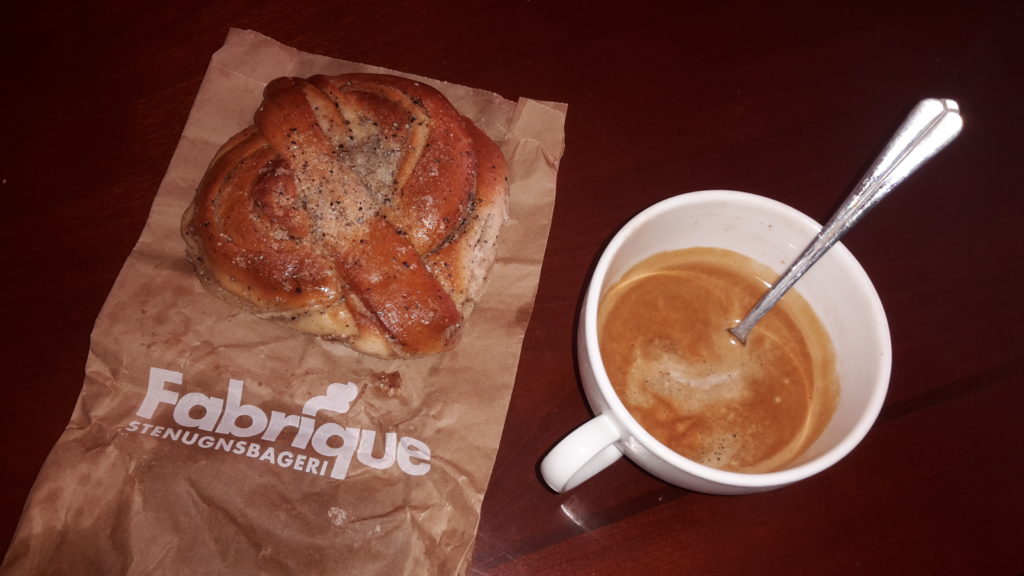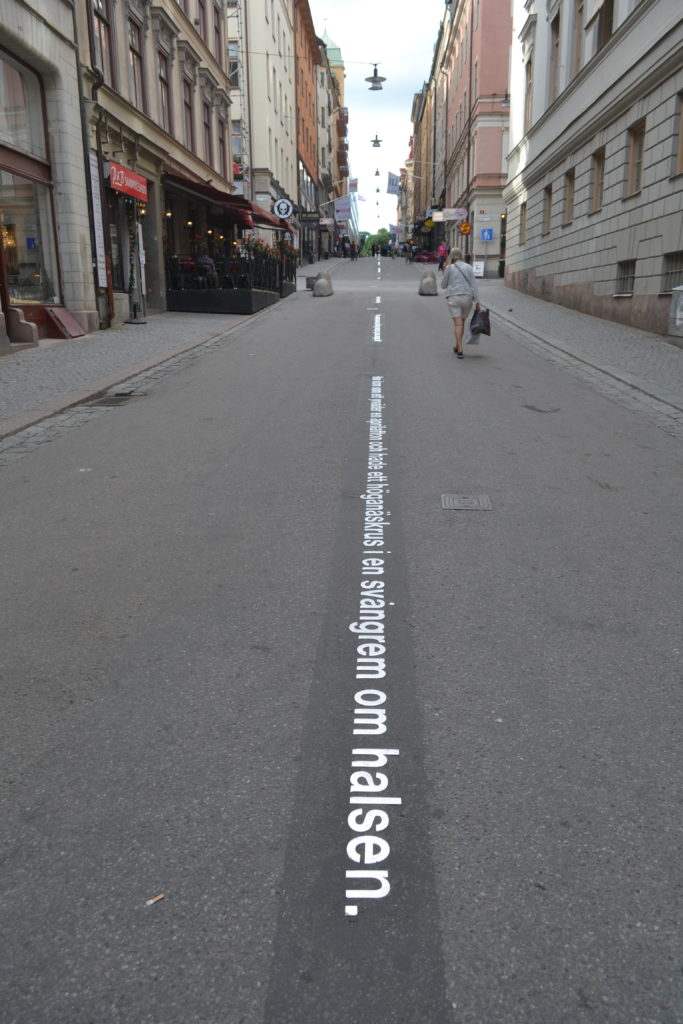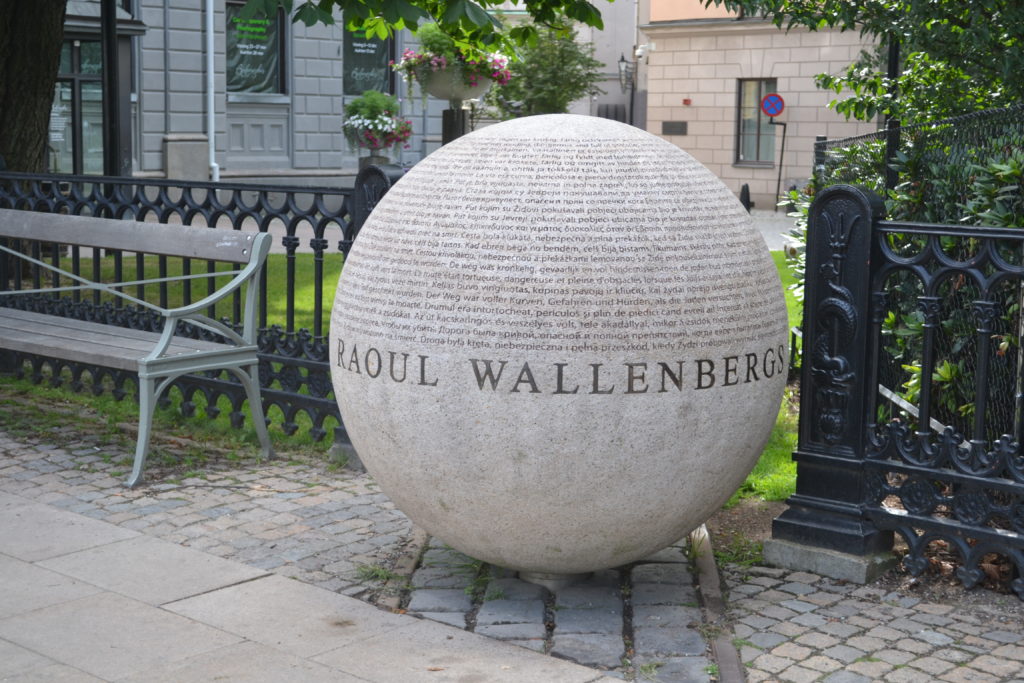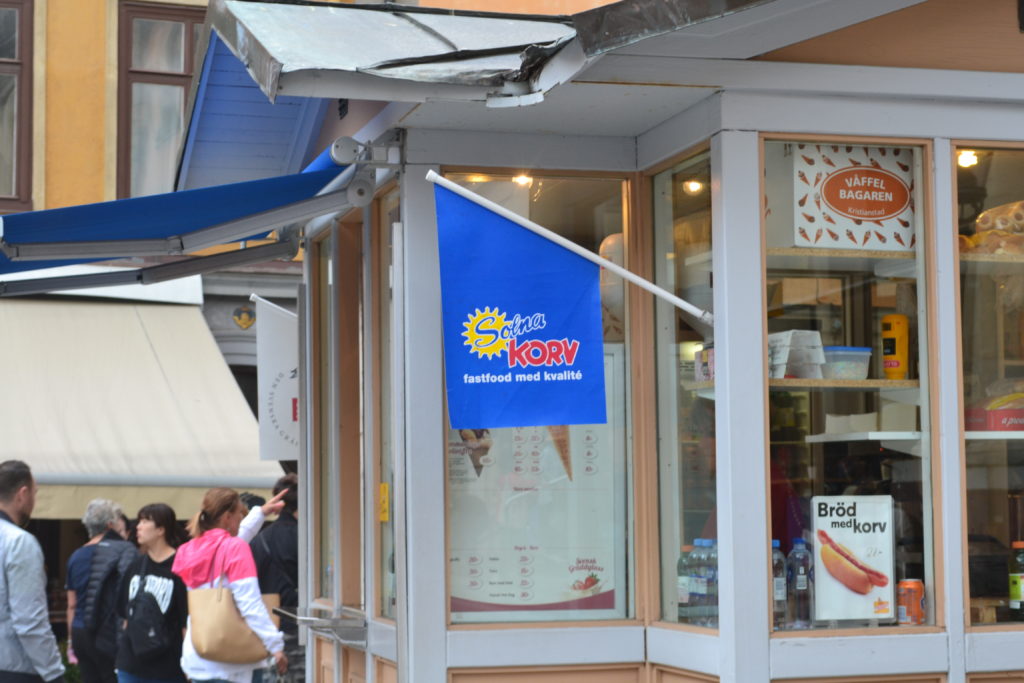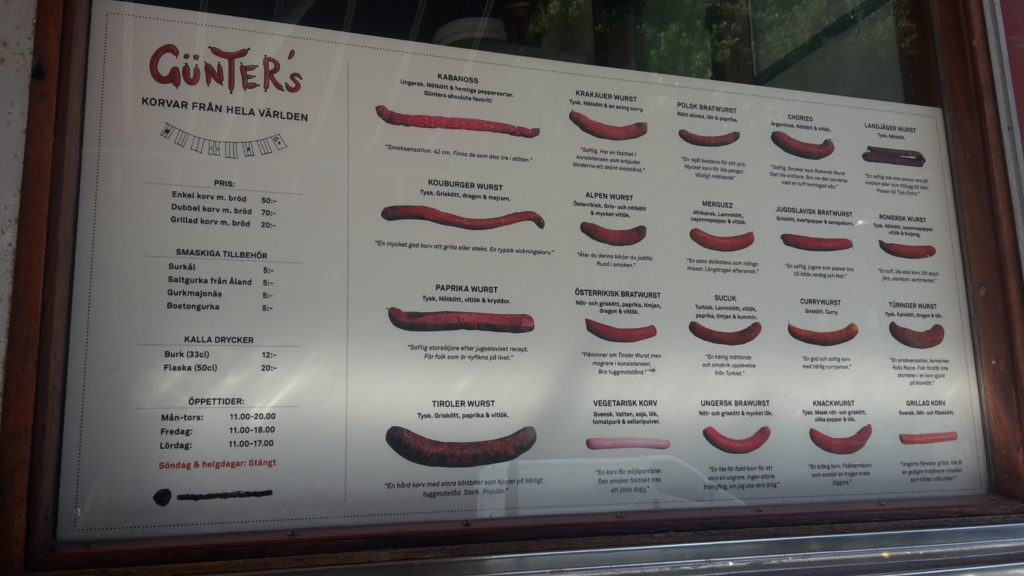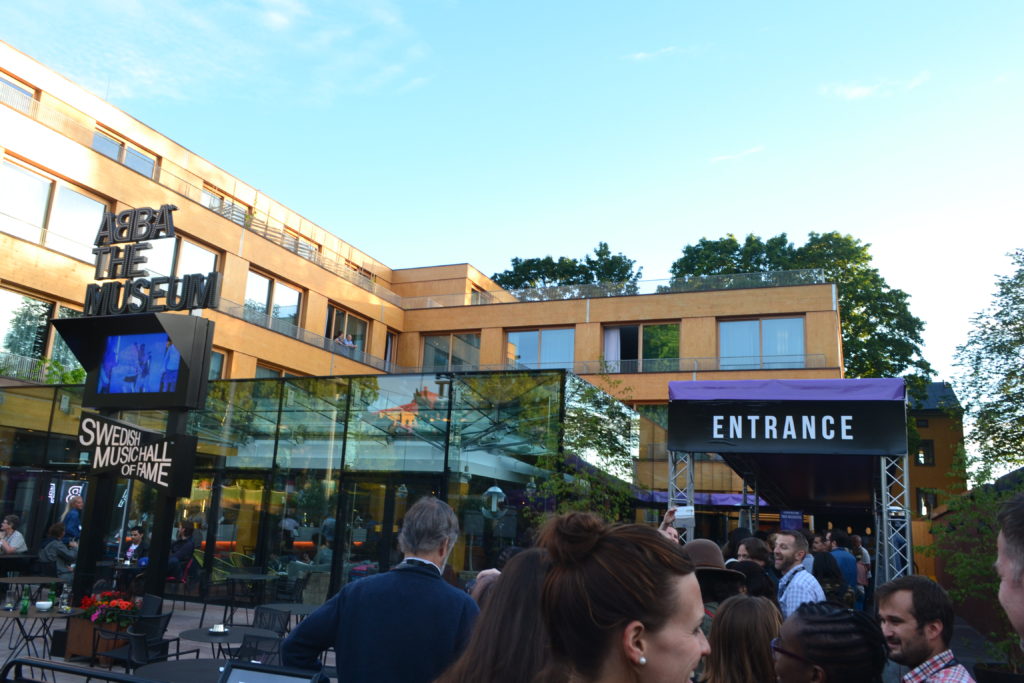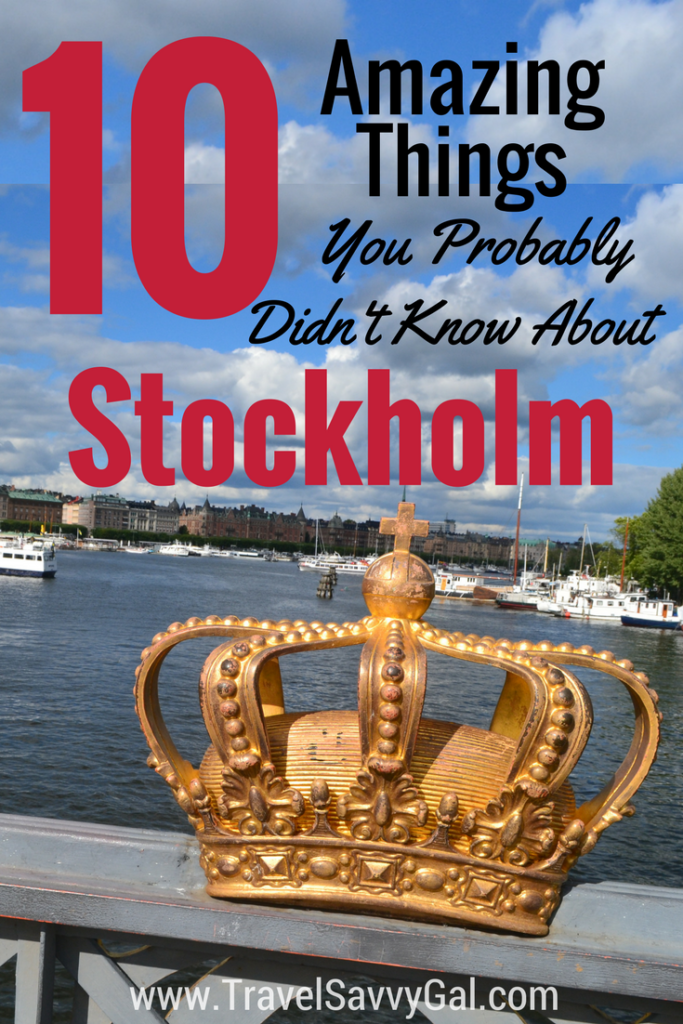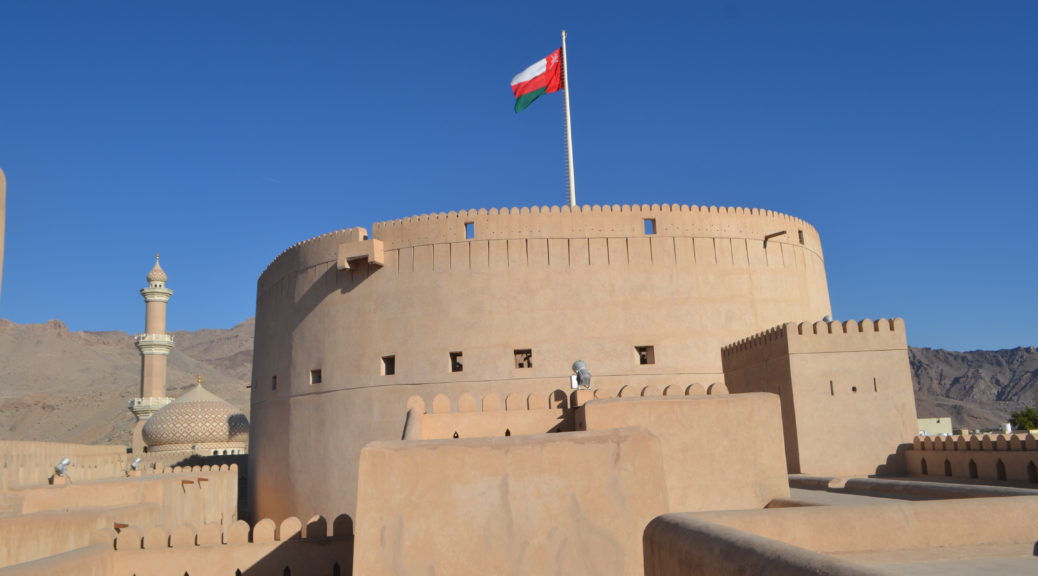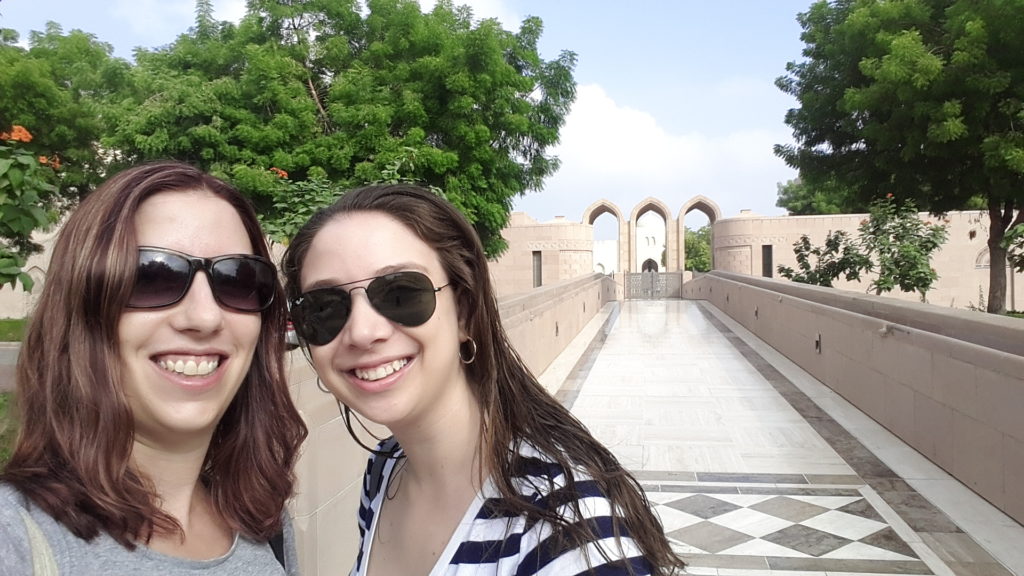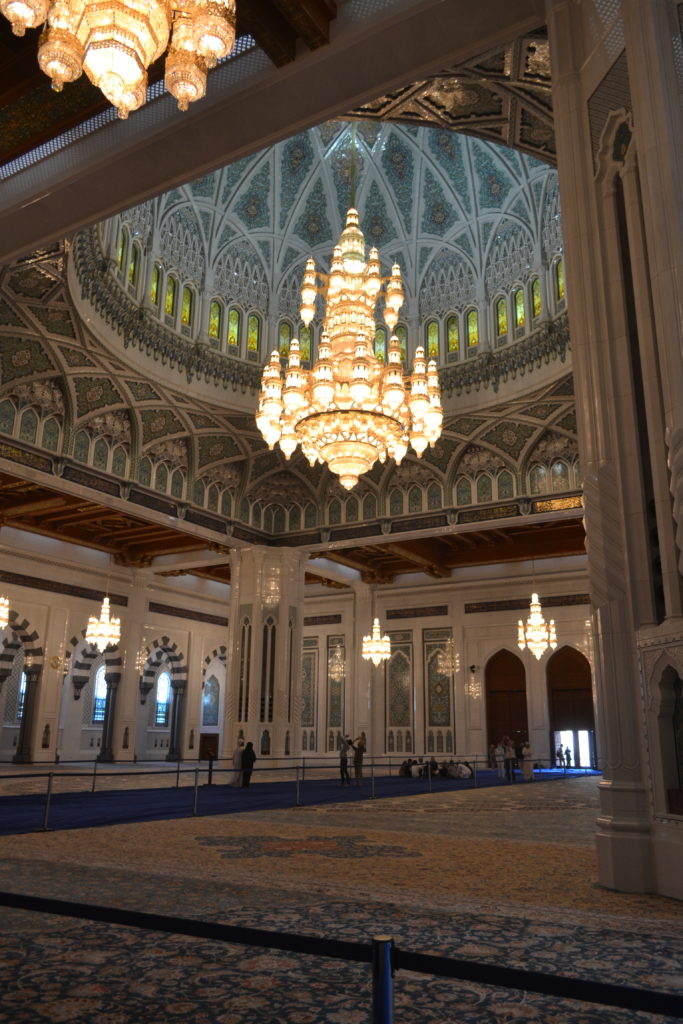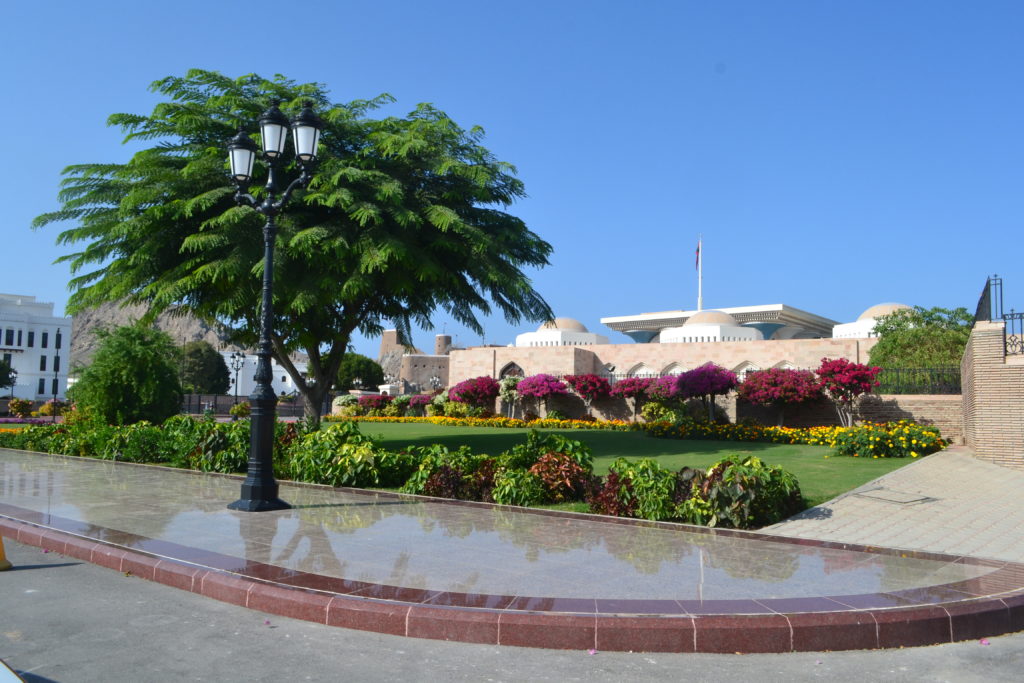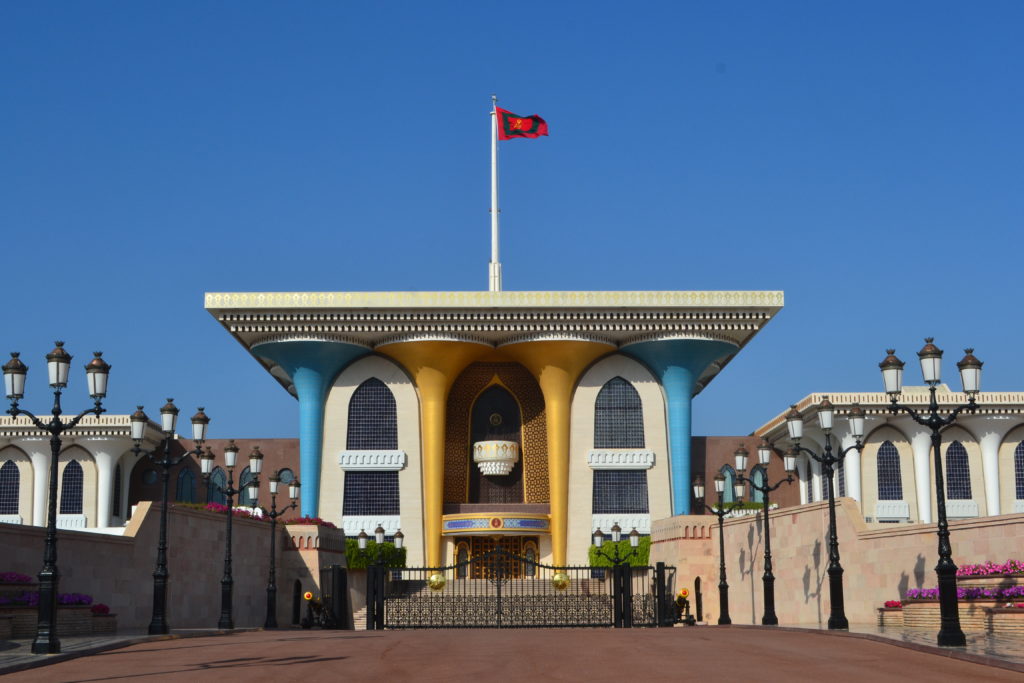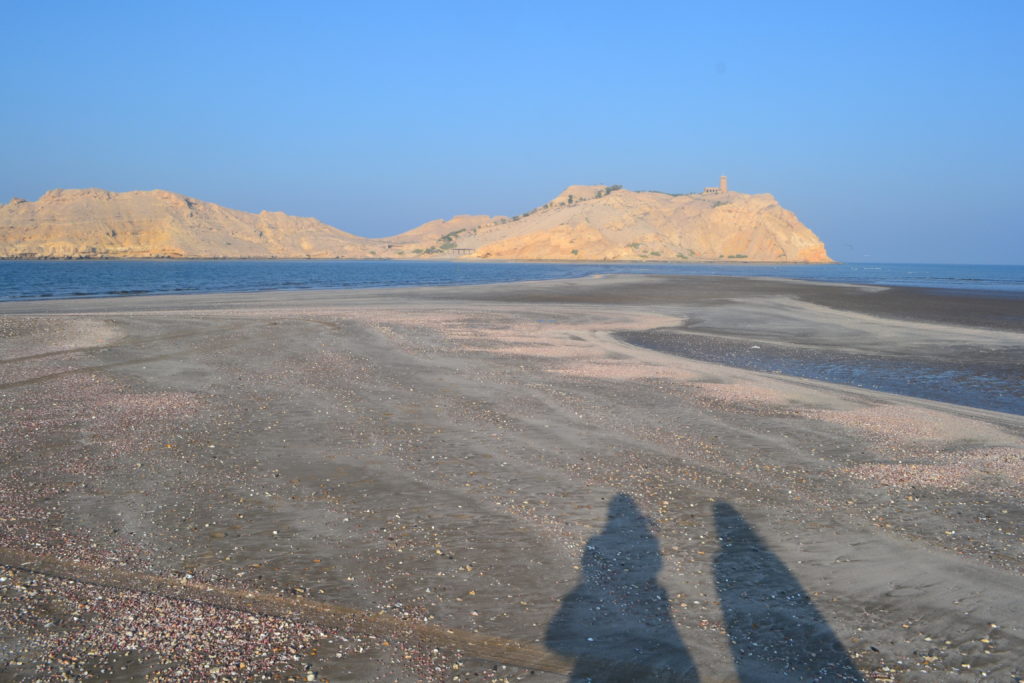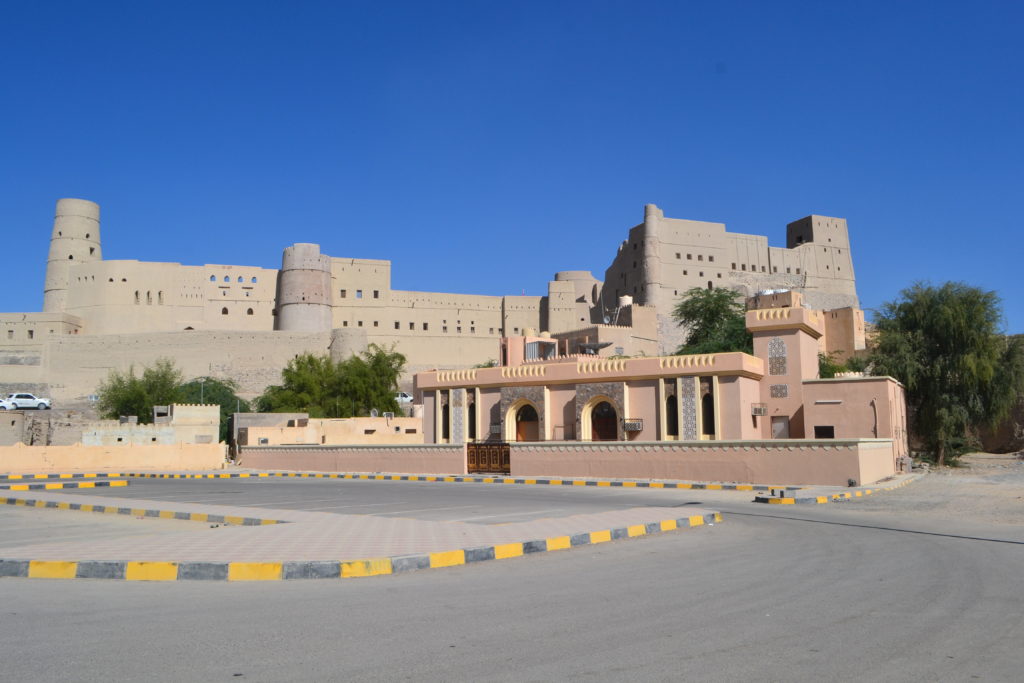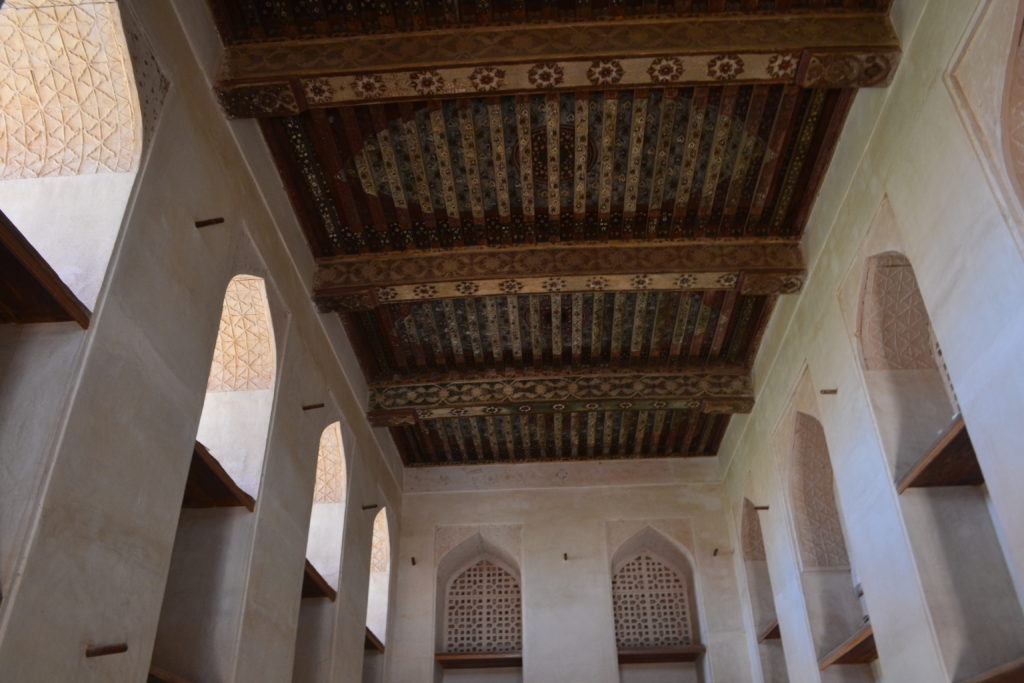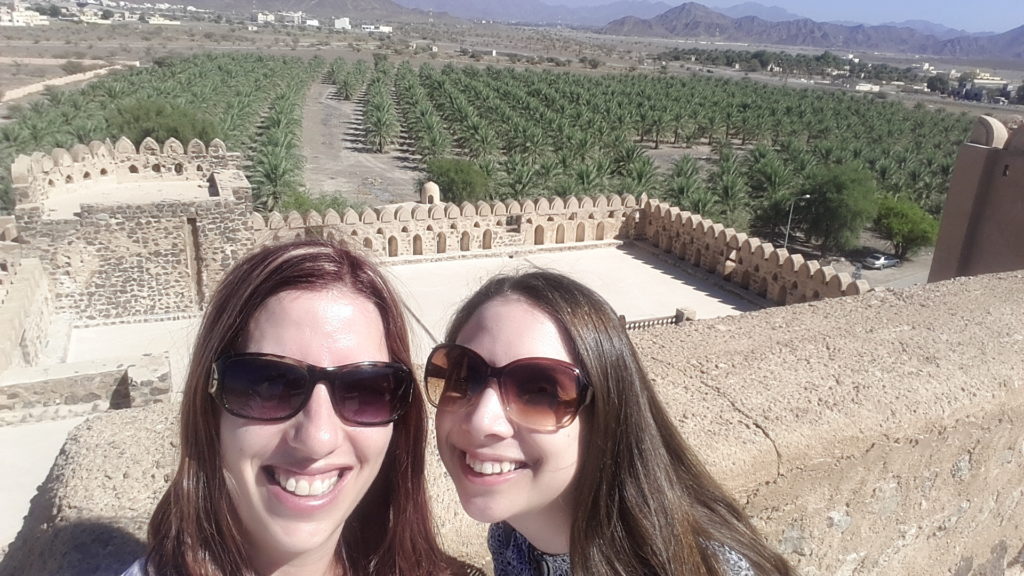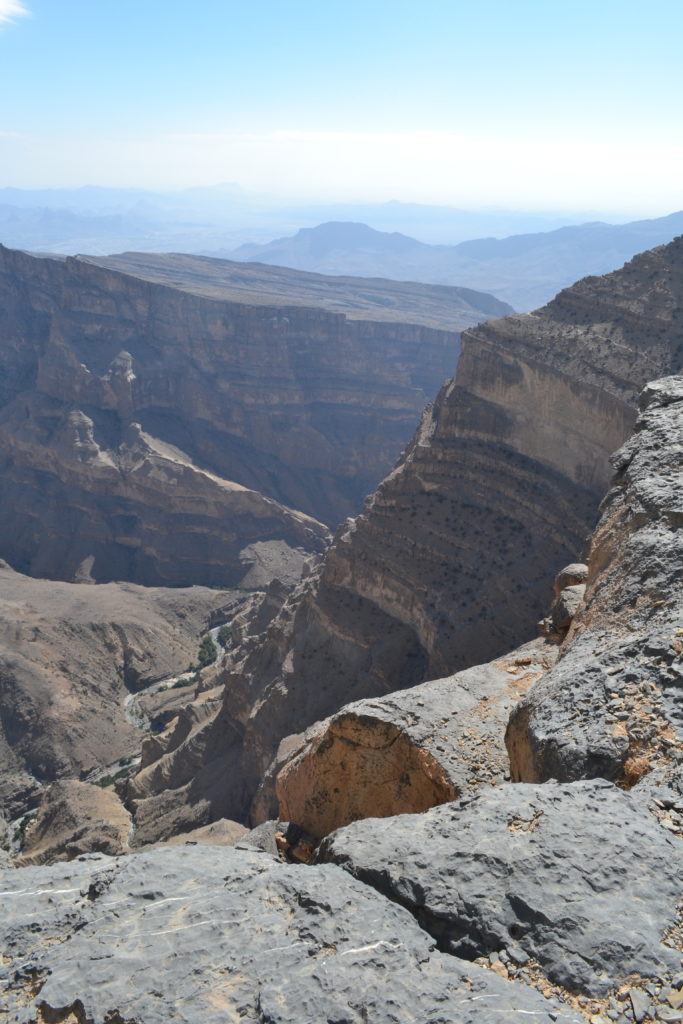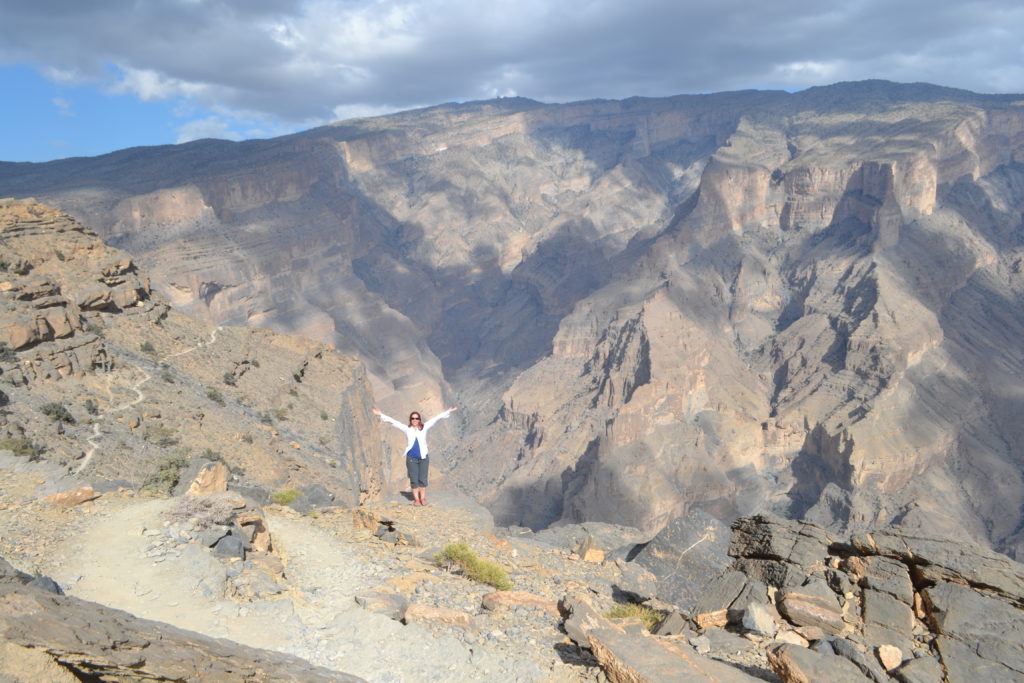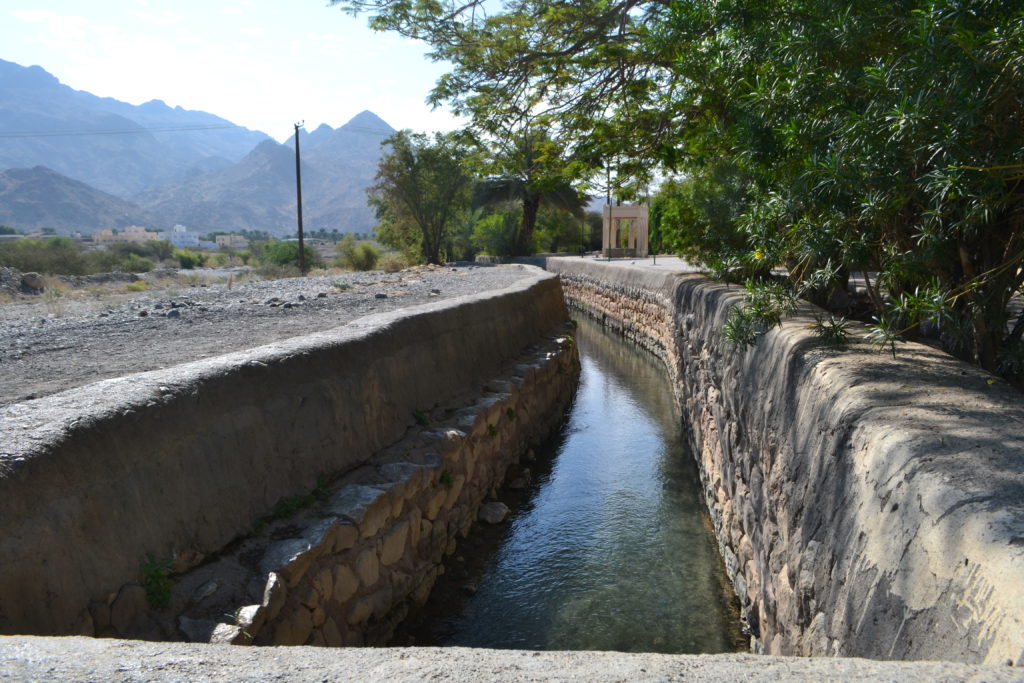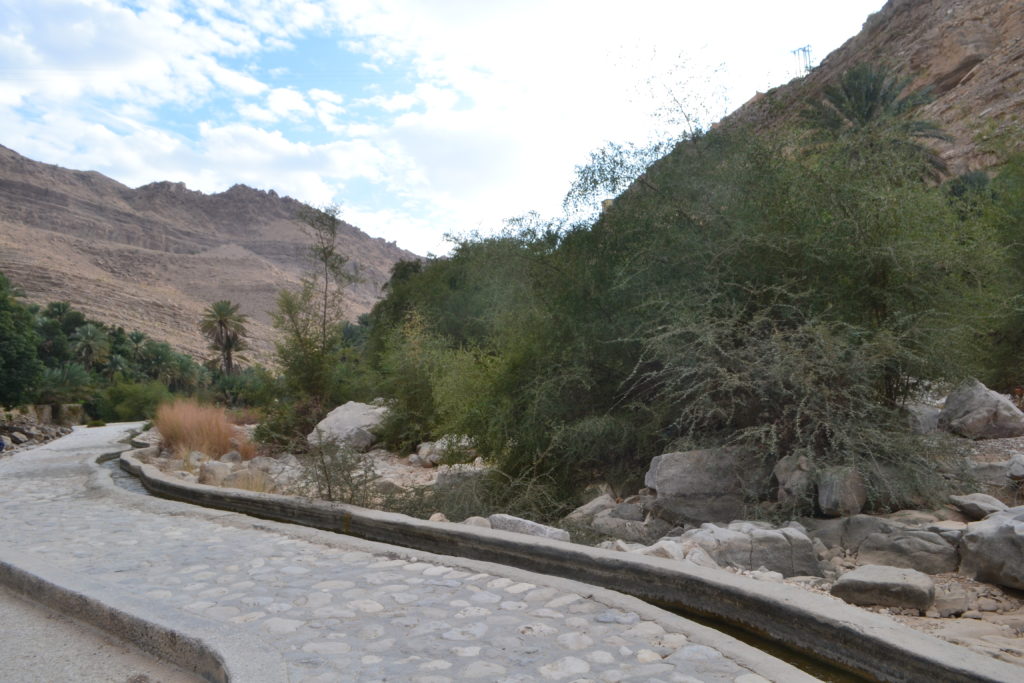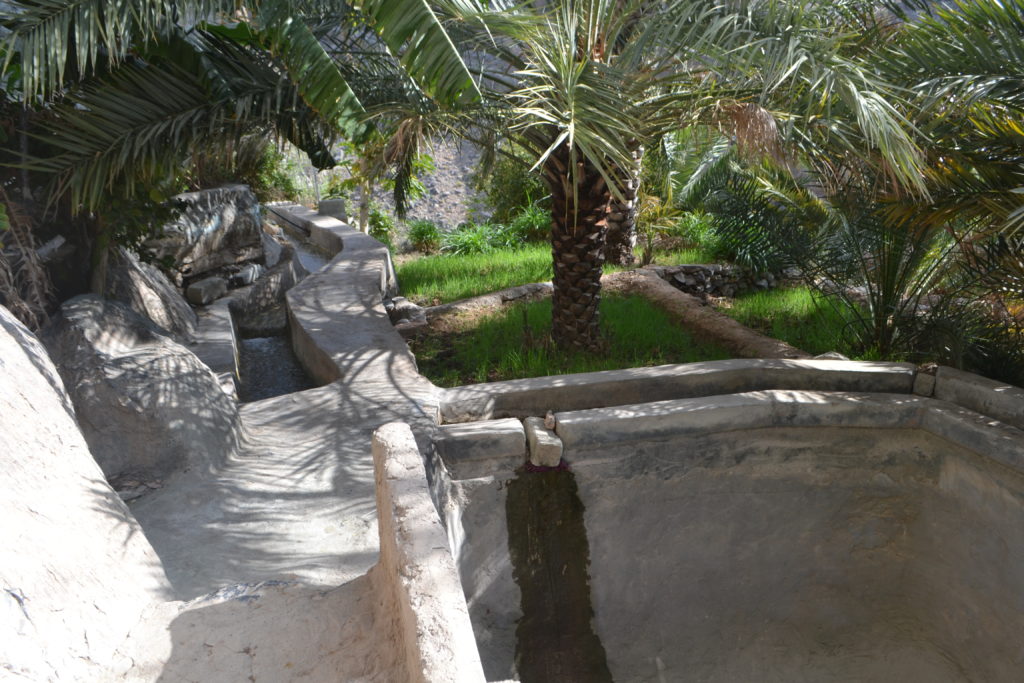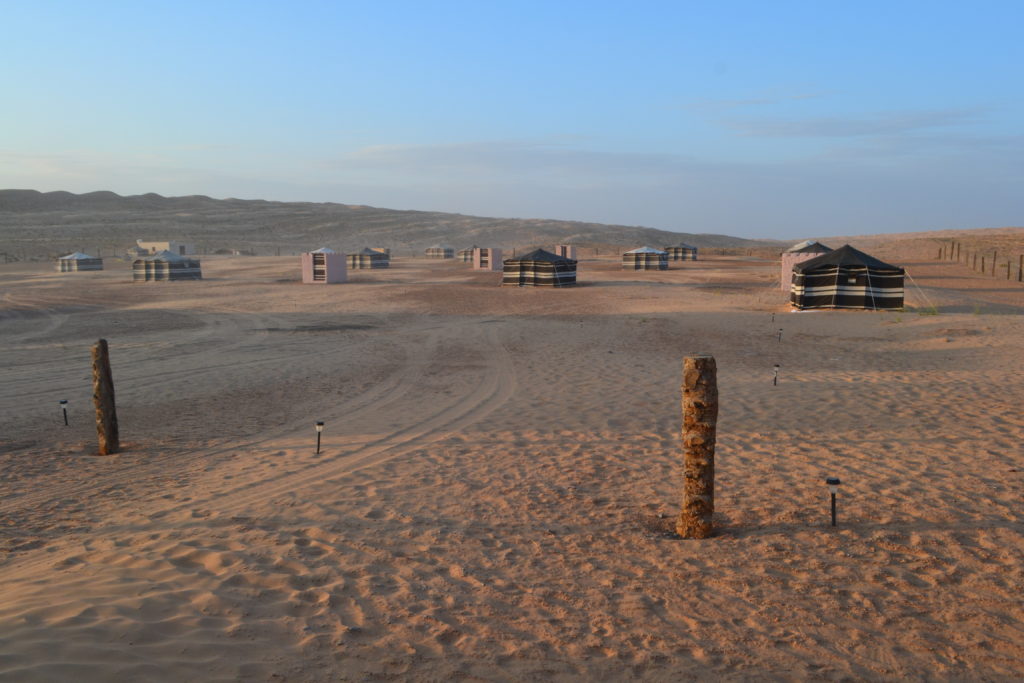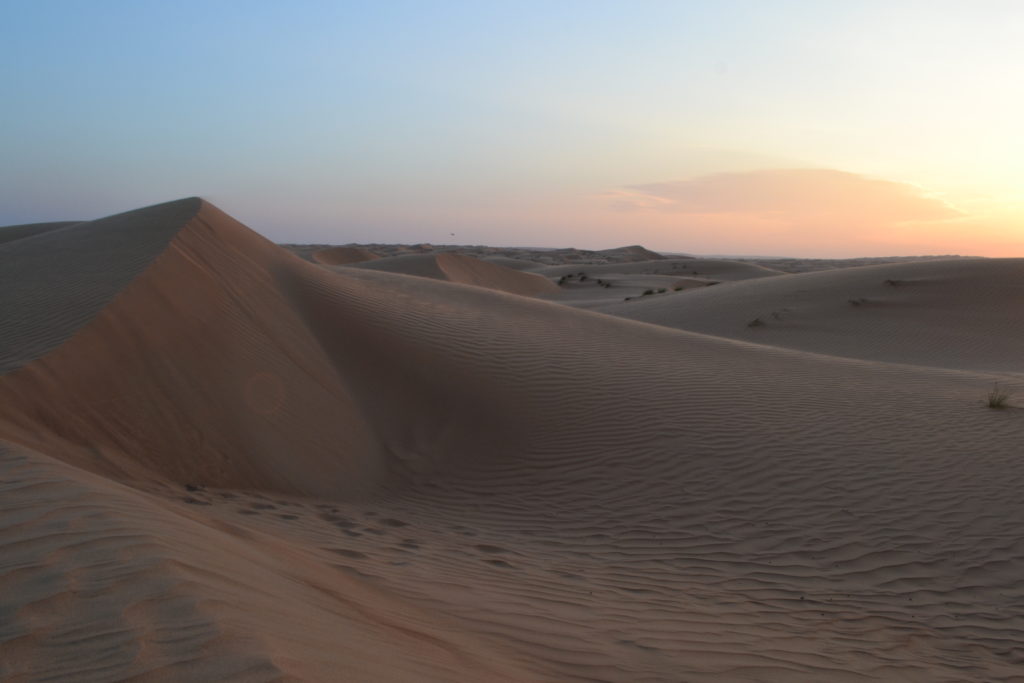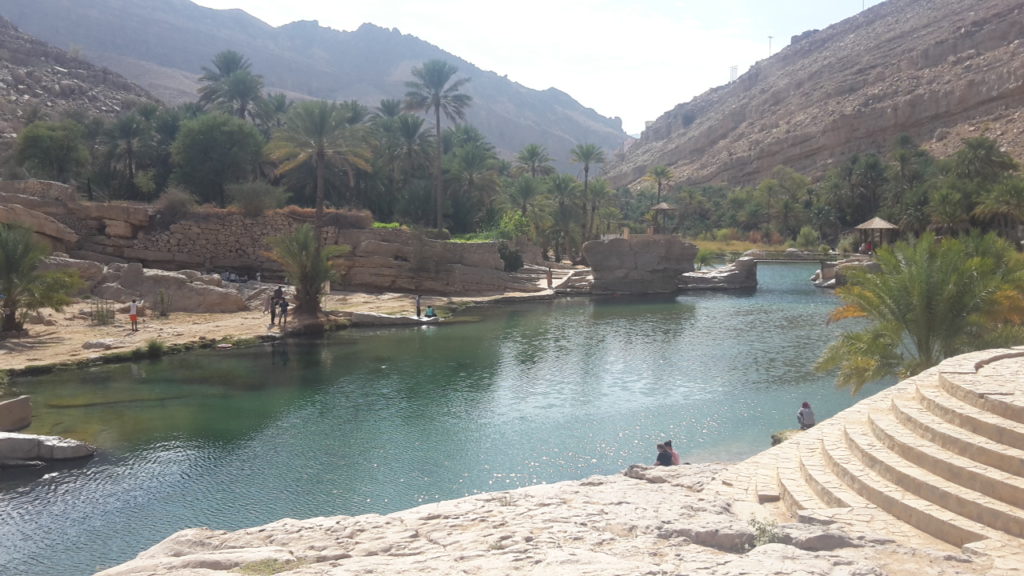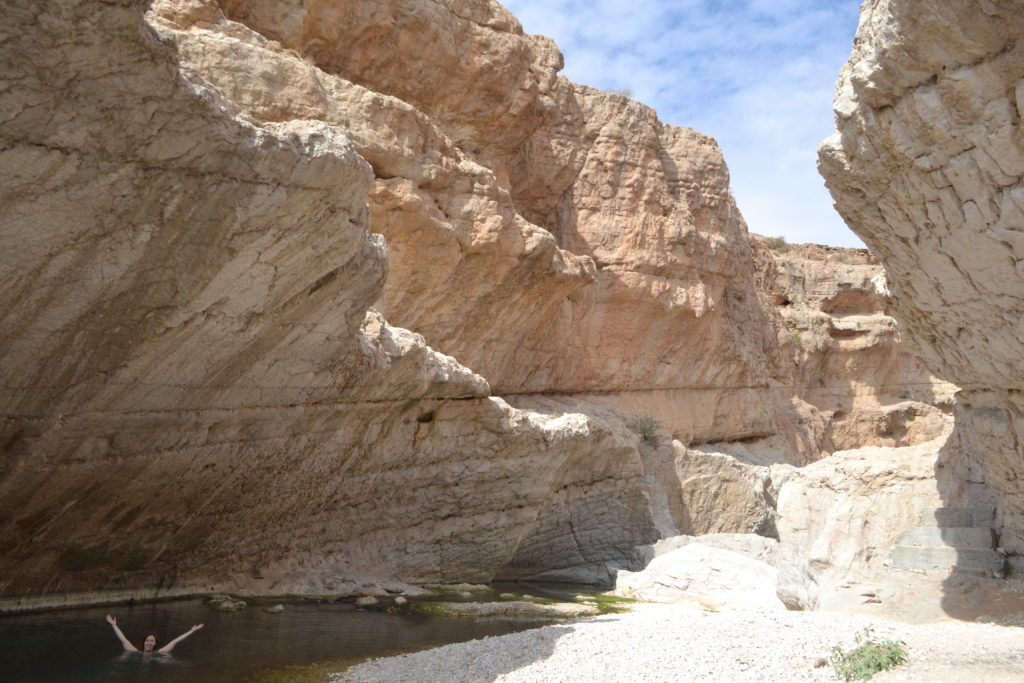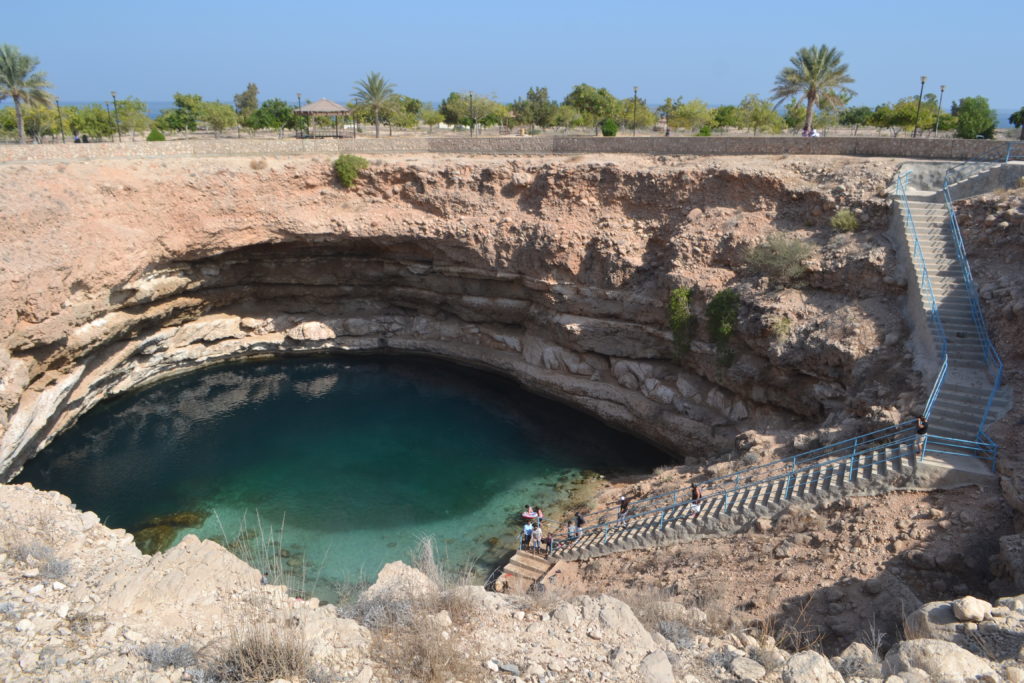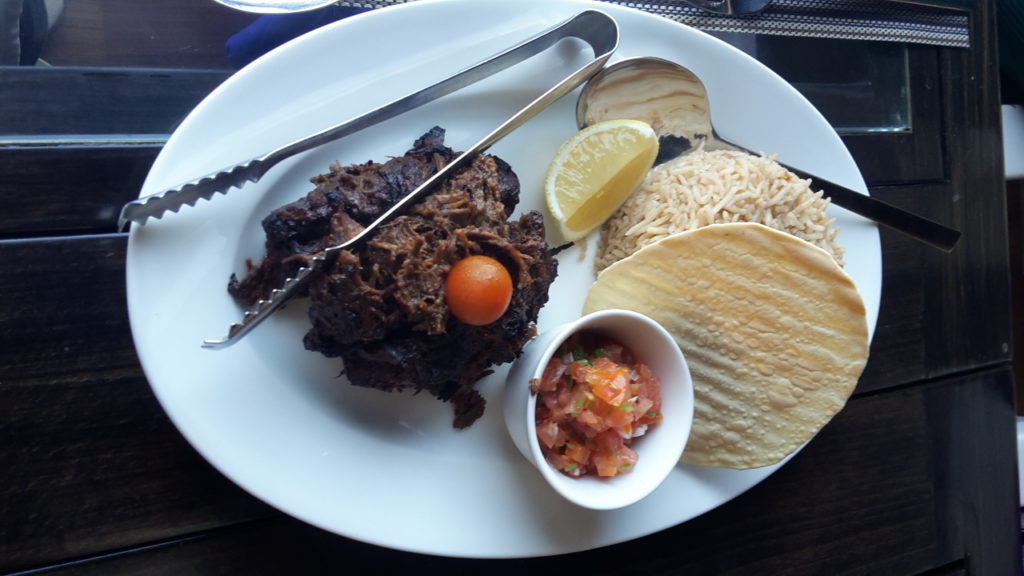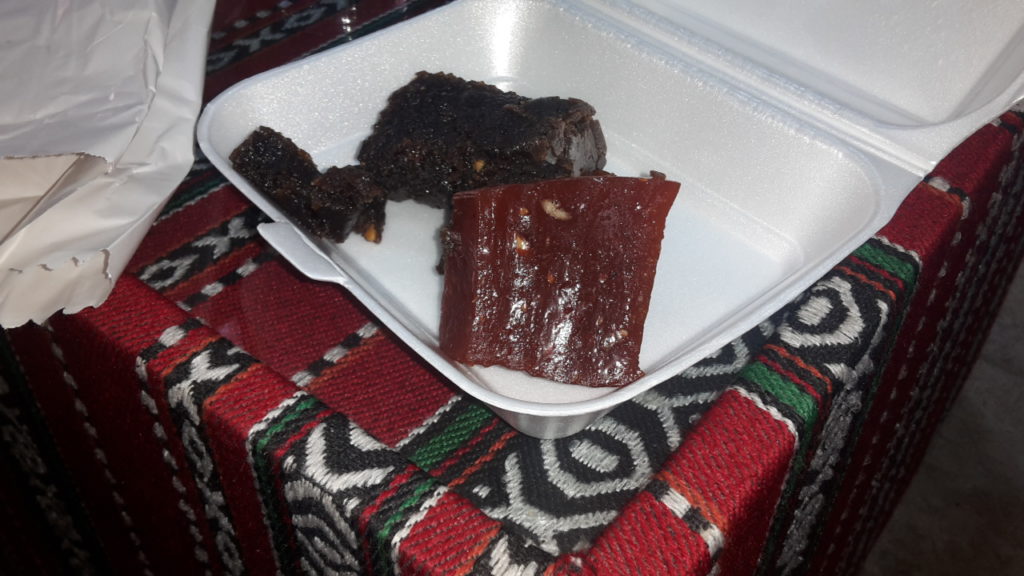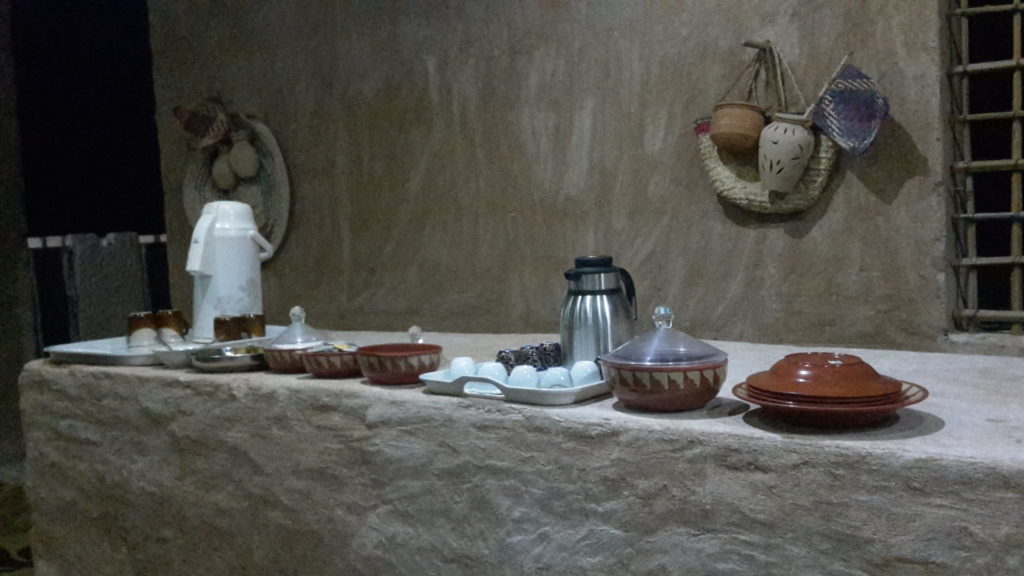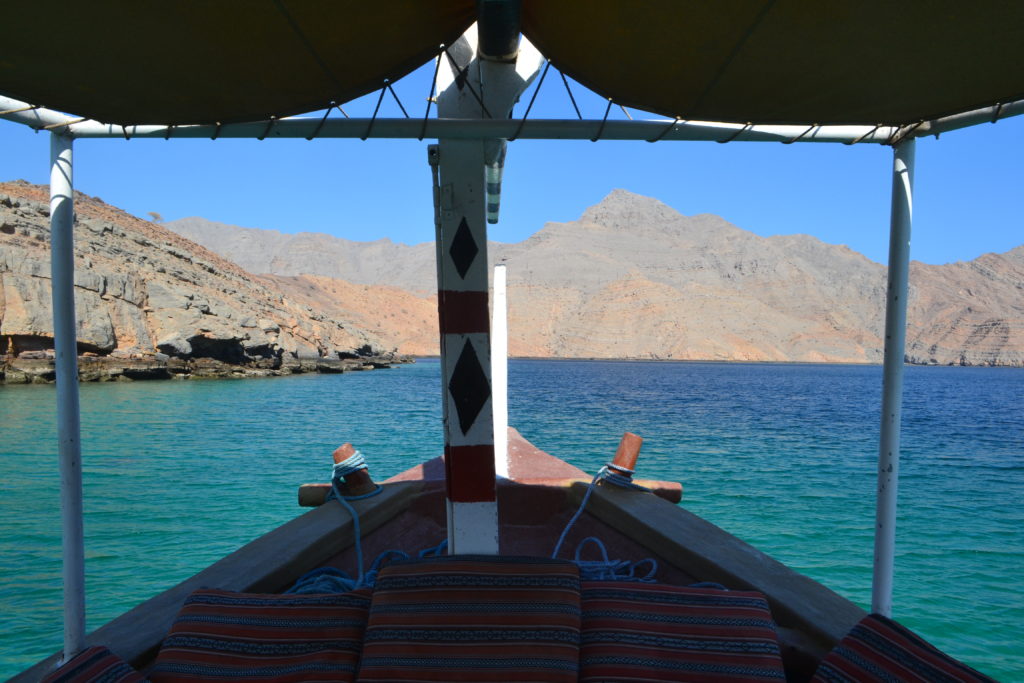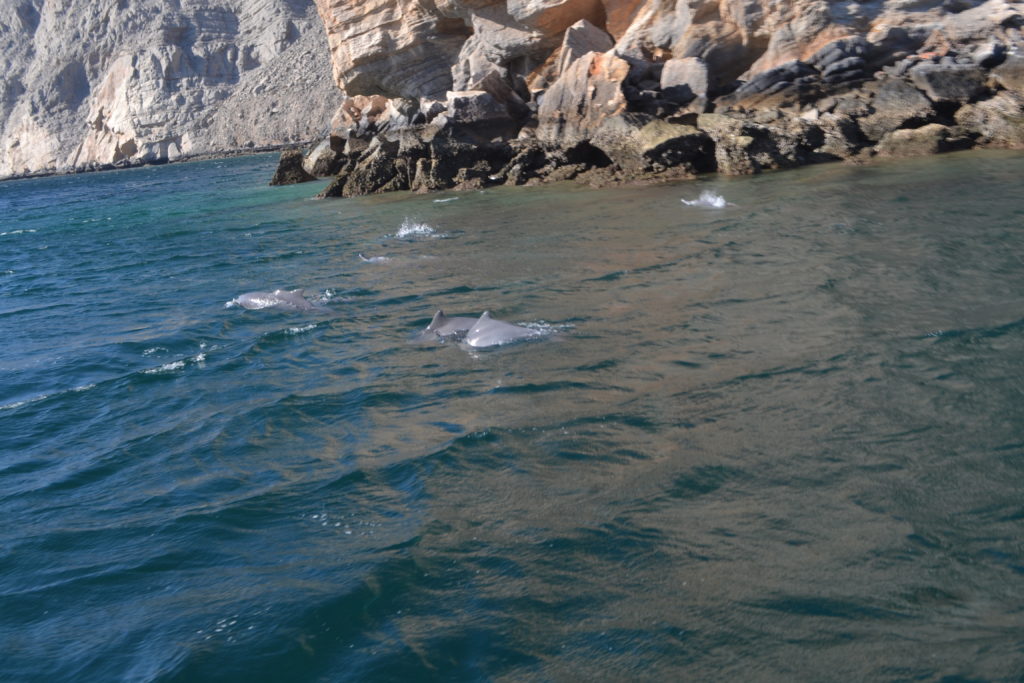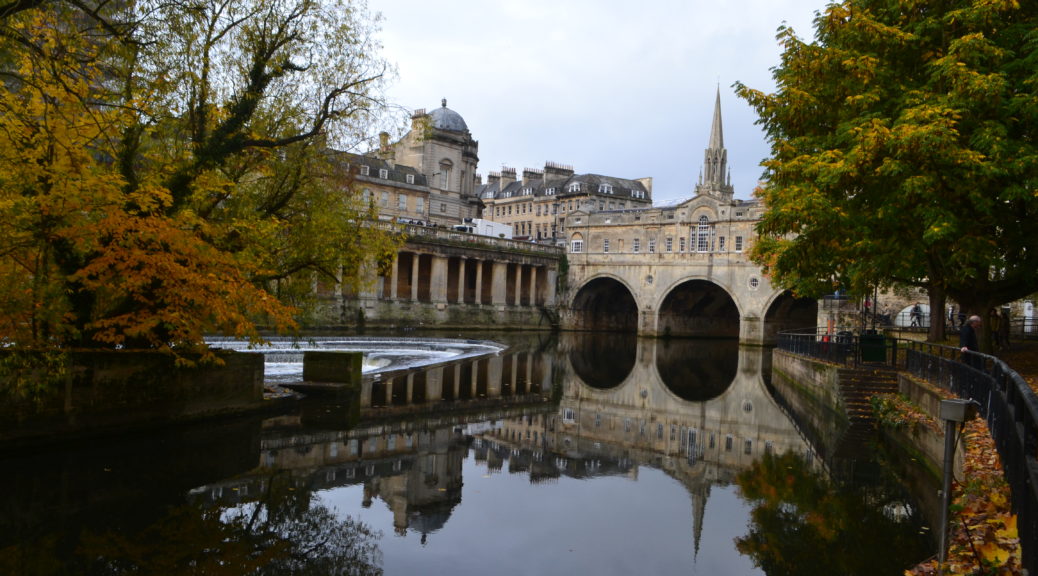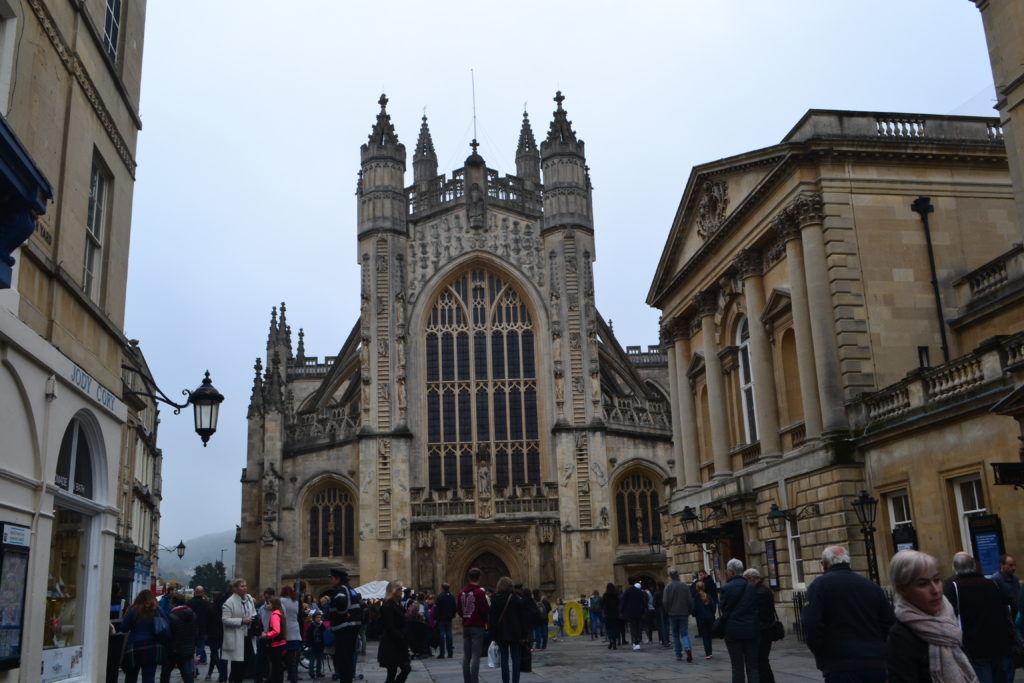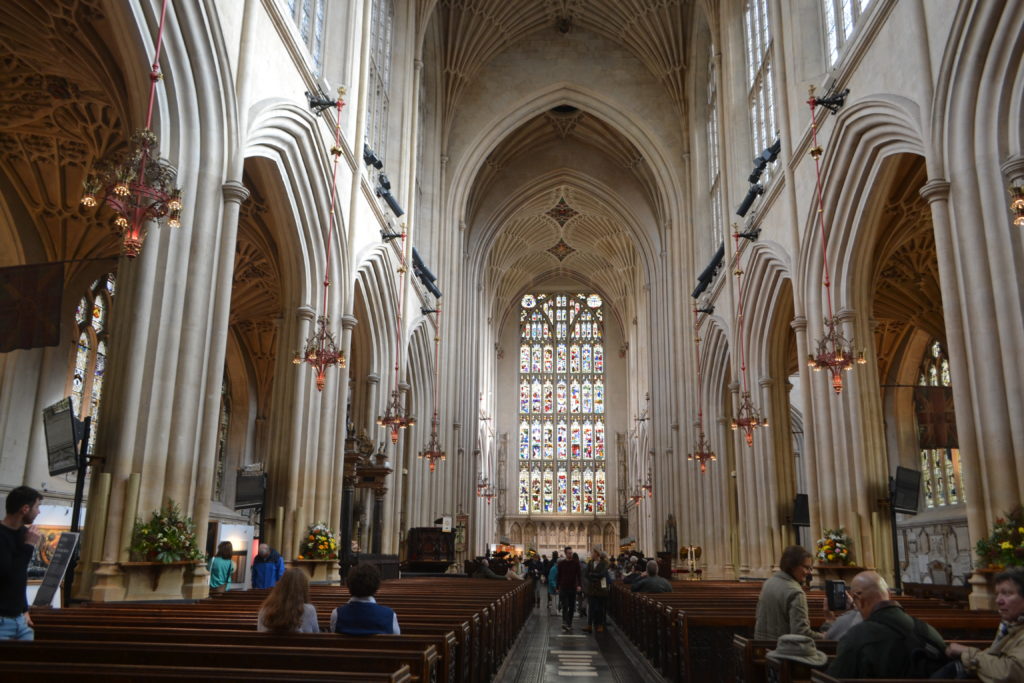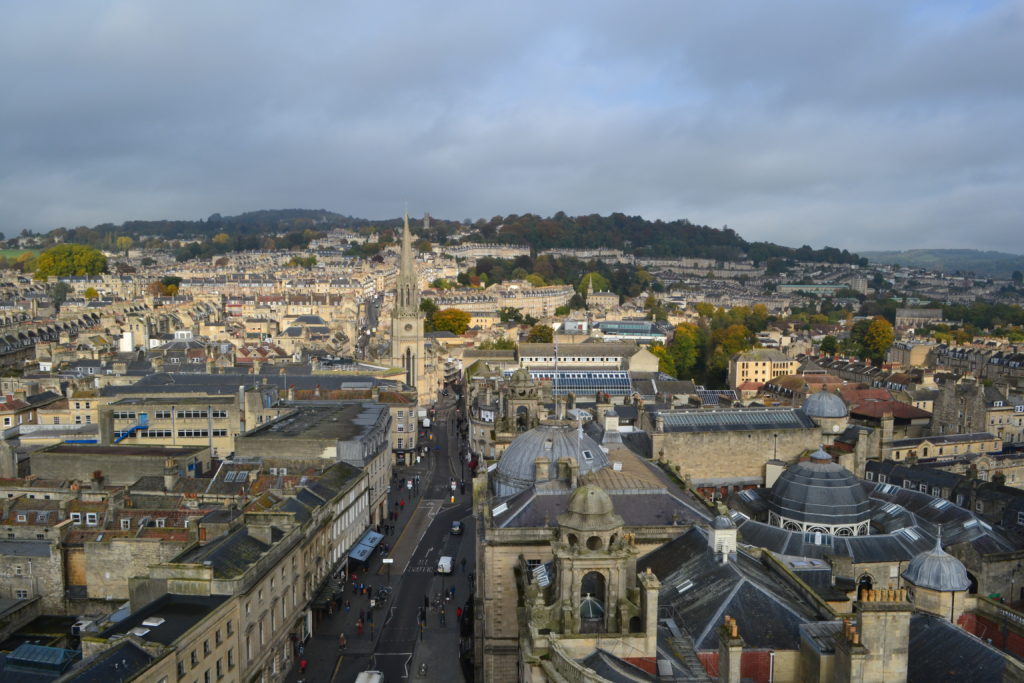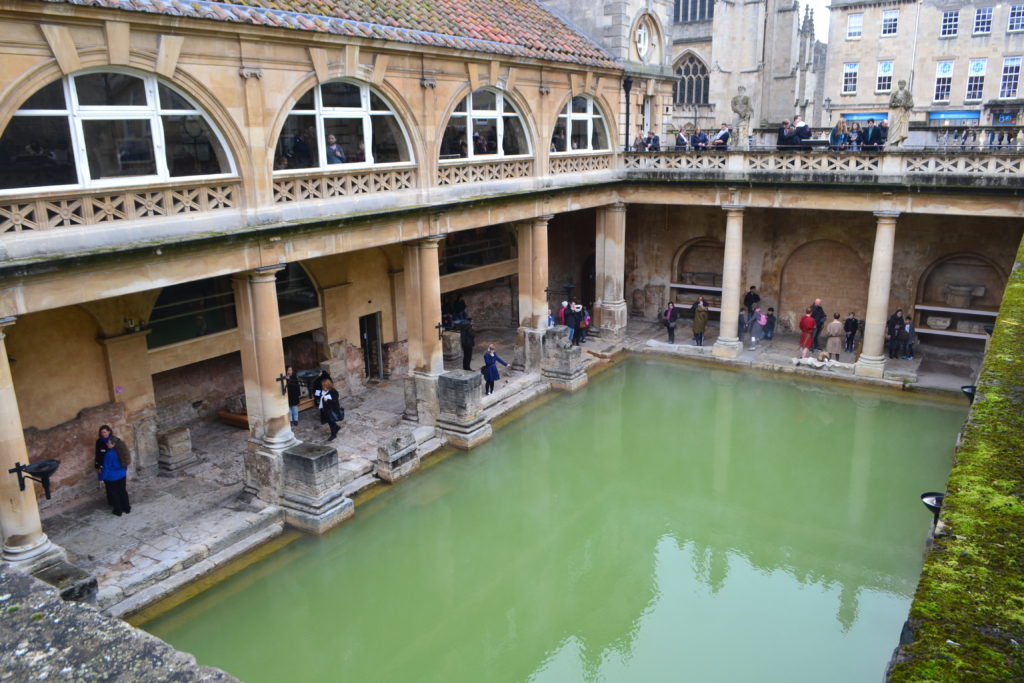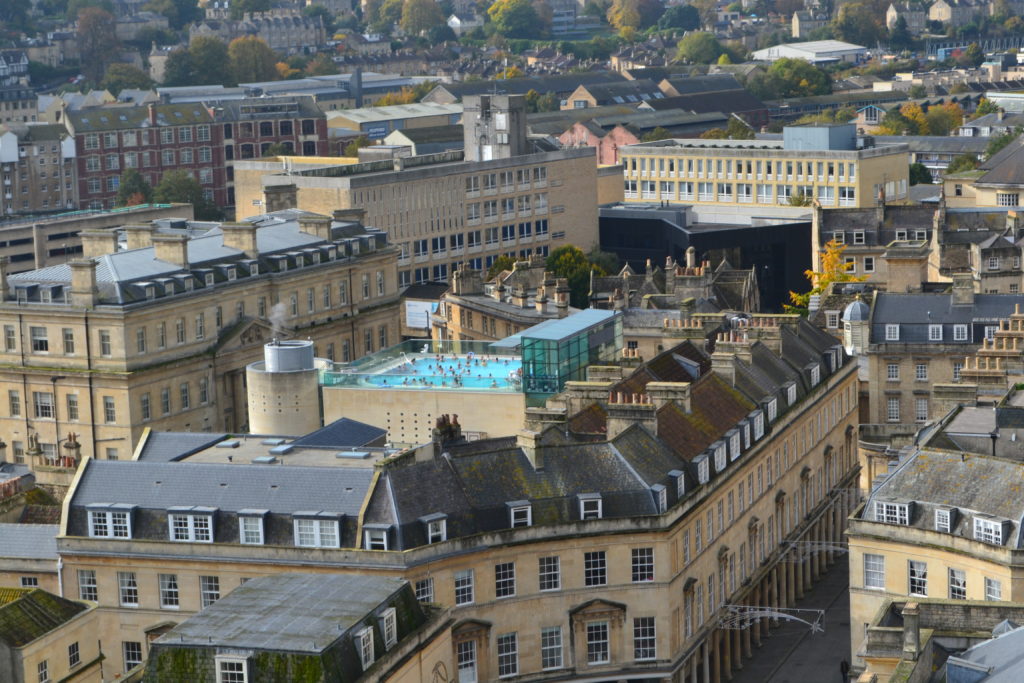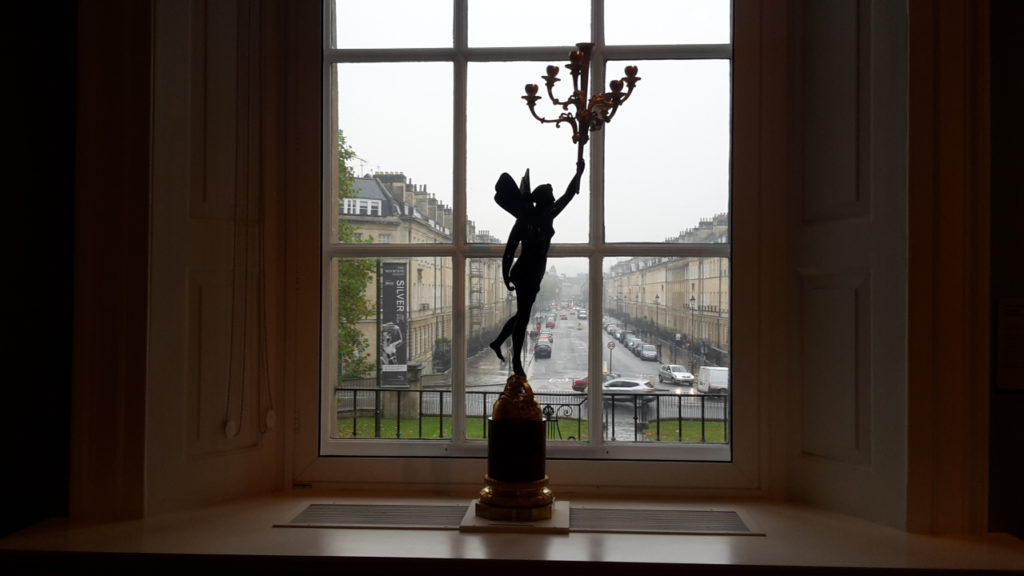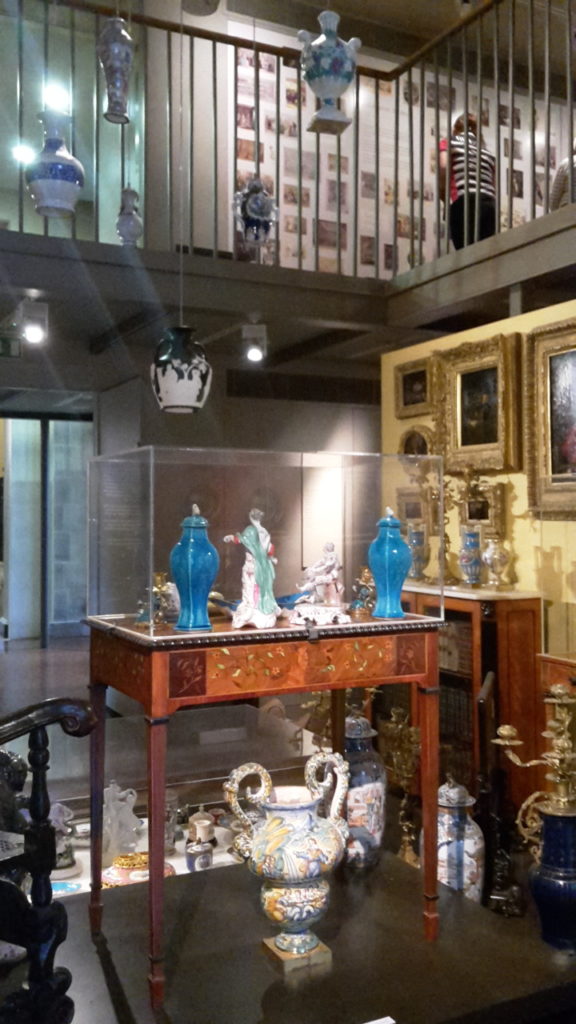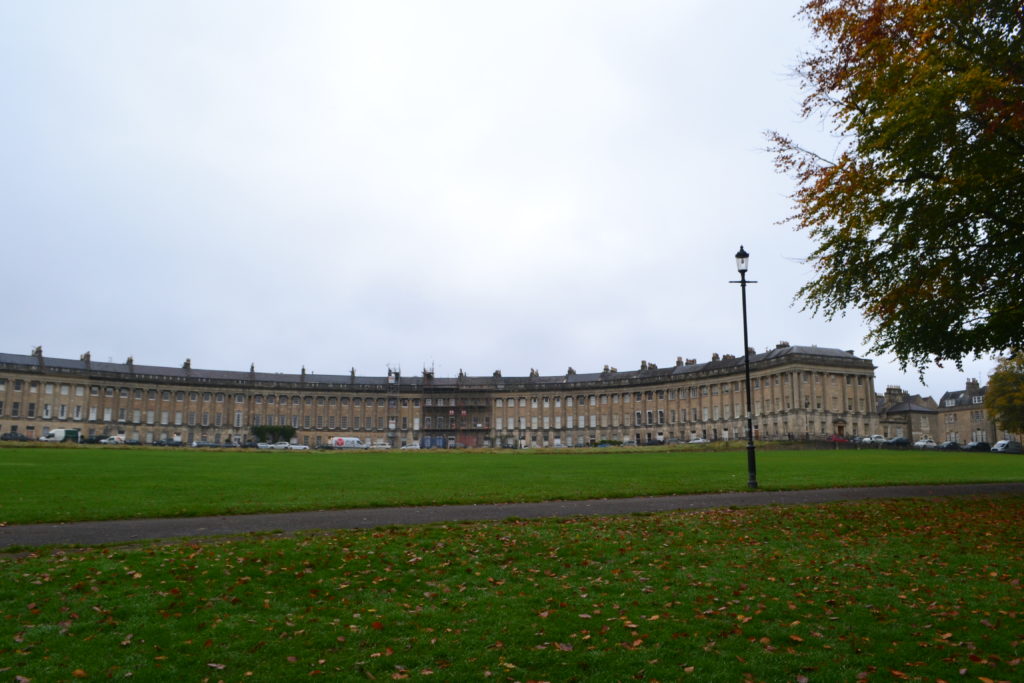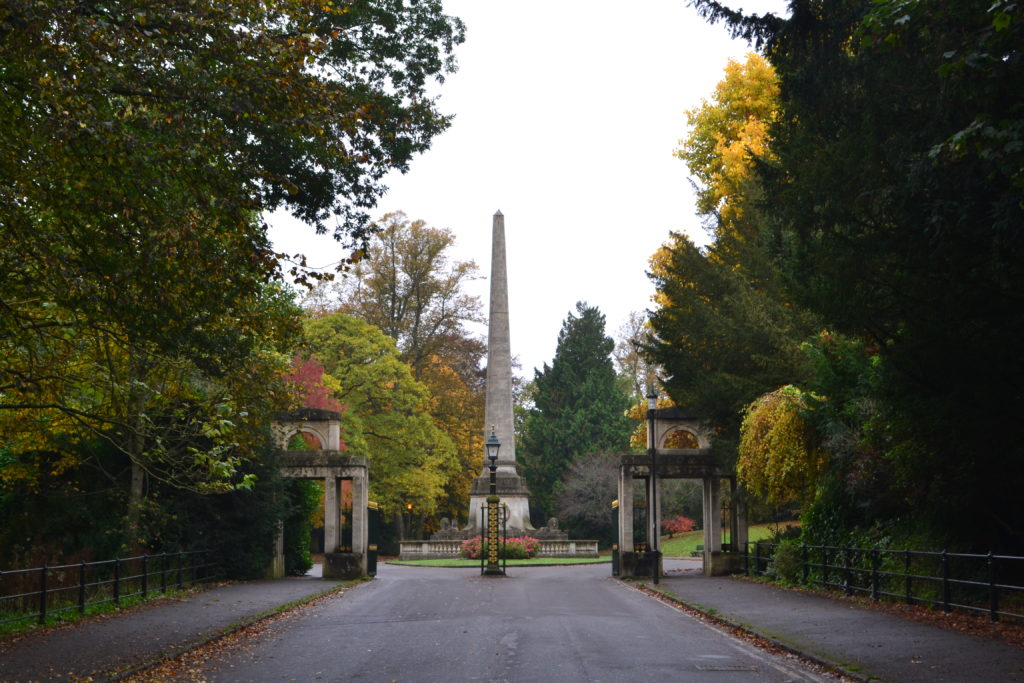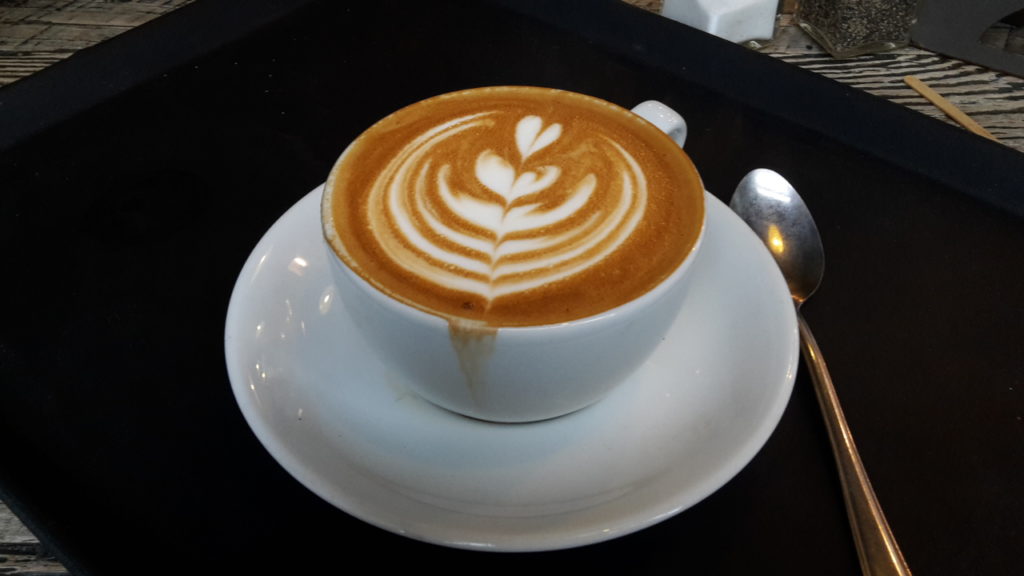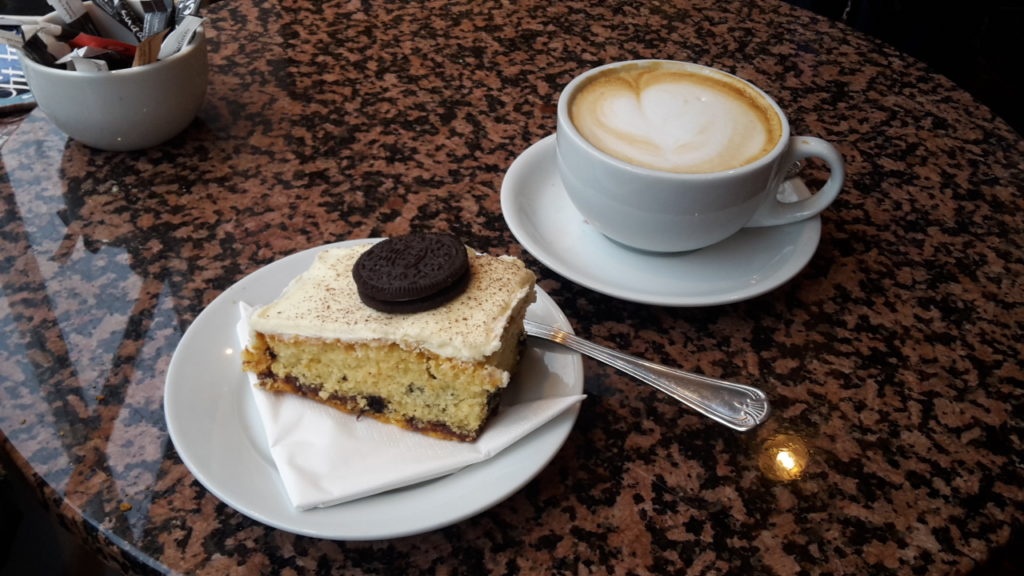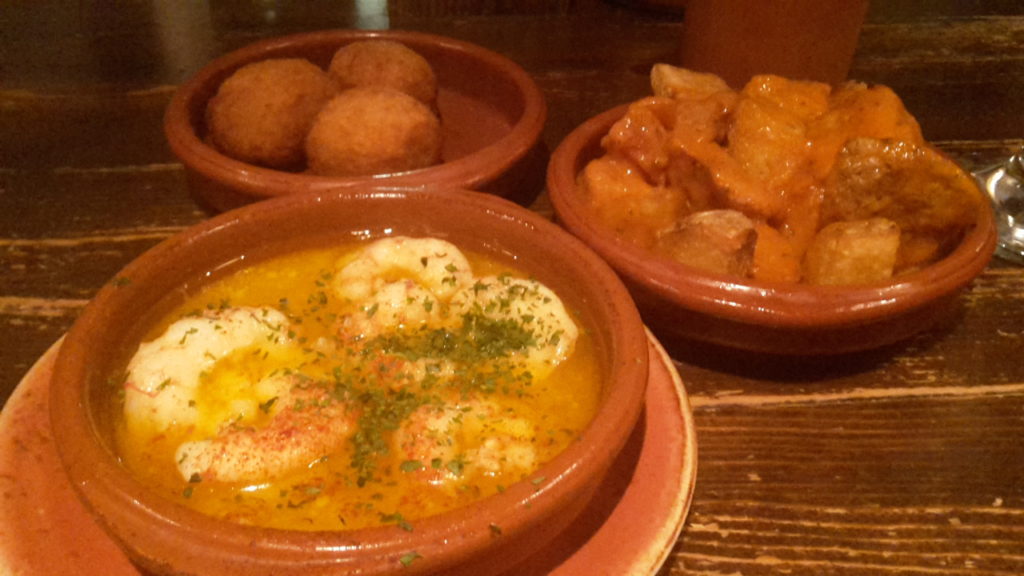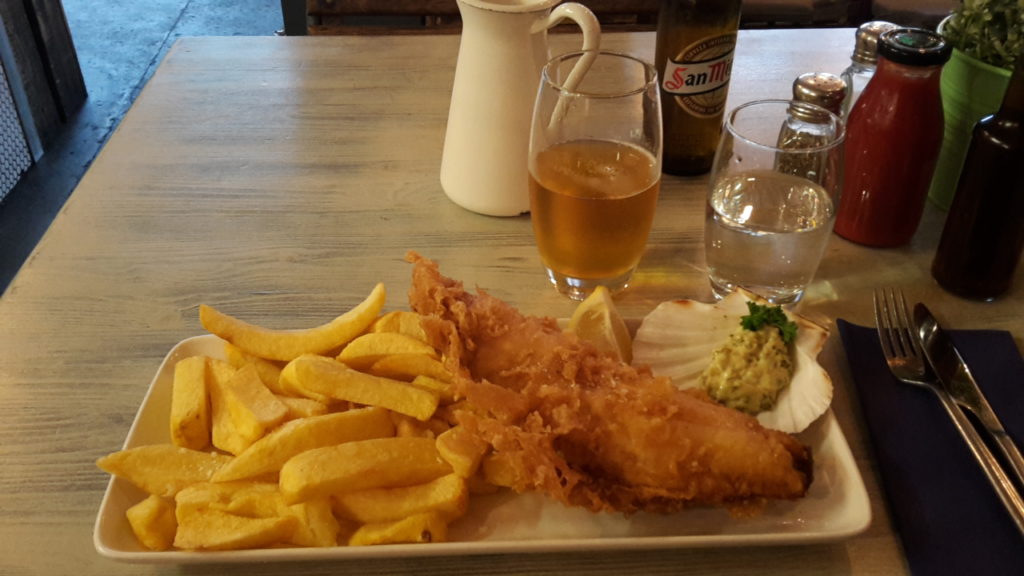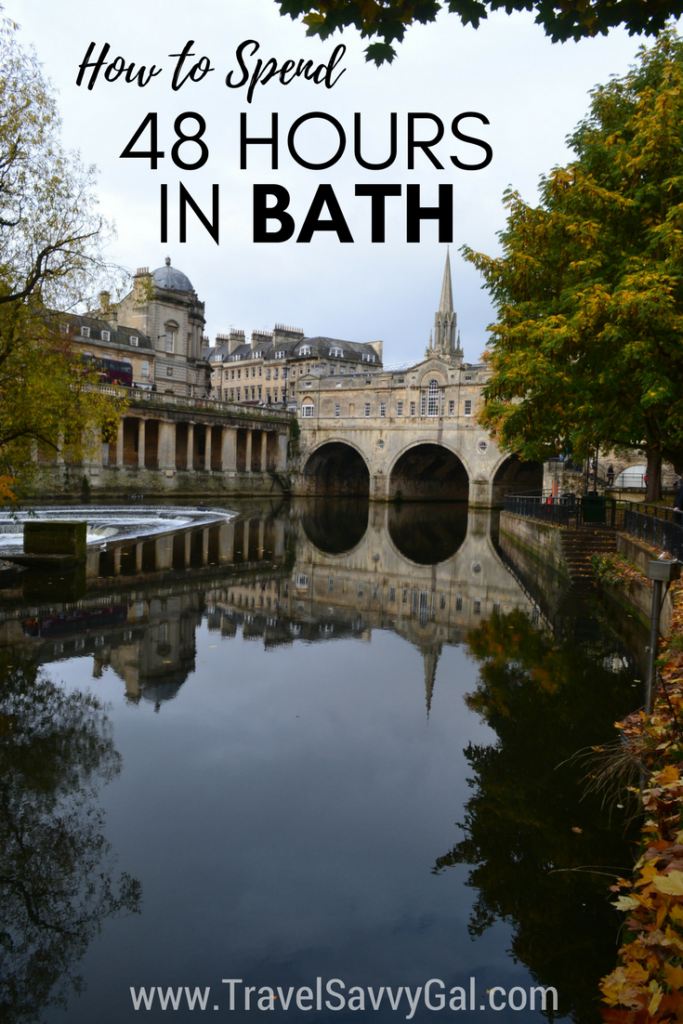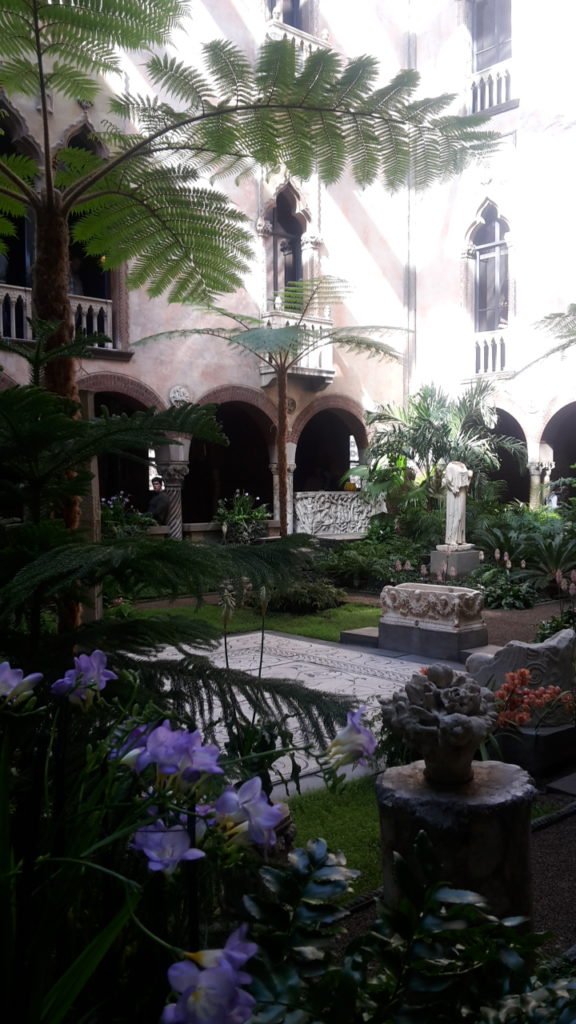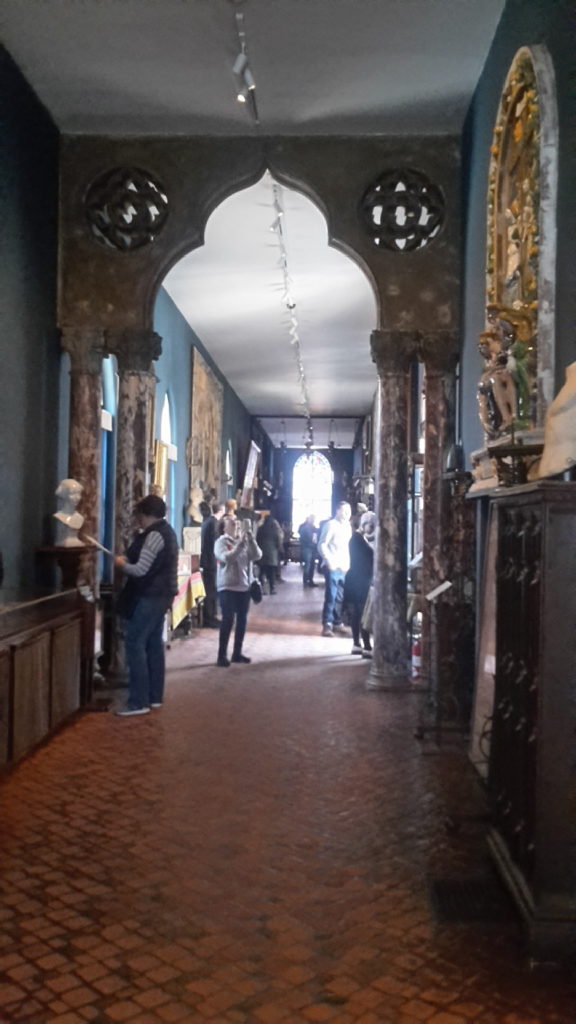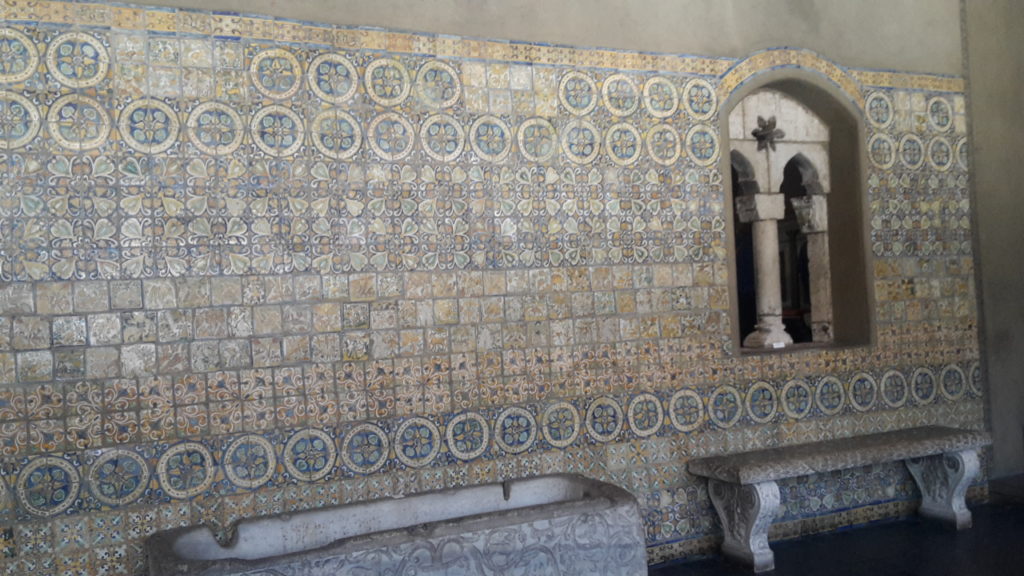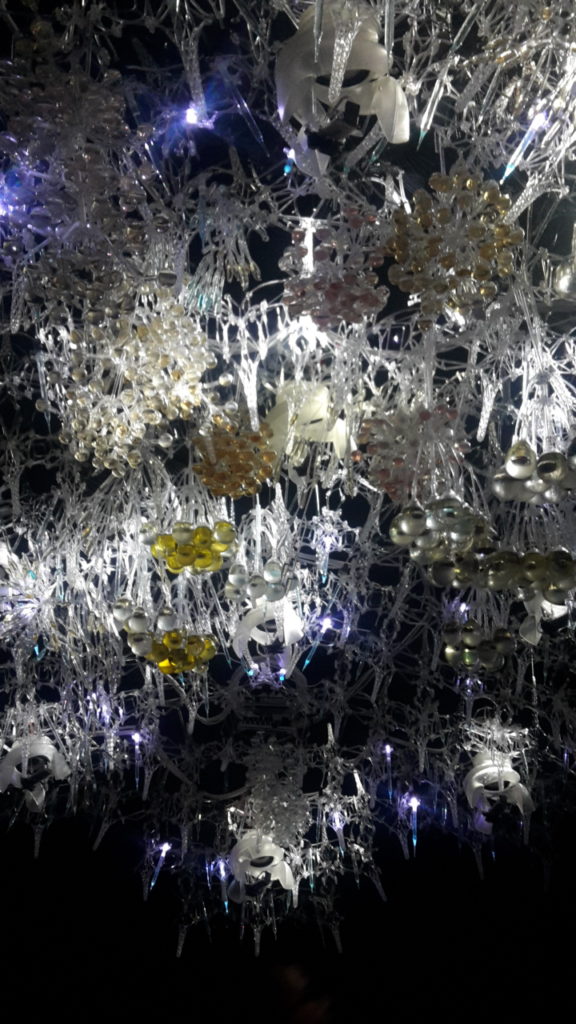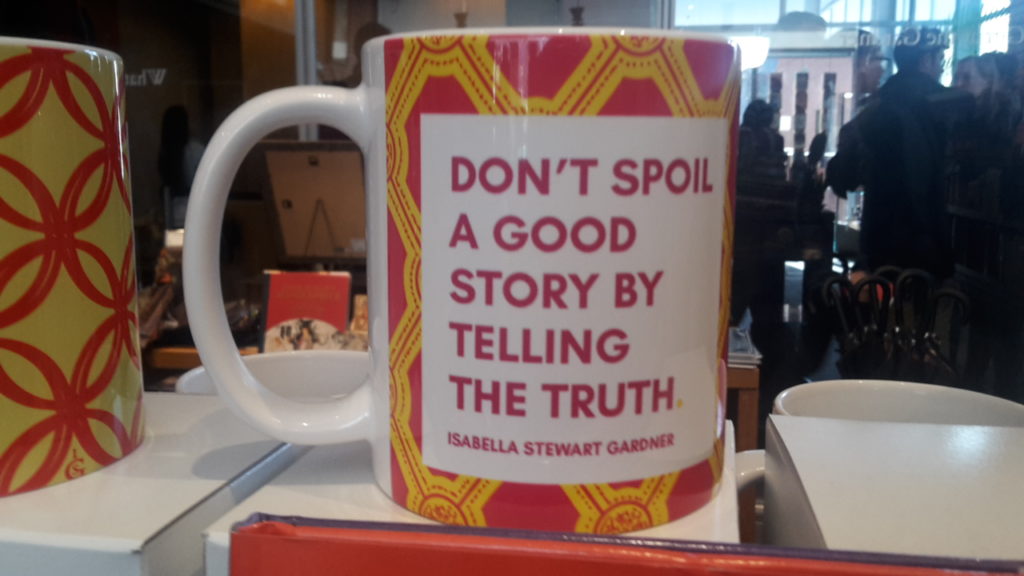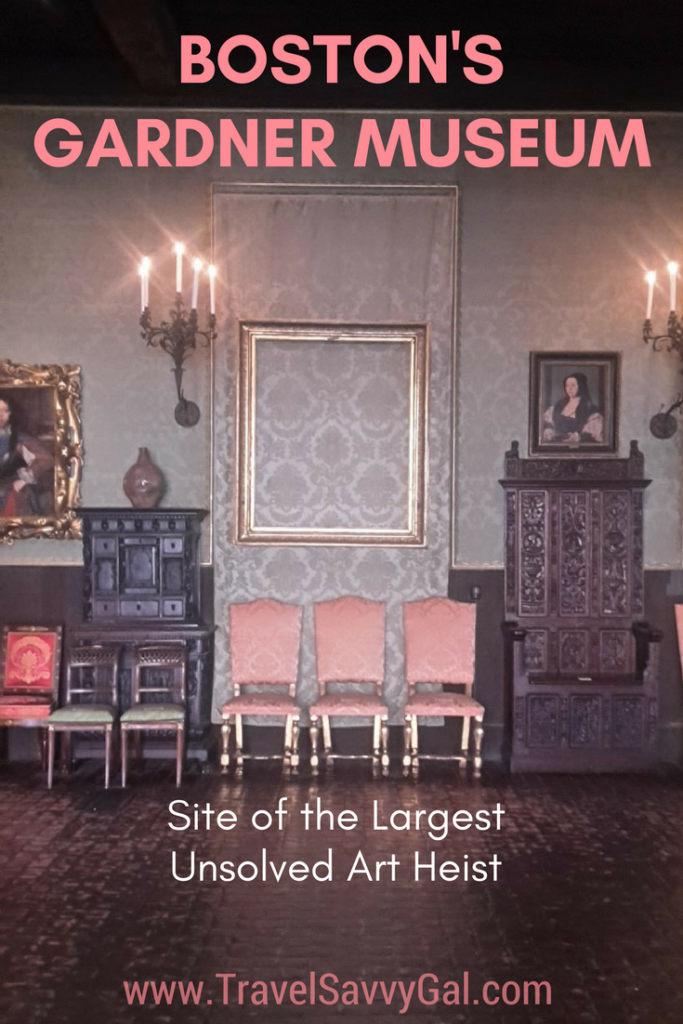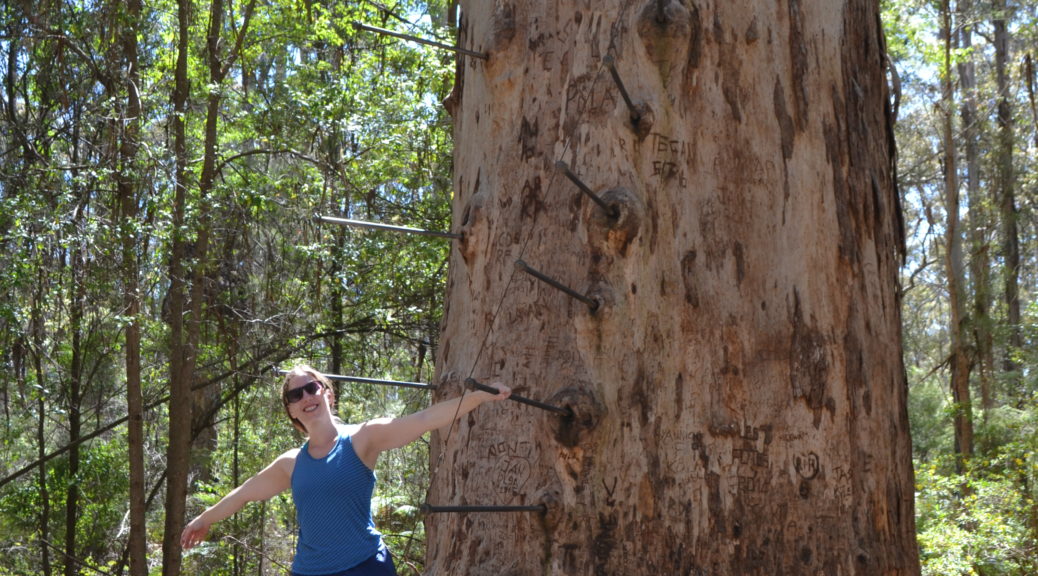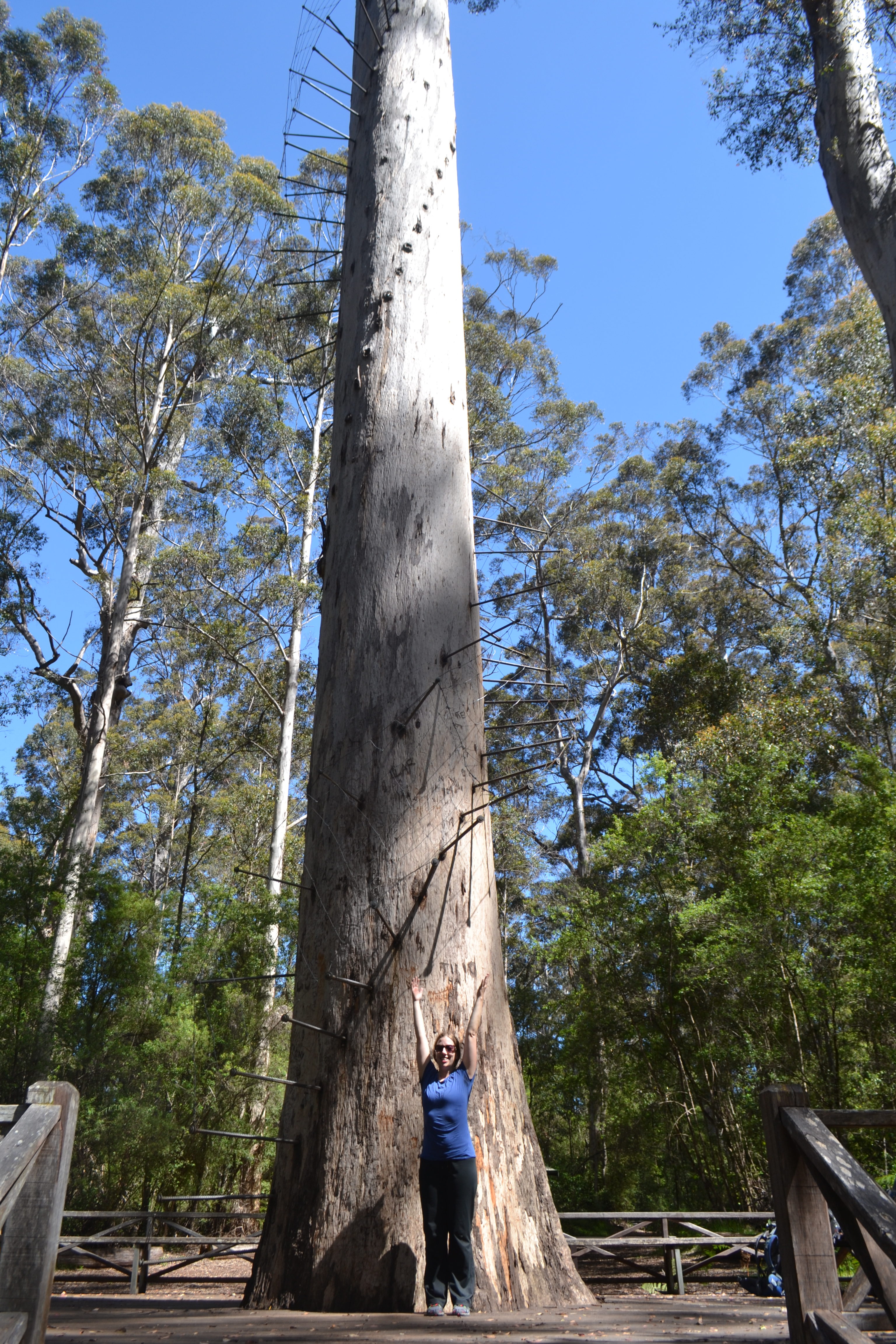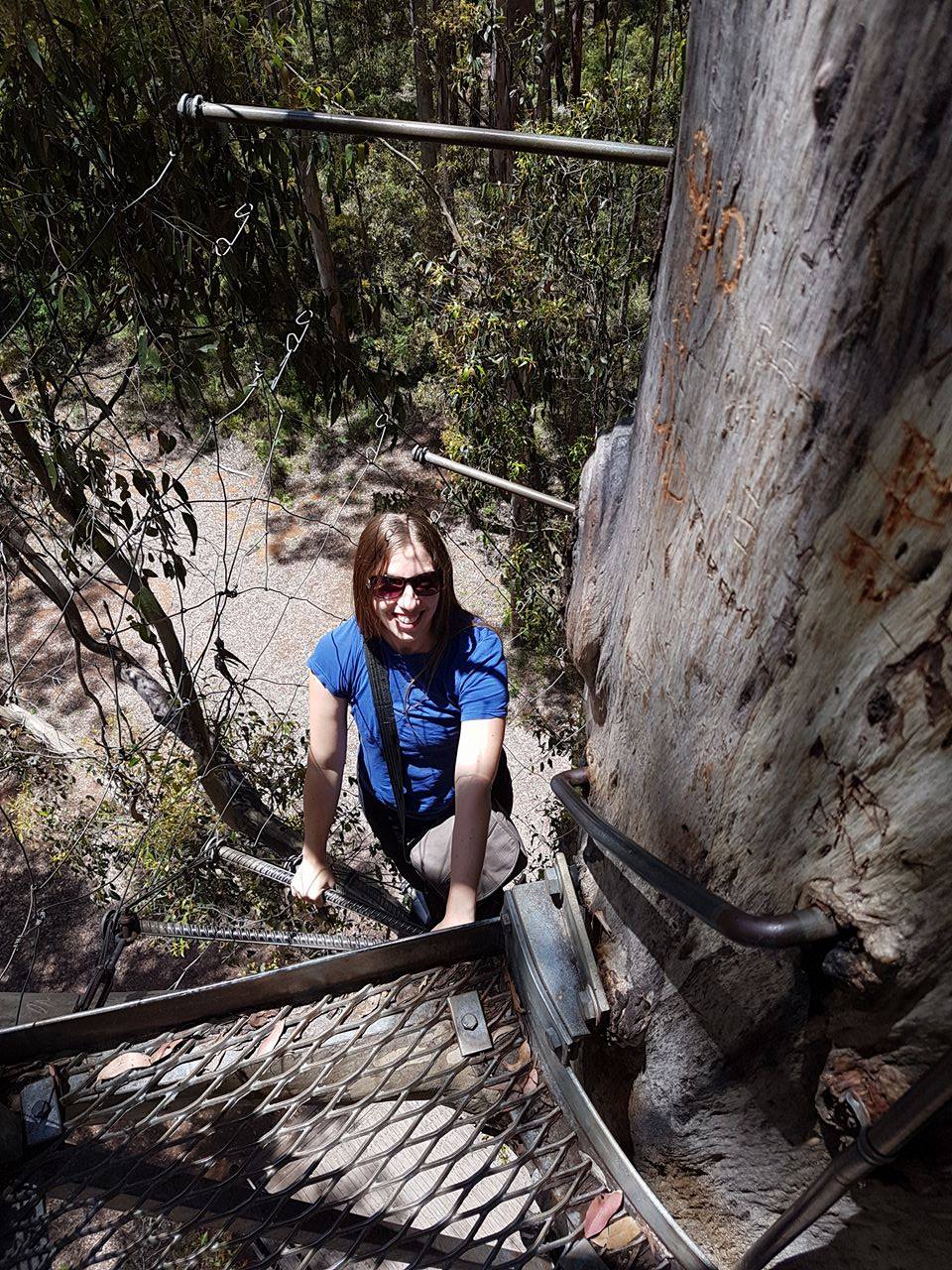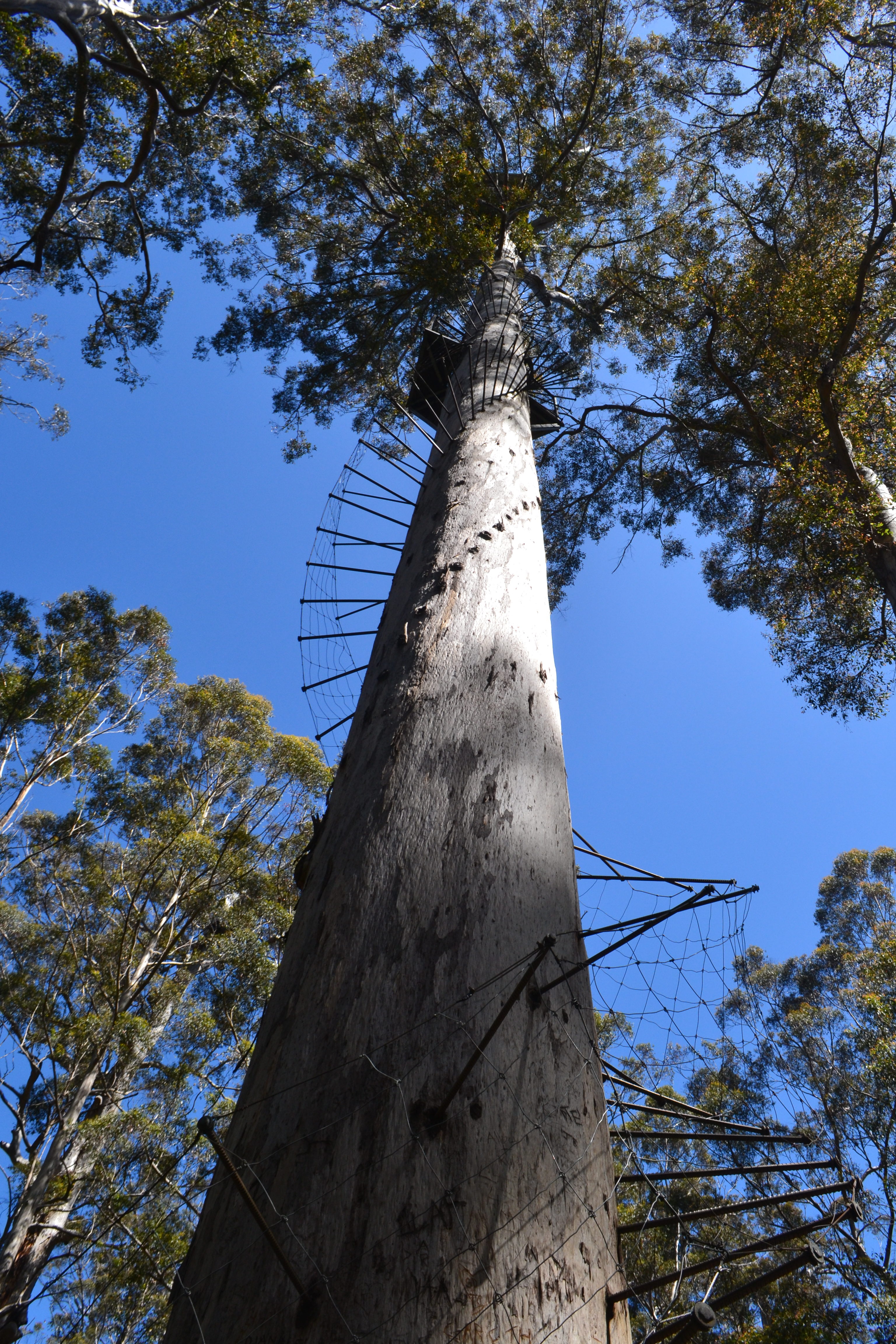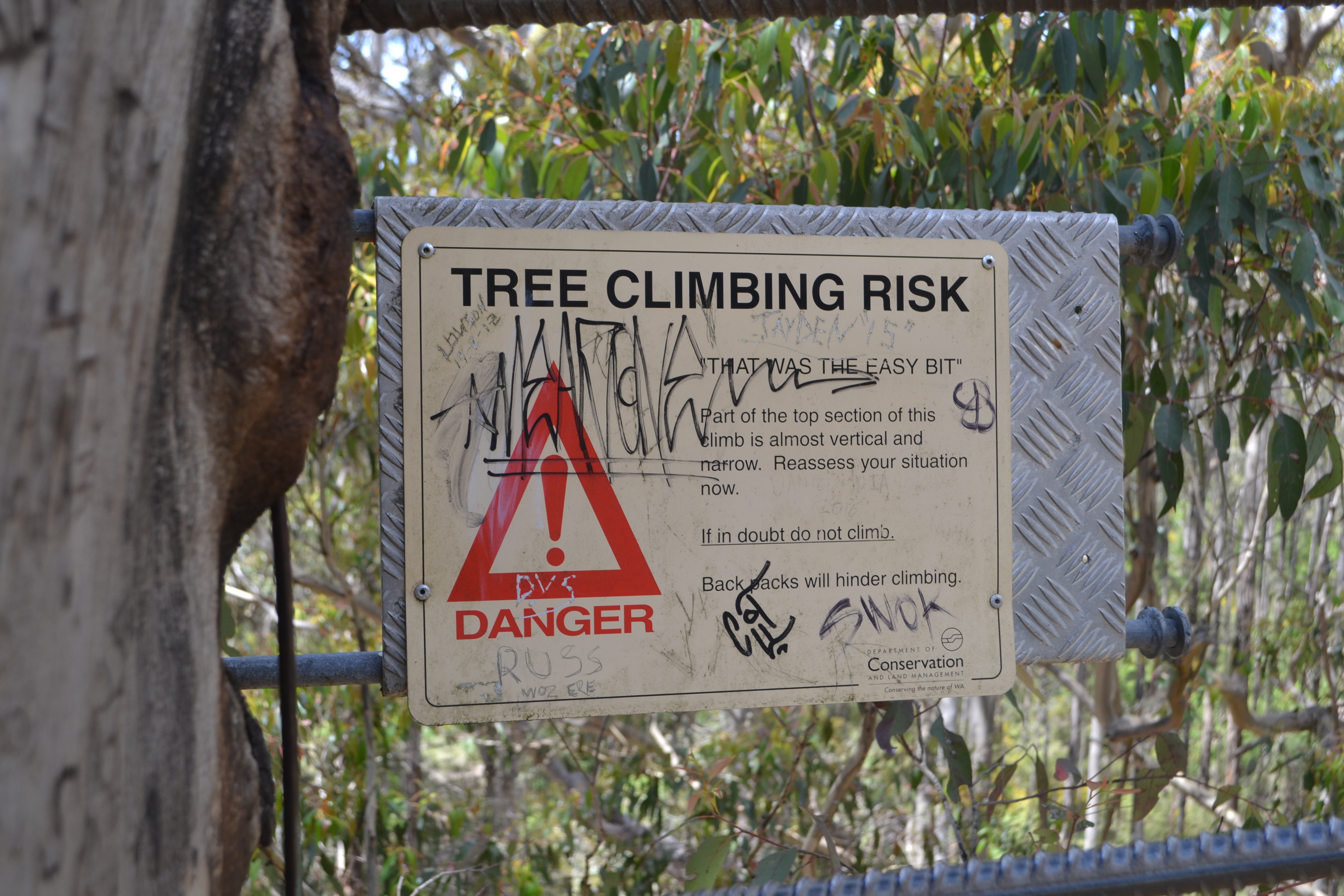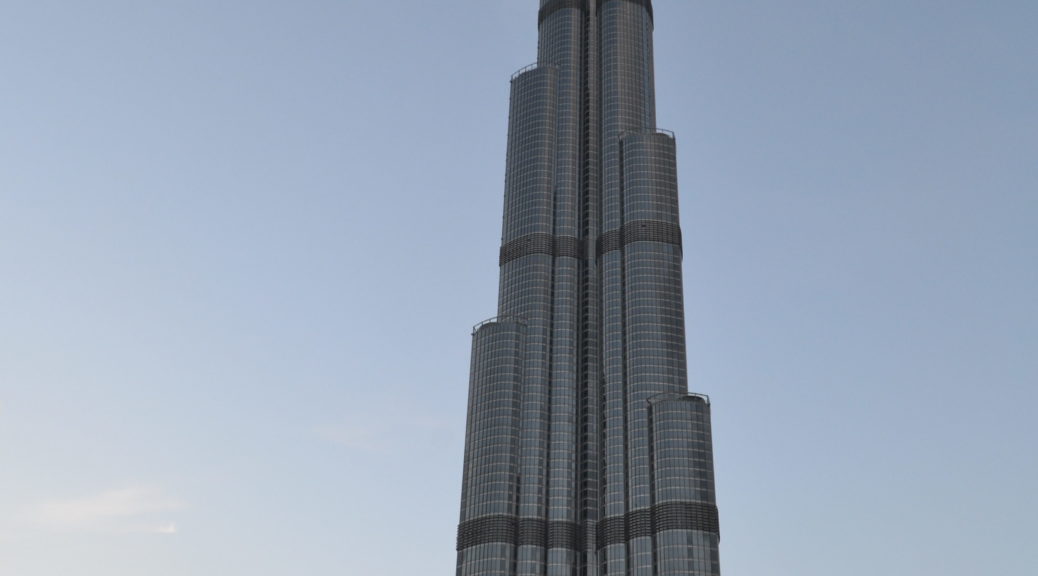
What It’s Like to Go Up Dubai’s Burj Khalifa, World’s Tallest Building
Honestly, I wasn’t expecting to enjoy Dubai.
I knew Dubai was highly commercialized, a city that was constantly focused on building the latest modern skyscraper and where foreigners outnumber locals by a margin of around 10 to 1. I had transited through before, but never left the airport. But this trip, with my Emirates airline status on the verge of expiring, I figured it was worth it to finally spend a few days in the city. If nothing else, I could take in the spectacle. Plus, my sister who joined me for the week-long road trip in Oman was interested in visiting as well.
What I didn’t expect? Getting caught up in the sense of wonder, feeling like a child in awe of seeing something incredible for the first time.
In a way, it felt as if I had never seen a city or tall buildings before, because Dubai was a city like none I’d ever seen. Even visiting the Empire State Building and World Trade Center as a young kid, I had a sense ahead of time of what to expect. So while I was impressed by the sheer stature of those New York landmarks of my childhood, they looked like buildings I had seen before, just taller versions.
Dubai’s Burj Khalifa, the world’s current tallest building, is different. Instead of a square or rectangular base, each floor is shaped like the letter Y with curved edges. The outer silhouette has sections of tower reaching staggered heights, producing an aesthetically pleasing effect. It sparkles with a silver sheen during the day, and projects colored lights at night. It is quite simply, a work of art.
The Burj Khalifa is also impressively high. It dwarfs the next tallest buildings and radio towers in the world by a healthy margin. Its height noticeably exceeds Dubai’s surrounding cityscape. In fact, the Burj Khalifa is so high that people on the uppermost floors must wait several additional minutes to break the Ramadan fast compared to the rest of Dubai, because they have a few extra minutes of sunlight each day!!
Fortunately as a modern skyscraper, in addition to its commercial and residential spaces, the Burj Khalifa also offers spaces for your average tourist: The Observation Decks.
Despite the hefty price tag, I had a wonderful experience lingering and taking in the views from the Observation Decks. So much so, that my sister had to practically tear me away when she started getting hungry for dinner and I was still standing outside, happily mesmerized by the lights of the city.
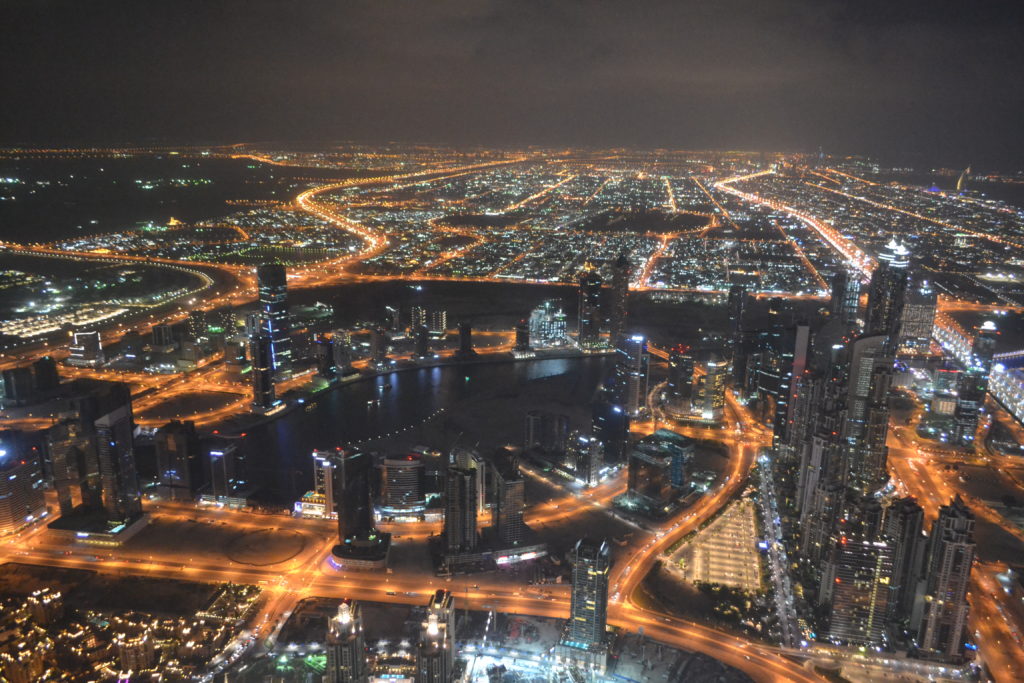
Do I recommend that you visit the Burj Khalifa while you’re in Dubai? Absolutely. But there are definitely things that are helpful to know in advance, including what to expect during your time on the observation decks. Read on for all the details…
Buying Tickets
First, visiting the Burj Khalifa will be busier at certain times that you should avoid, if possible. In the Middle East, the weekend falls on Friday and Saturday, so plan your visit for another day of the week if you can. And of course Dubai as a whole will have more visitors during typical holiday times like around Christmas and New Year’s.
If you have limited time in Dubai and have only a small window to visit the Burj Khalifa, you’ll probably want to purchase your tickets in advance online here for your desired time slot. Internet purchase of tickets is also a good option during the busiest tourist periods to avoid extra queuing.
If you’re uncertain about your schedule while in Dubai (and it’s not the winter school break), purchasing tickets in person is a feasible option as well. My sister and I bought our tickets in person, about an hour before our scheduled time. When you arrive, there is one line for those who already have tickets and are waiting to enter and a different line to purchase tickets, so be sure you’ve joined the correct one.
As for admission, this is where it gets a bit complicated. There are two main types of tickets, ones for “At the Top SKY” and others for “At the Top.” The basic “At the Top” tickets grant you access to the Level 125 Observation Deck and the exhibits on Level 124. The “At the Top SKY” ticket also offers access to the Observation Deck on Level 148, followed by the same levels as the basic one.
There is also a big price difference for prime hours, when tickets within each tier are more expensive. For Level 125, prime hours are only between 15:30-18:00, with entry times both before and after being considered non-prime. For the top Observation Deck on Level 148, prime hours all day until 18:00, with non-prime prices only kicking in after 6pm.
So, what did we do? My sister and I figured that this would be our one and only visit to the Burj Khalifa, so opted for “At the Top SKY” with access to Level 148. Although we did wait until after 6pm so we could get the discounted non-prime prices.
And yes, the view is *different* up there! Level 148’s observation deck is about 100 meters (over 300 feet) higher than the one on Level 125, so offers a bit of a different perspective on the city. It’s also far less crowded due to the higher ticket price, so it was much more pleasant to stroll around outside and far easier to get pictures of the view.
Entering the Burj Khalifa
The entrance to the Burj Khalifa is found inside the Dubai Mall, which is easily accessible on the Dubai metro system. Although be warned, the walk from the metro station to the mall is long, and then it’s a bit more walking to arrive at the Burj Khalifa entrance, so leave plenty of extra time to arrive. Taking into account, of course, that you’re meant to be there a bit before your scheduled time.
The line for entering can be easily confused with the separate line for buying tickets, so be sure you’ve joined the correct queue. And then you’re let past the entranceway and the full Burj Khalifa experience begins!

There are a few displays about the construction of the Burj Khalifa, and then you are ushered into a staging room where they distract you briefly with coffee and dates.
Coffee and dates are an essential part of Middle Eastern hospitality. Sip and enjoy if you’d like, although honestly these were not the best versions of either item during my travels in the Middle East. Plus, if you’re doing the SKY experience that takes you to Level 148 like we did, I’d say it’s worth waiting for the refreshments at the top.
The best part of the lead-up to the Observation Deck for me was the elevator. When was the last time you were in an elevator where the floors went above 150?!? Although Level 148 was our destination, our elevator had floors listed up to 154.
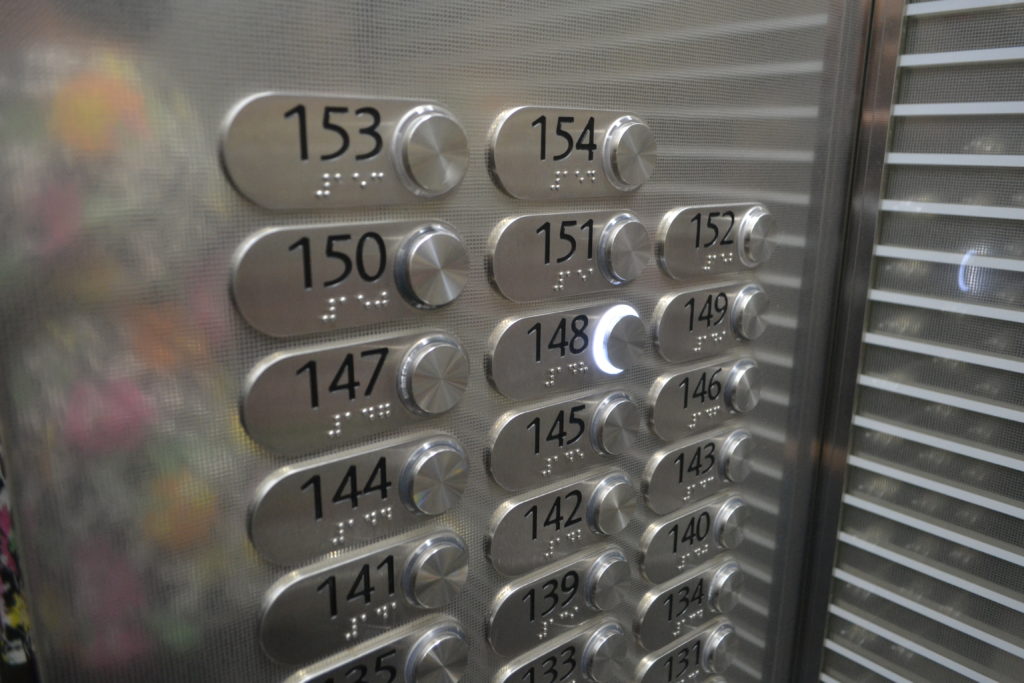
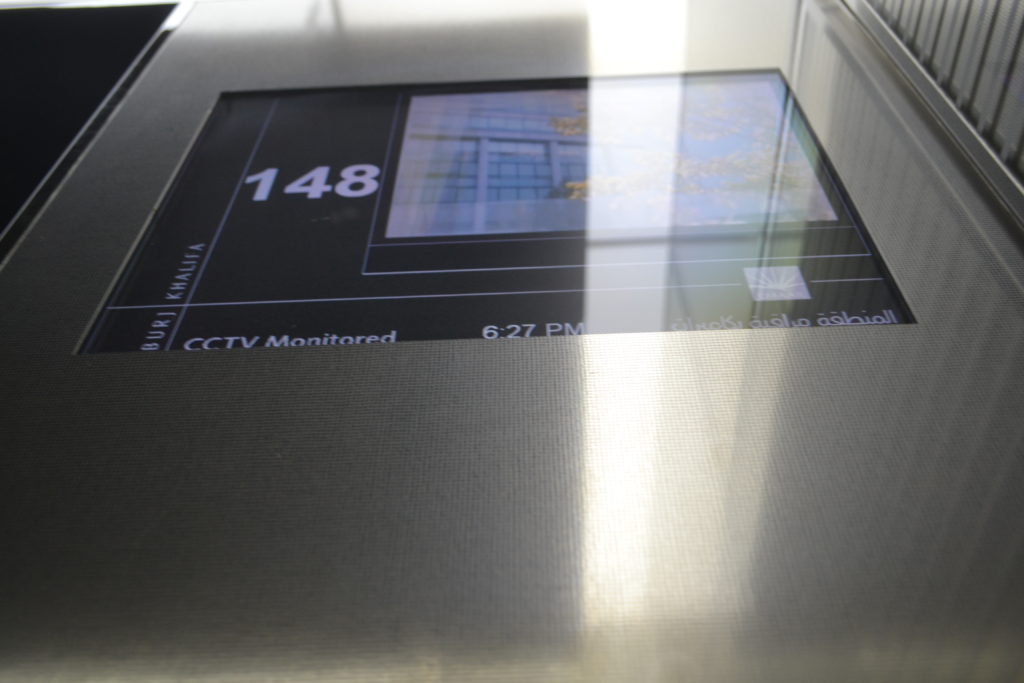
Level 148: “At the Top SKY”
Arriving at the SKY level on floor 148 is like entering your own private gala. Well-attired servers are circulating, and within moments of arriving they’ll offer you selections from a tray of snacks and a tasty (non-alcoholic, of course) beverage. My choices? A vanilla mini-macaroon and a date stuffed with marzipan. Very delicious, and I felt oh-so-chic.
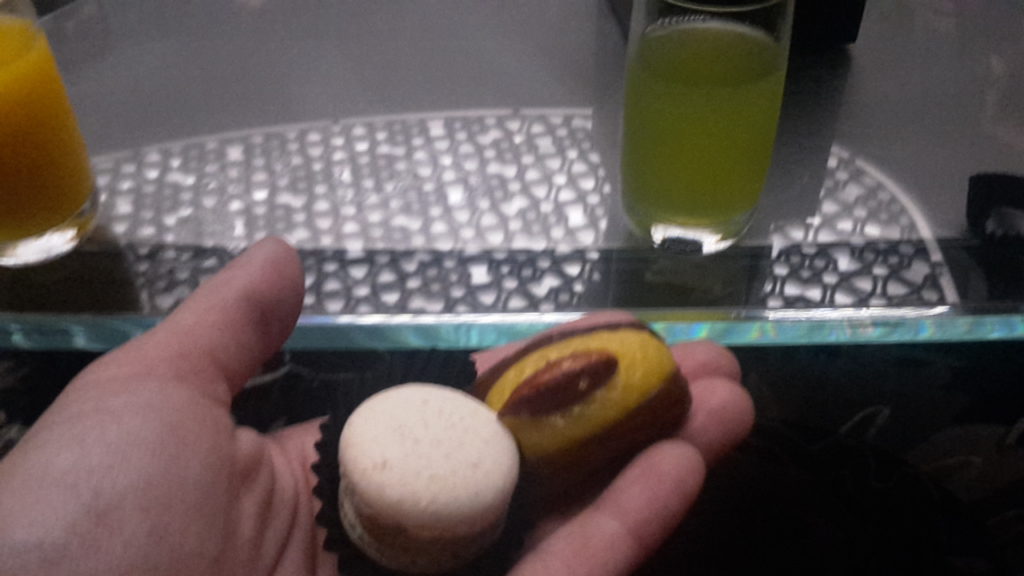
If you’re like me, after the food serves as a brief distraction, you’ll be drawn to the floor-to-ceiling windows to check out the view. Your initial disappointment that the windows are not particularly clean and in the way of the view will fall by the wayside as you realize that the outdoor observation decks are where it’s at! The glass is quite clear there and you’ll have fabulous vistas over Dubai in all directions as you stroll the length of the outdoor areas.

I think the total visit for us lasted around 2 hours, and a good hour-and-a-half of that time was spent on the outdoor observation area on Level 148. It’s captivating, and I couldn’t get enough!
TIP! It is chilly at the top. Even if it’s sweltering at ground level, you’re so high up it can get cold (especially at night) and it can also be windy since you’re several hundred meters in the air. Bring layers of clothing, so you’re not tempted to cut your enjoyment of the outdoor areas short.
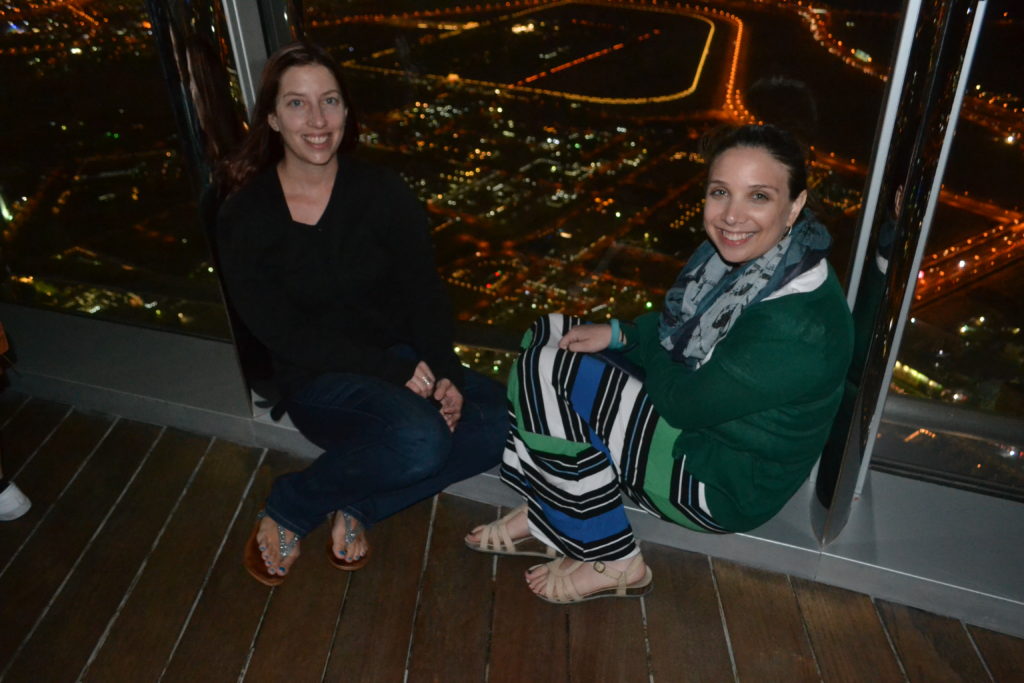
In addition to the stunning views (and lots of people striking a pose, us included), we also had the good fortune to be on this outdoor area when the light show began after dark. It’s fascinating in a completely different way to be up close and personal as the lights move and change color along the building itself.
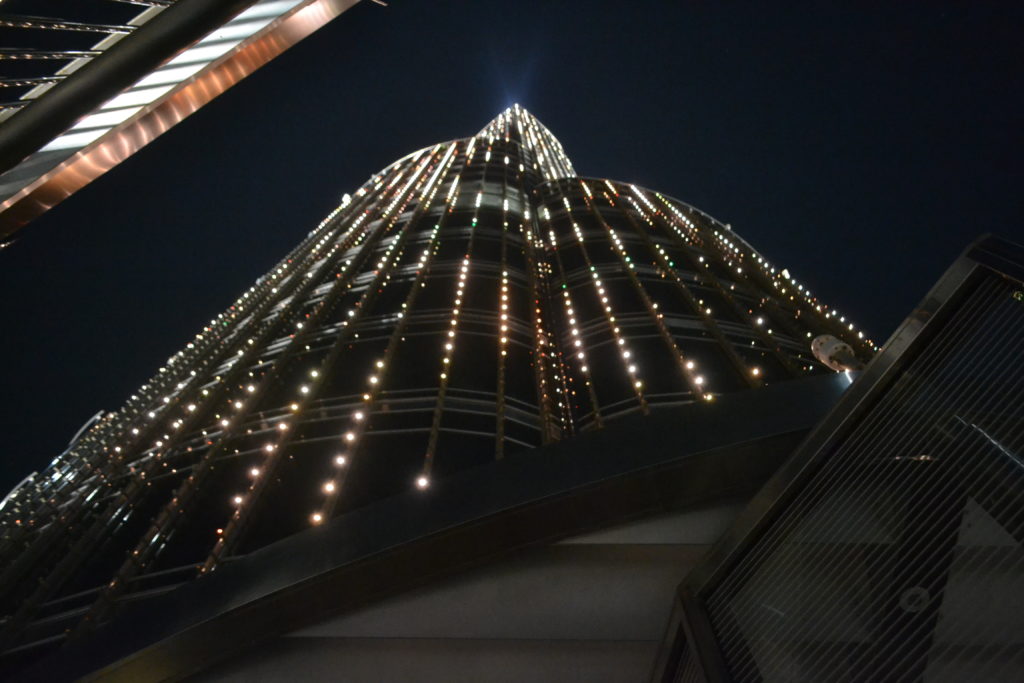
Level 125: “At the Top”
The next part of the visit (whenever you manage to tear yourself away) takes you down to Level 125, which will be your initial destination if you opt for the more basic ticket. The outdoor space is larger than on 148, but it is also much more crowded. And as I mentioned, even though you might not expect it, being so many floors down offers a different perspective and view of the city.
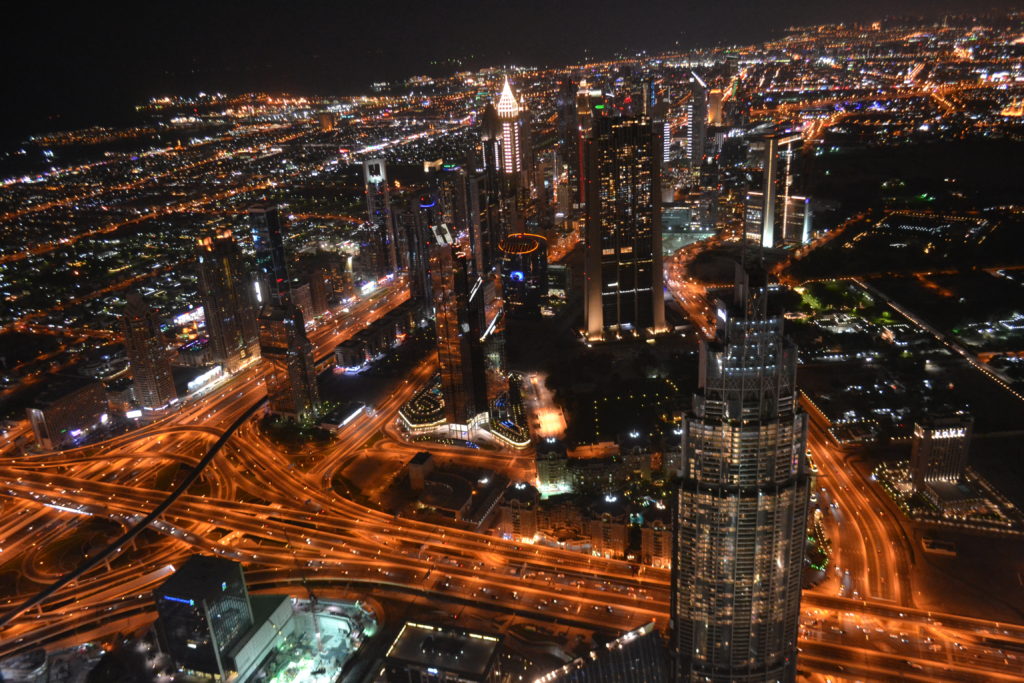
The bulk of the exhibits are between Levels 125 with the outdoor area and Level 124, which is accessible with both ticket options. Just when we expected to be at the end of things to see, there was one more turn, one more area to explore, before heading back down to ground level.
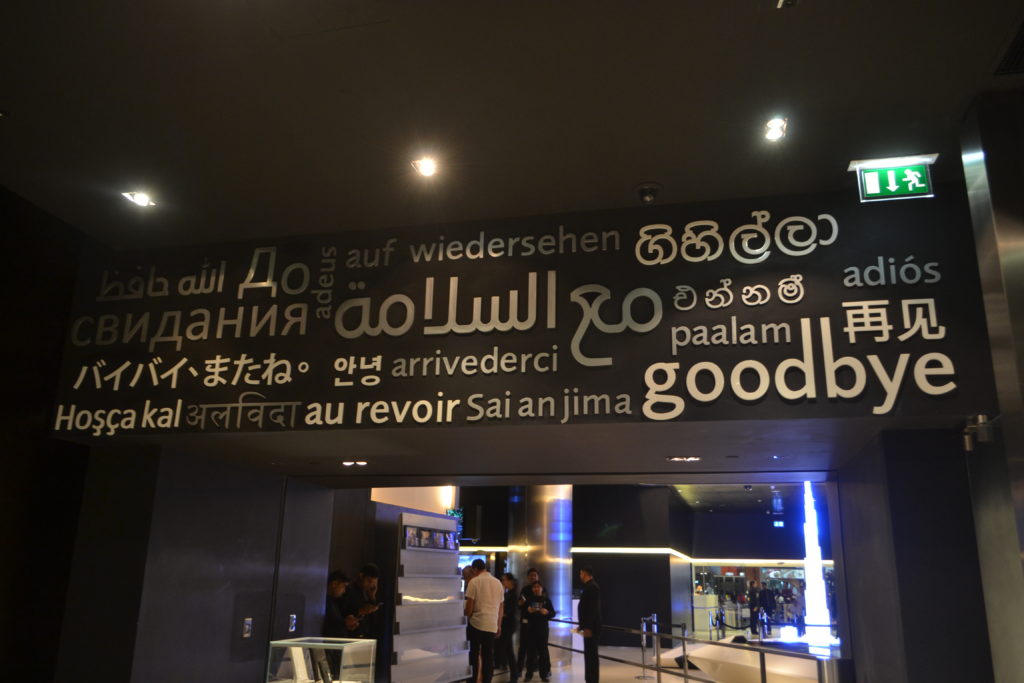
Yes, this queen of getting ‘hangry’ delayed dinner to be able to have one last glimpse – or let’s be real, several – of the captivating view from the observation deck (apologies to my poor sister!). Ascending the Burj Khalifa was a carefully curated visit that I found worth it for the unparalleled views of Dubai, resulting in an incredible overall experience that goes far beyond crossing an item off my bucket list.
READ MORE: Top 10 Things to See and Do at the Dubai Mall (that aren’t shopping!)
Have you been to Dubai? Were you as wowed as I was? What other tips do you have for someone visiting the Burj Khalifa for the first time?
Like this post? ‘Pin it’ on Pinterest!

